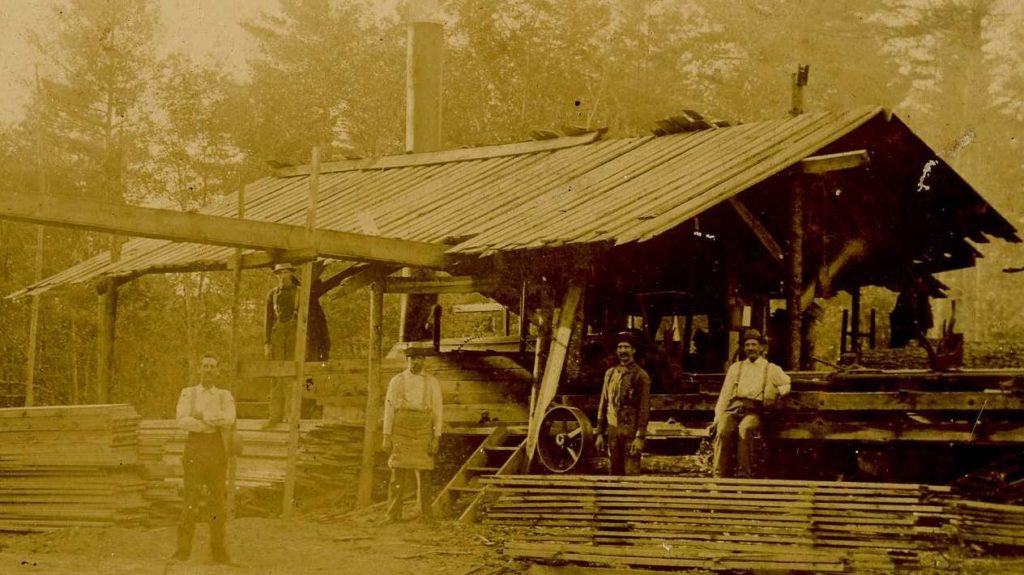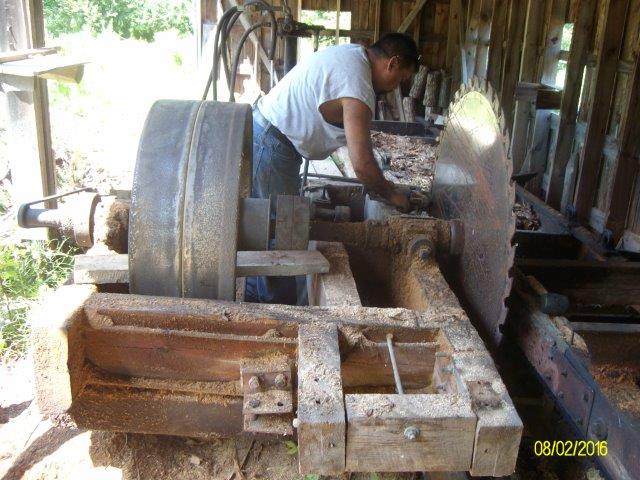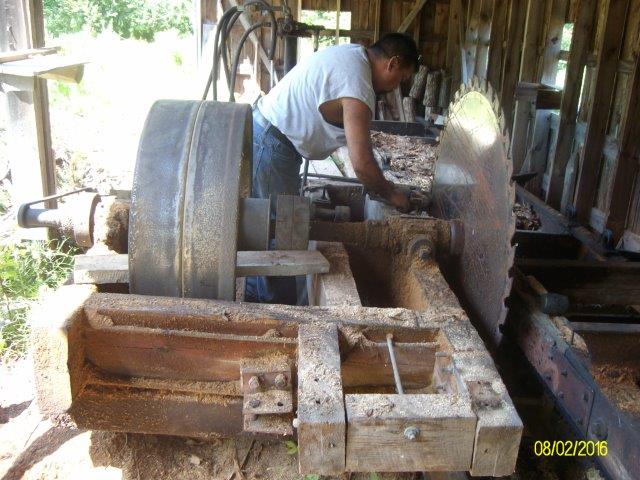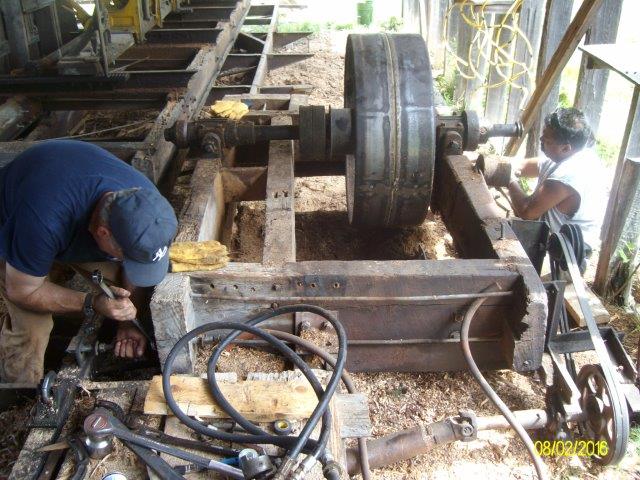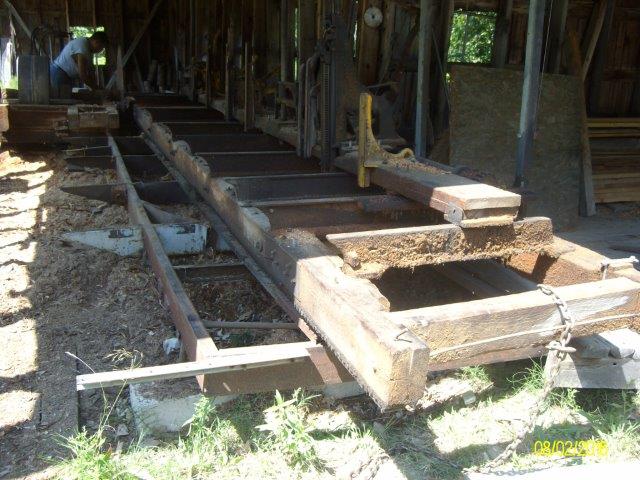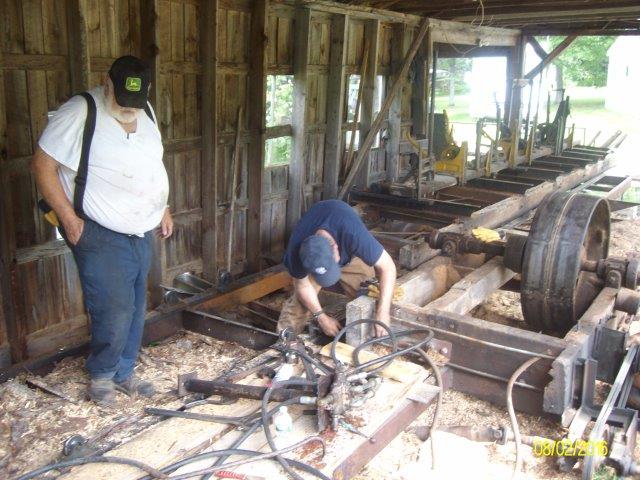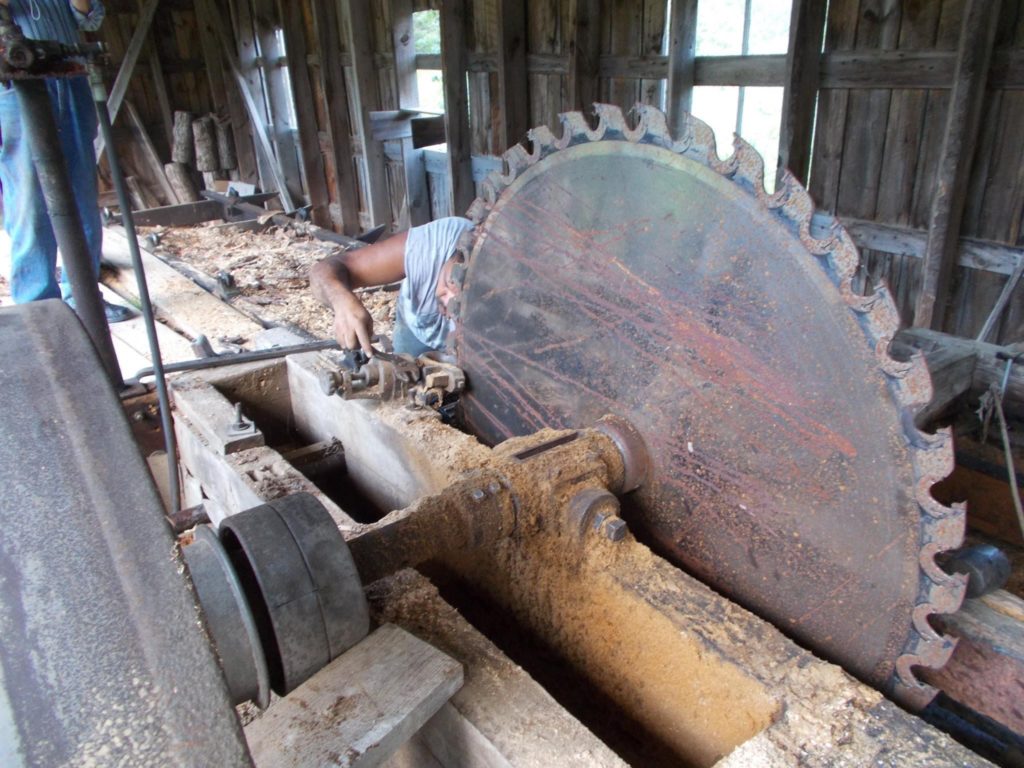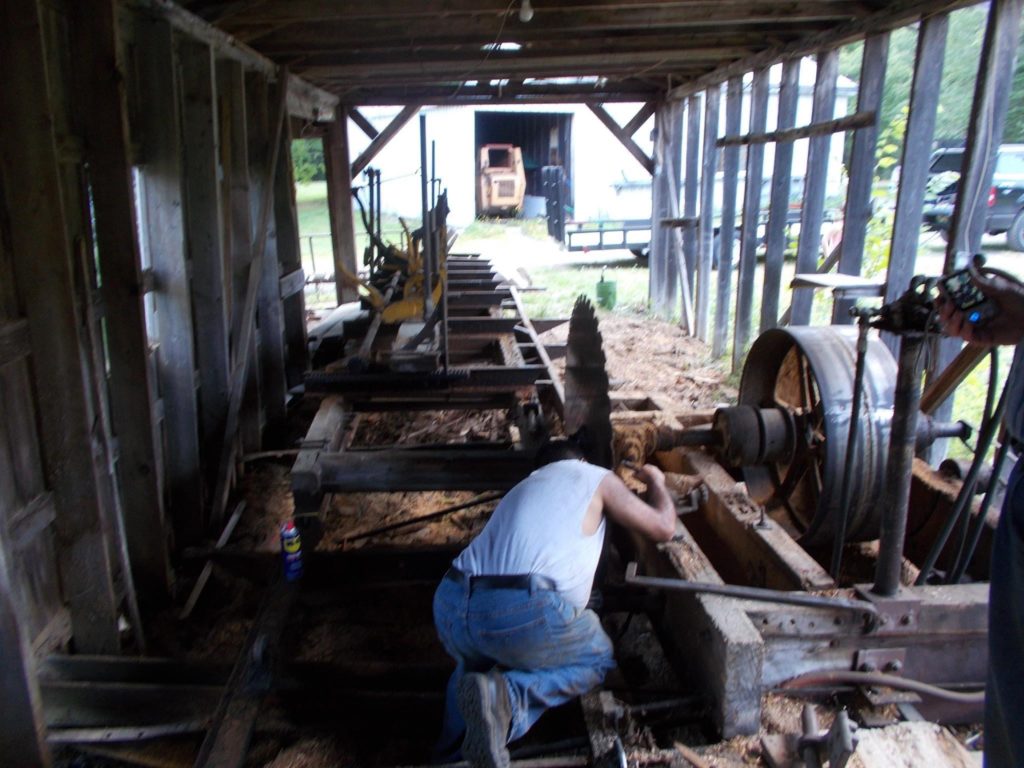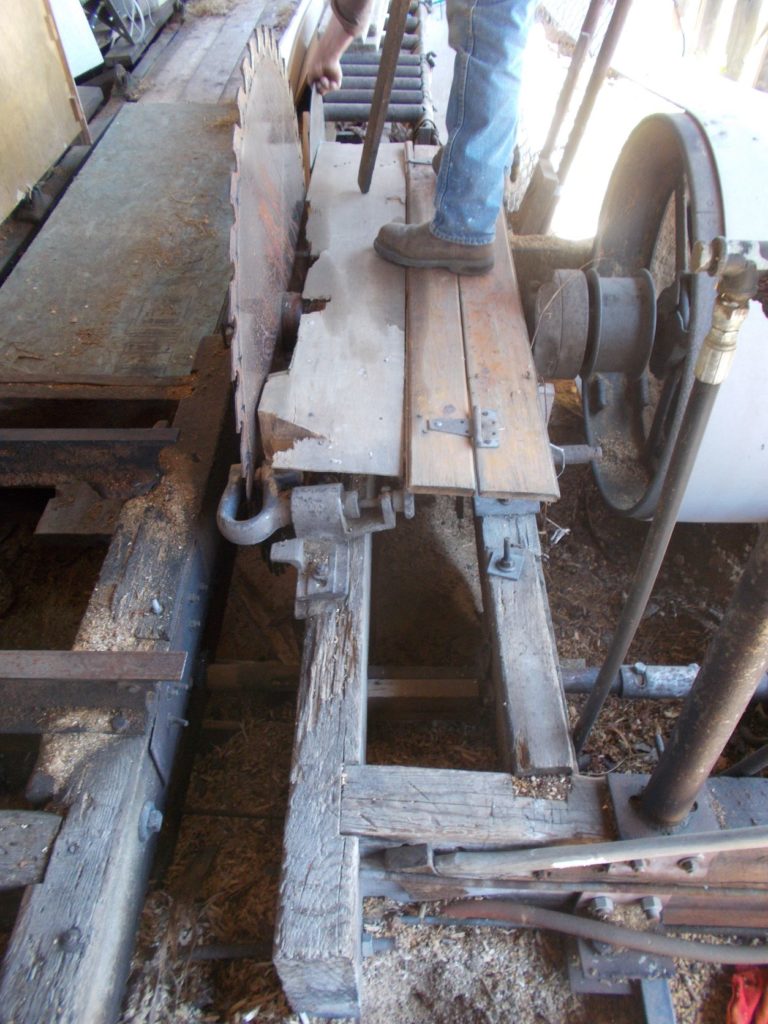Development of a Museum Village in 2017-2023

The Curran Homestead Living History Farm & Museum, 1993-2016, Curran Homestead Village at Orrington & Newfield, 2017-2020 & 19th Century Curran Village, 2020-PRESENT
Scroll Down. See the time lapse video of the disassembly of the Carousel Building.
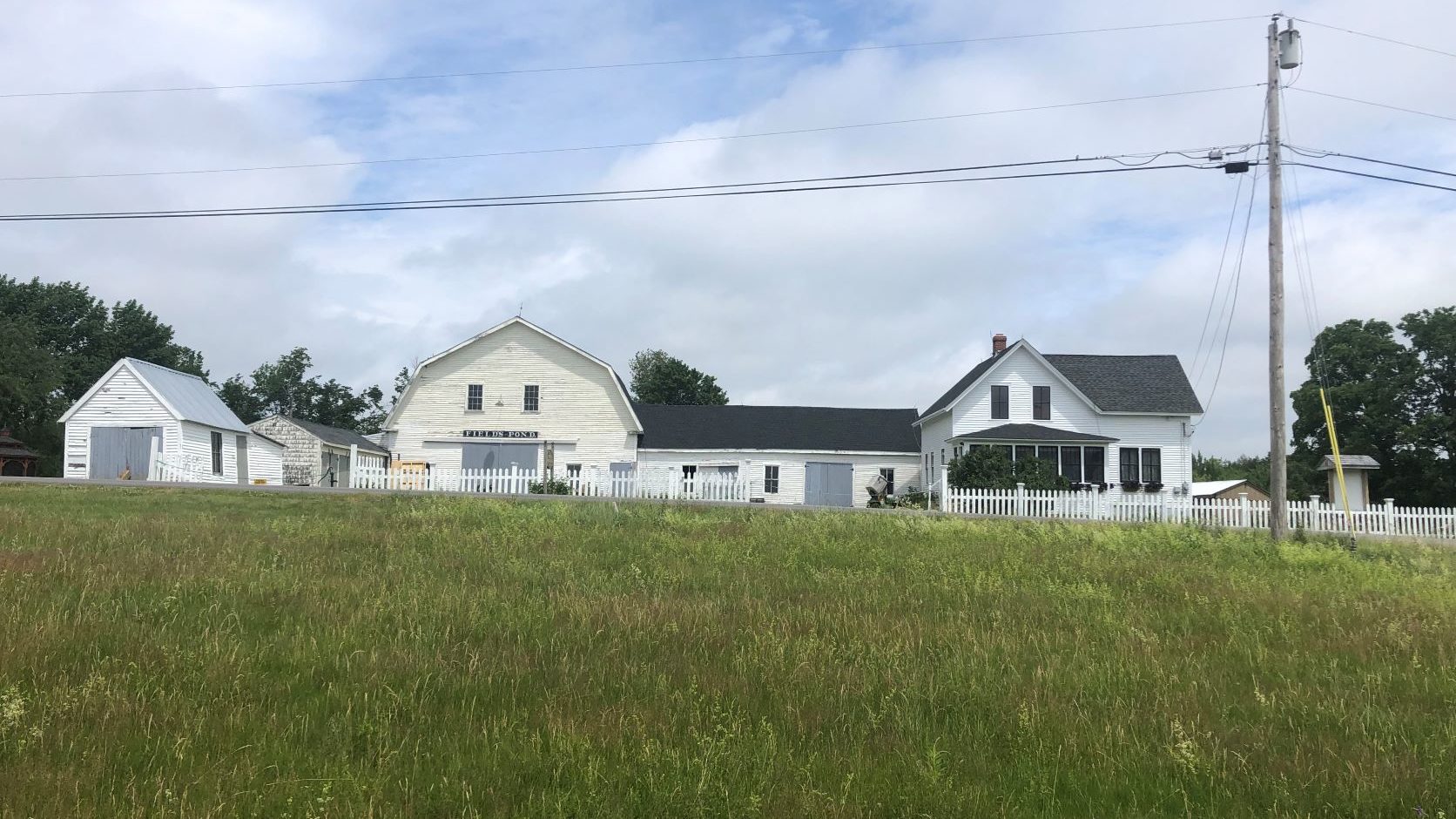
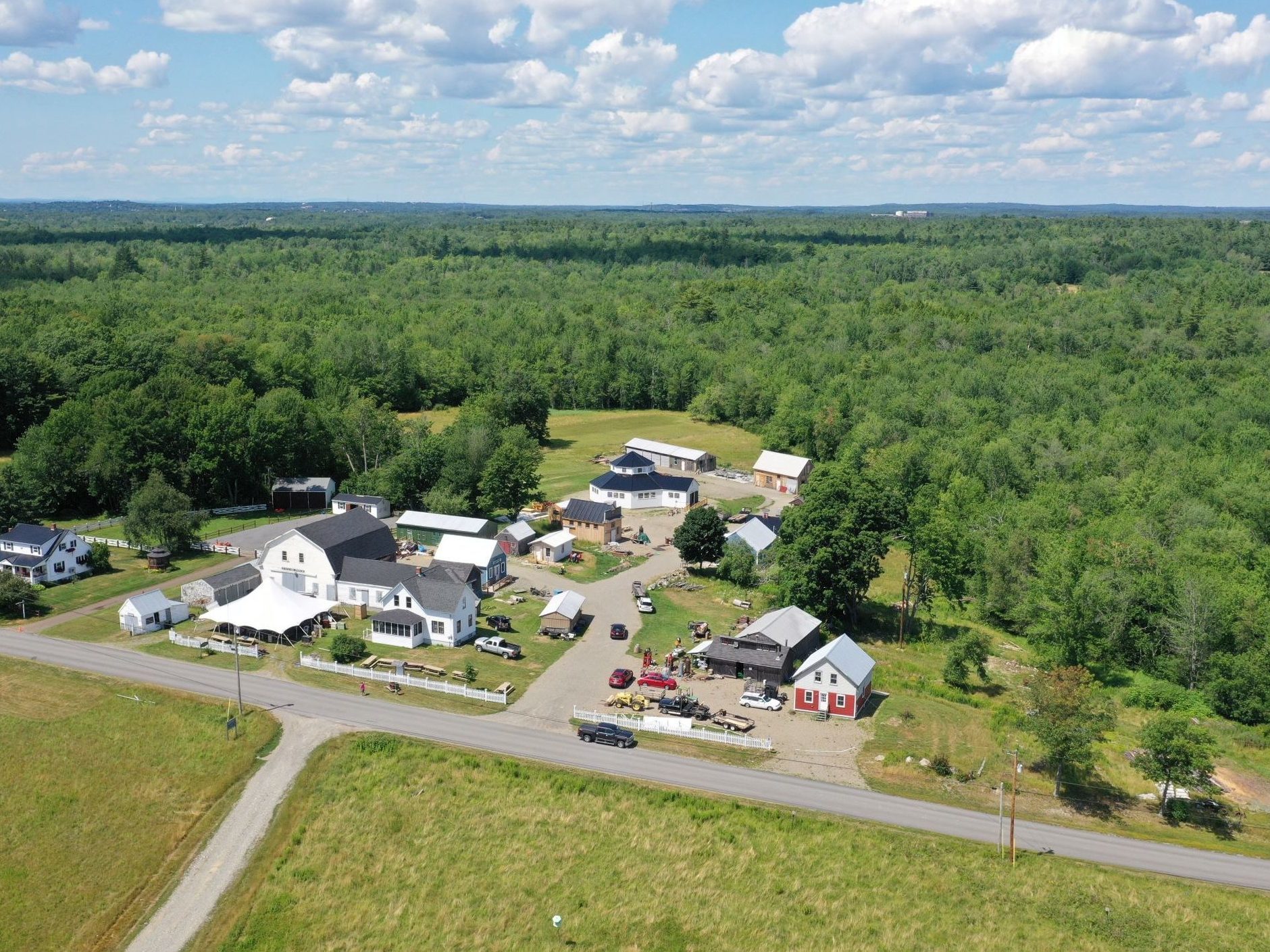
Our Buildings:
#1: Curran Farmhouse (c.1880s)
#2: Curran Main Barn (c.1890s)
#3: Curran Barn Ell ( 1910s)
#4: Curran Carriage Ell
#5: Curran Barn Back Shed (c.2000)
#6: Curran Ell Woodshed
#7: Curran Ice House
#8: Sugar Shack
#9: Carpenter’s Shop ( 2017)
#10: Heavy Equipment Shed
#11: Peter Fields House (c.1840s)
#12: Fields Pond Smithy (2009)
#13: Whig & Courier Letterpress Office ( Farm Equipment Shed, WB, 1974, CV, 2021)
#14: Tom Flagg Smithy ( Lincolnville Beach, ME, c.1934, WB, 2014, CV, 2021)
#15: North Castine Post Office ( 1929 Replica, CV, 2018)
#16: Machine Shop (Sawyer Horseshoeing, Norman Reed Horsestock, Blacksmith Shop, WB, 1969, 2021)
#17: Country Store ( William Cram Letterpress Office, WB, 1969, CV, 2021)
#18: 1839 Fenderson Schoolhouse ( WB, 1969, CV, 2021)
#19: Utility Shed ( Picnic Pavilion, 1969, CV, 2022),
#20: Shingle Mill ( Ox Sling Shed, WB, 1969, CV, 2022)
#21: Public Outhouse (6-person) (CV, 2022)
#22: Horse Carousel Building (WB, 1990, CV, 2021)
#23: Furniture & Cabinet Maker Shop ( In Progress)
#24: Cider & Grain Mill ( CV, 2021)
#25: SLAB—FUTURE CONSTRUCTION
#26: GRAVEL PAD—FUTURE CONSTRUCTION—CARRIAGE BARN
#27: Car Culture Building ( Logging, Gas Engines, Gas Tractors Sheds, WB, 1969-1974, CV, 2021)
#28: Textiles Building (Fiber Arts, Sewing, Weaving) ( Dr. Isaac Trafton’s Carriage Shed, 1970)
#24: Cider & Grain Mill
#25: Saw Mill (in-progress): a structure for our Ricker & Sons Circular Saw Mill
#23 Ivory Fenderson Furniture Maker
Named after the first owner of our 1894 horse carousel, Fenderson was a furniture maker and carpenter by trade. He had numerous business ventures which were motivated by the technological innovations of his time. He purchased a steam powered carousel as one of Maine’s first movie projectors in 1895. He orchestrated movie showings using this projector and a large collapsible screen which are both in the collection. Additionally, he advertised recorded music concerts with multiple phonographs from the late 1890s; many of which are in the collection.
Fenderson specialized in wood inlays as evidenced in the three toolboxes which were gifted to the Maine State Museum by Willowbrook Museum upon its closing. Many tools remain in our collection in addition to early power tools owned by J.O. Bradley. In addition, the museum also has flat belt pulley powered table saws, lathes, drills and augers. In particular, there is a porch post lathe that was once owned by the Furber Pump Company of Saco, ME. These and many other tools will be demonstrated within the Furniture Maker’s Shop. The goal is to insulate this two-story structure that has taken shape this past winter into this spring. The second story will serve as an archives, library, and collections storage.
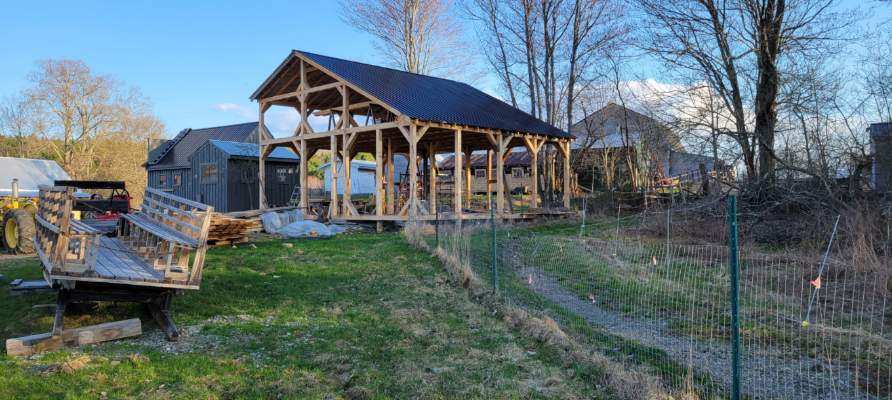
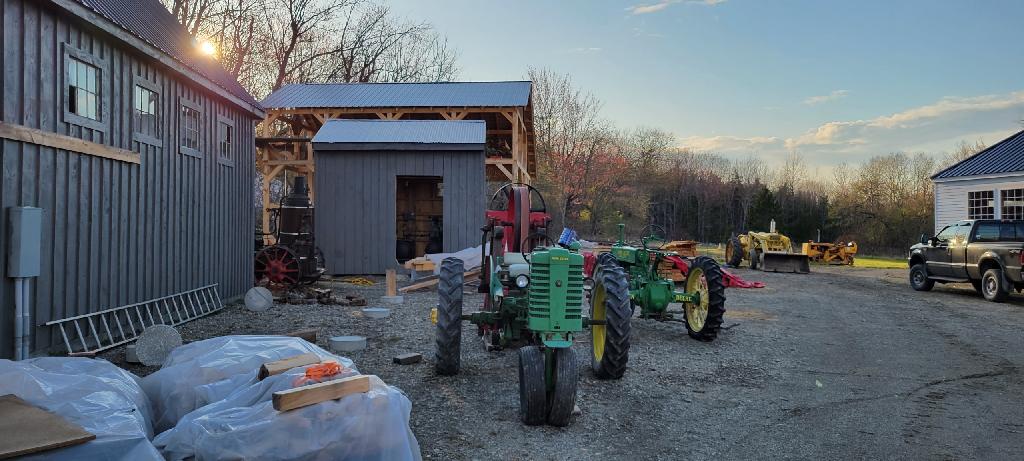
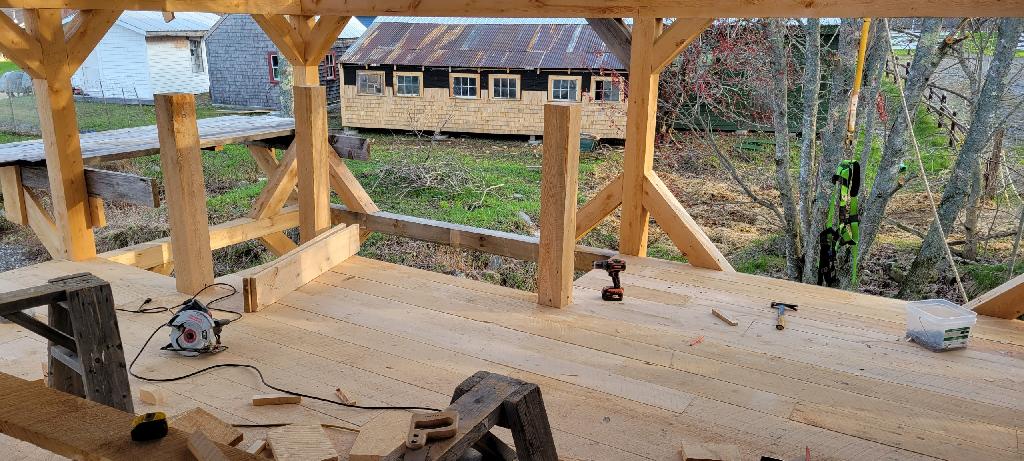
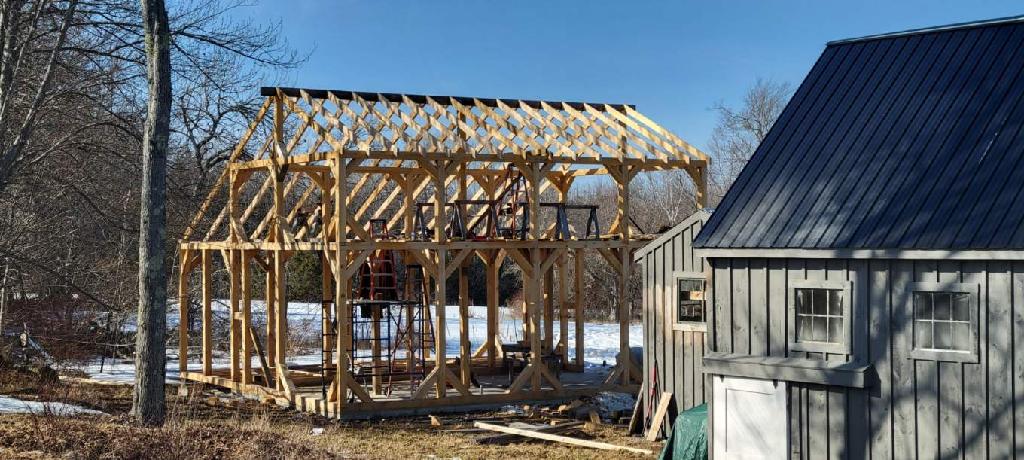
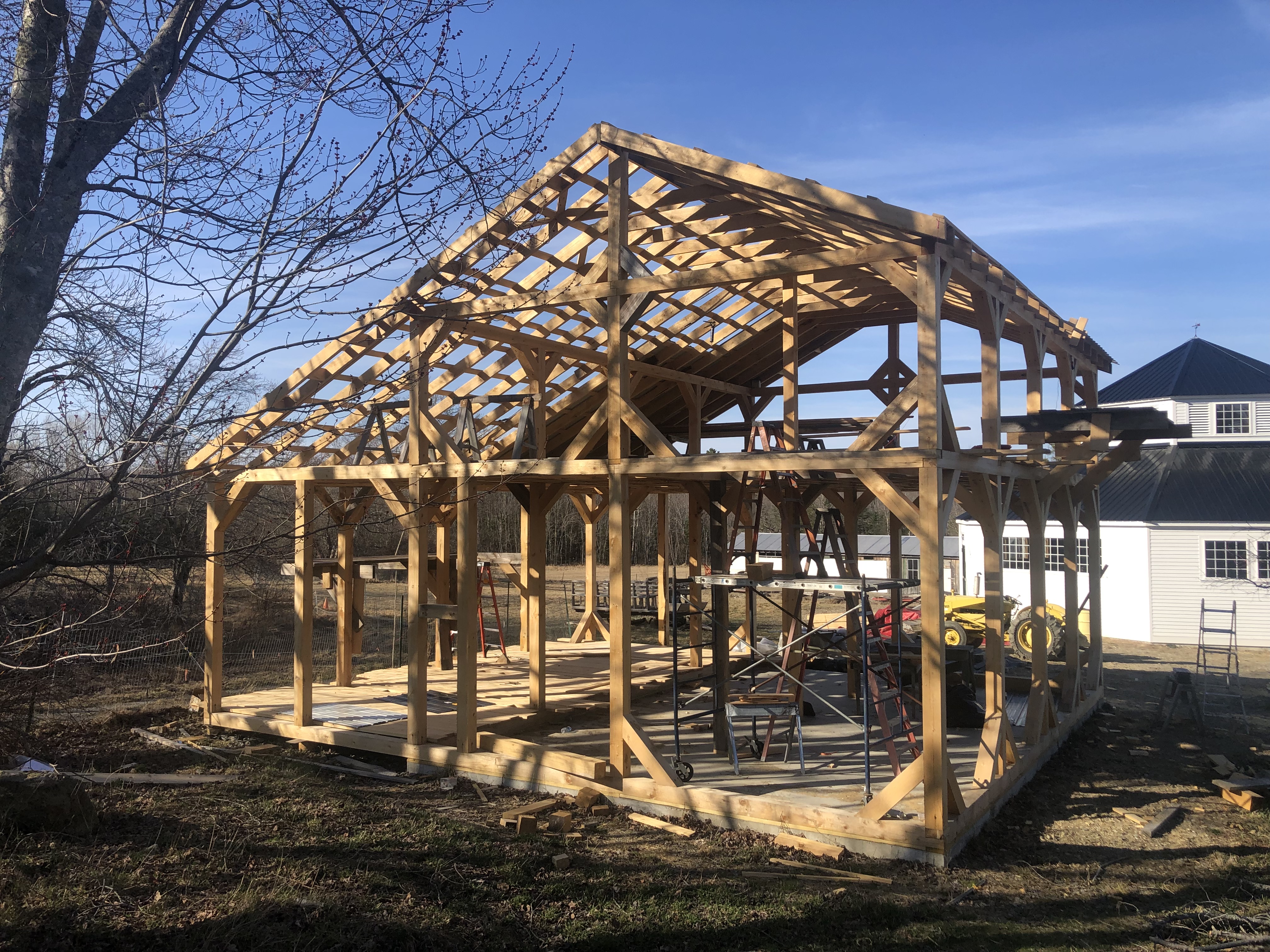

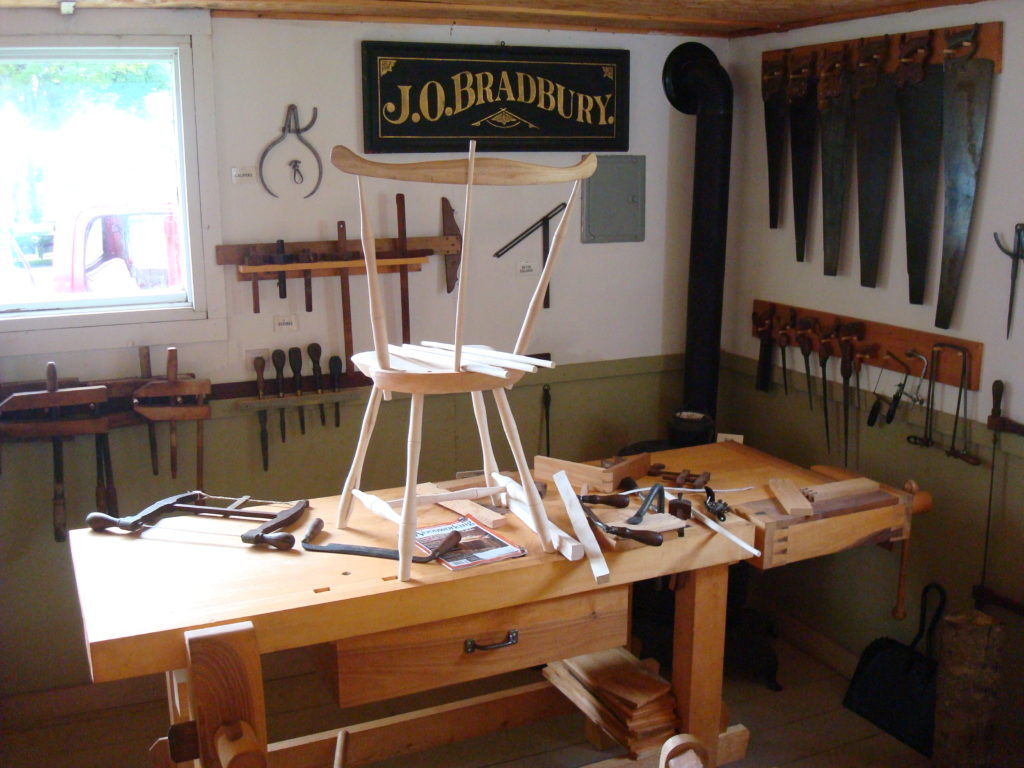
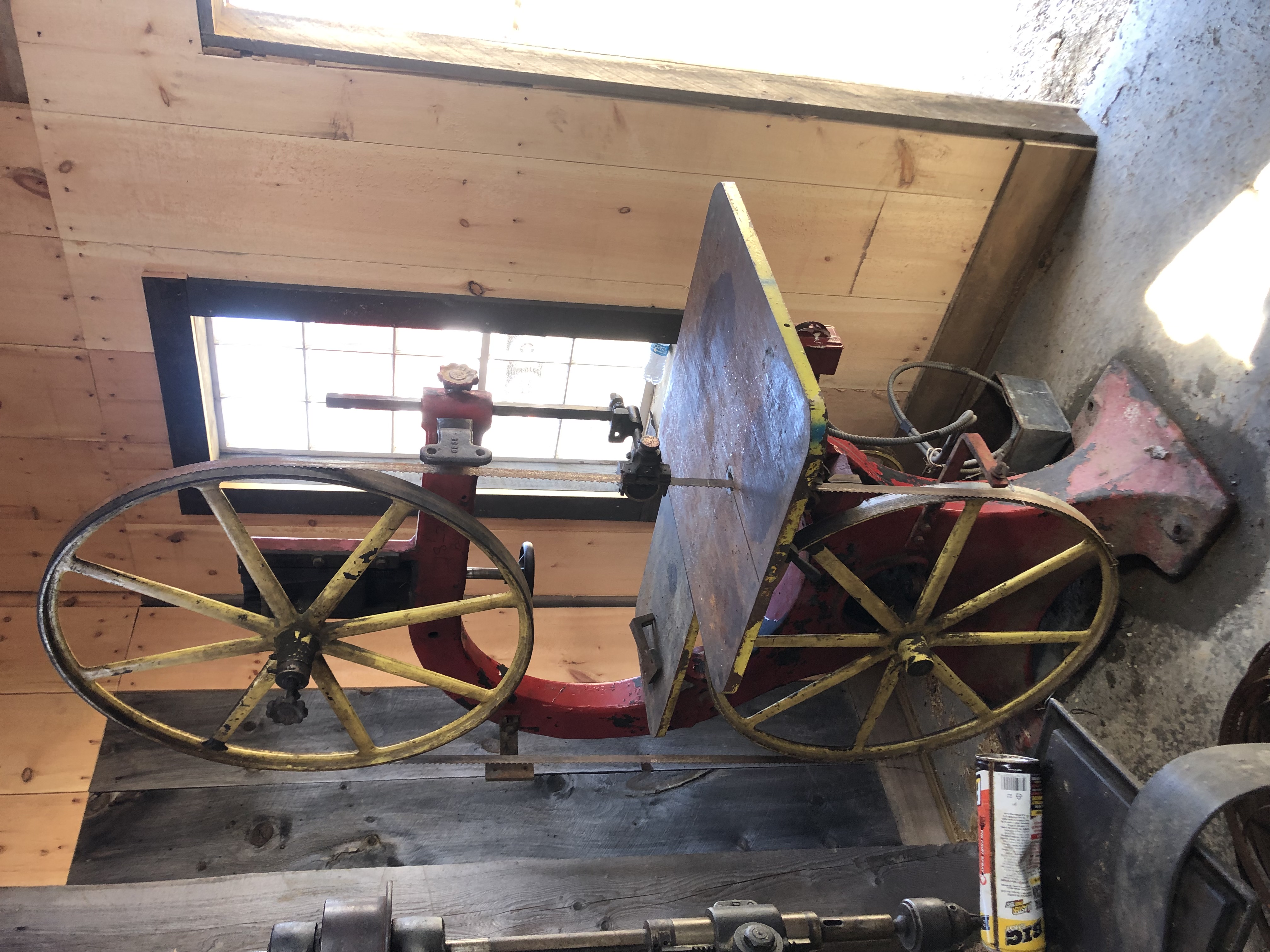

#24 Cider & Grain Mill
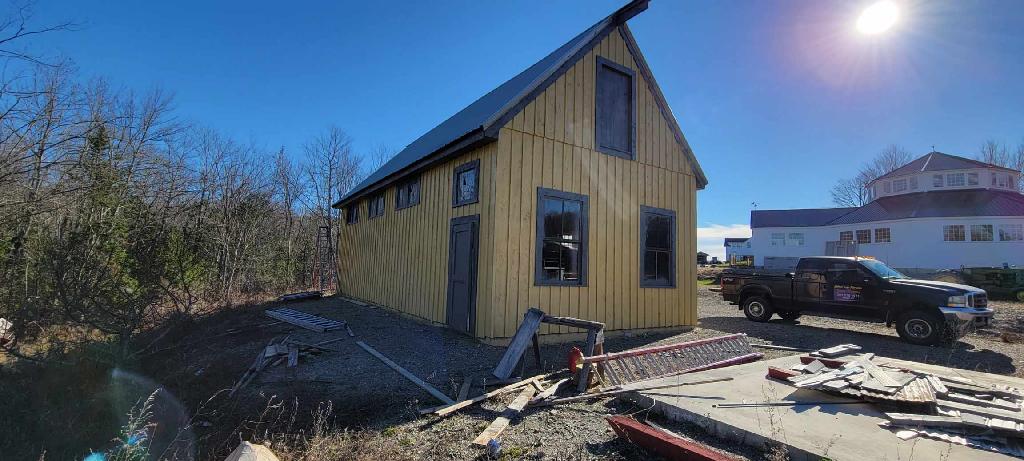
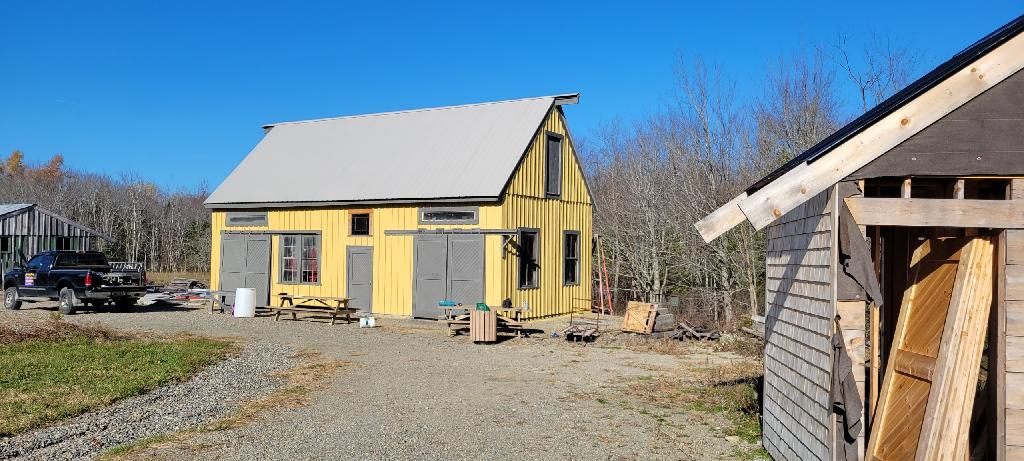
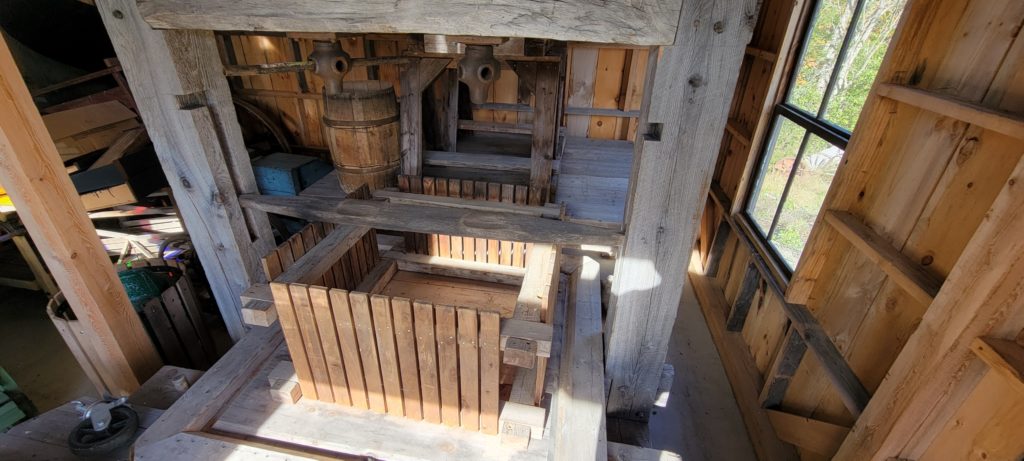
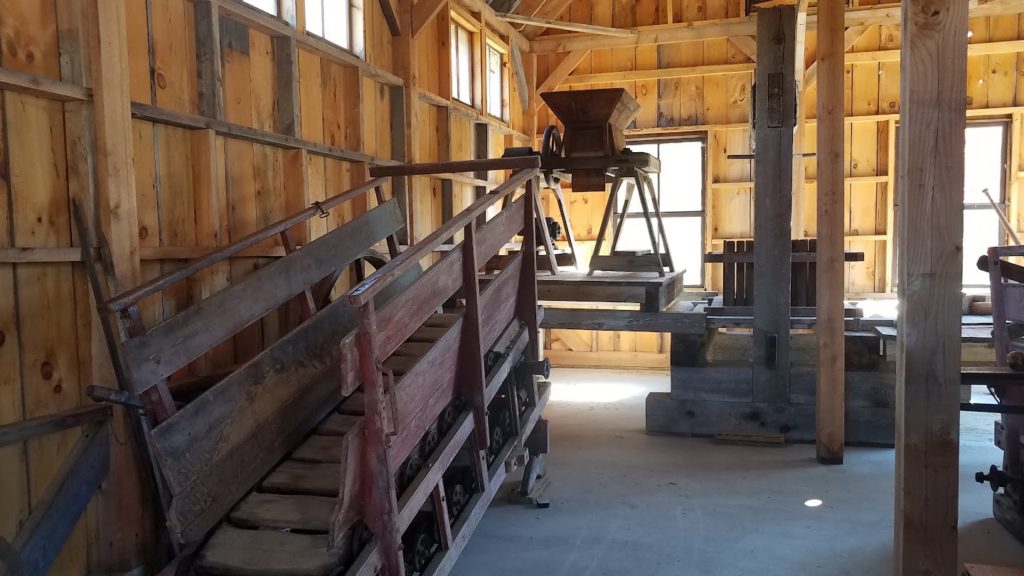
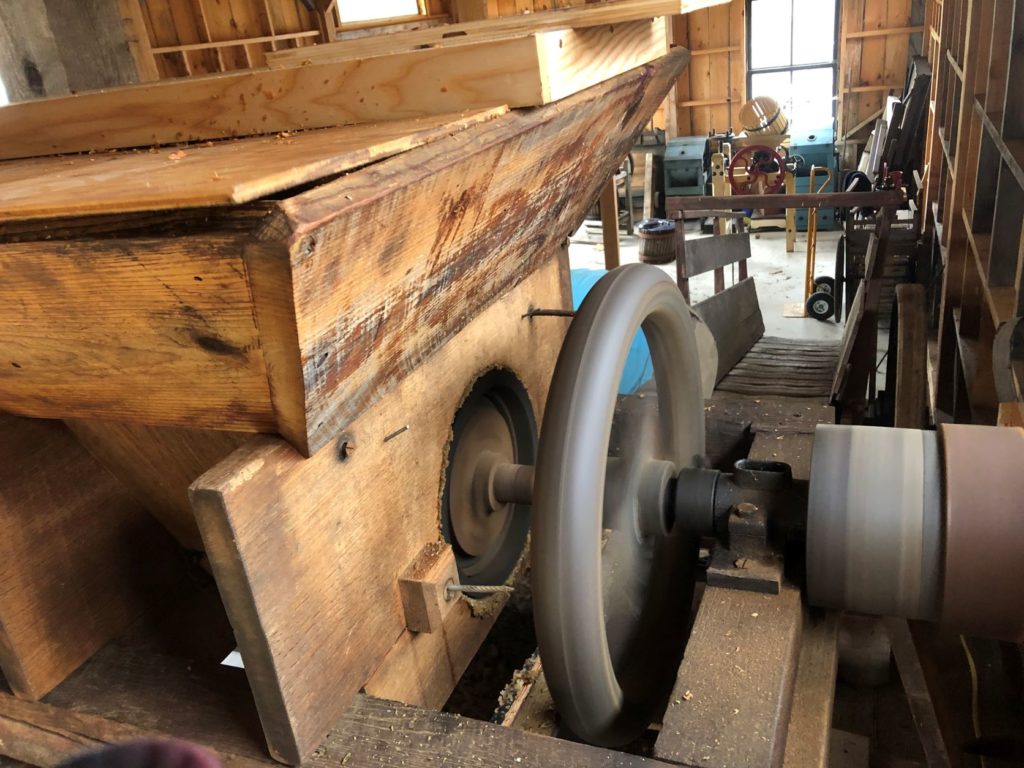
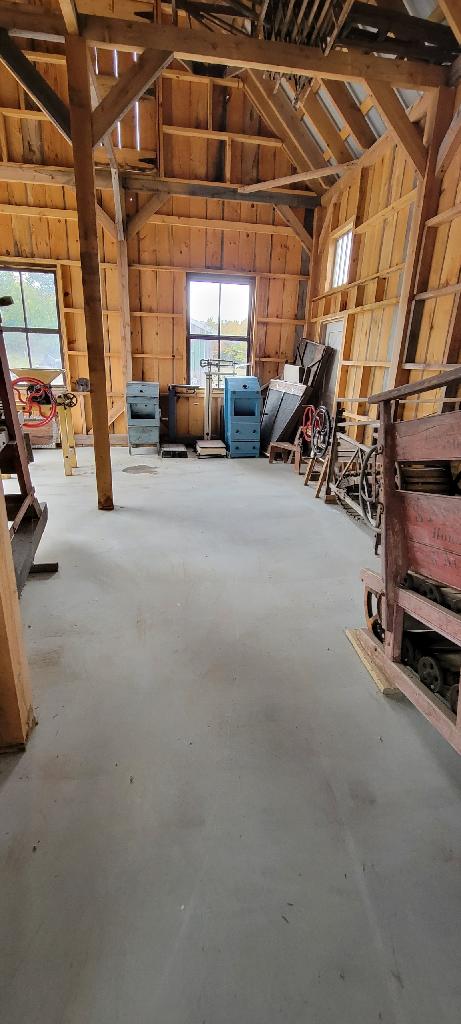
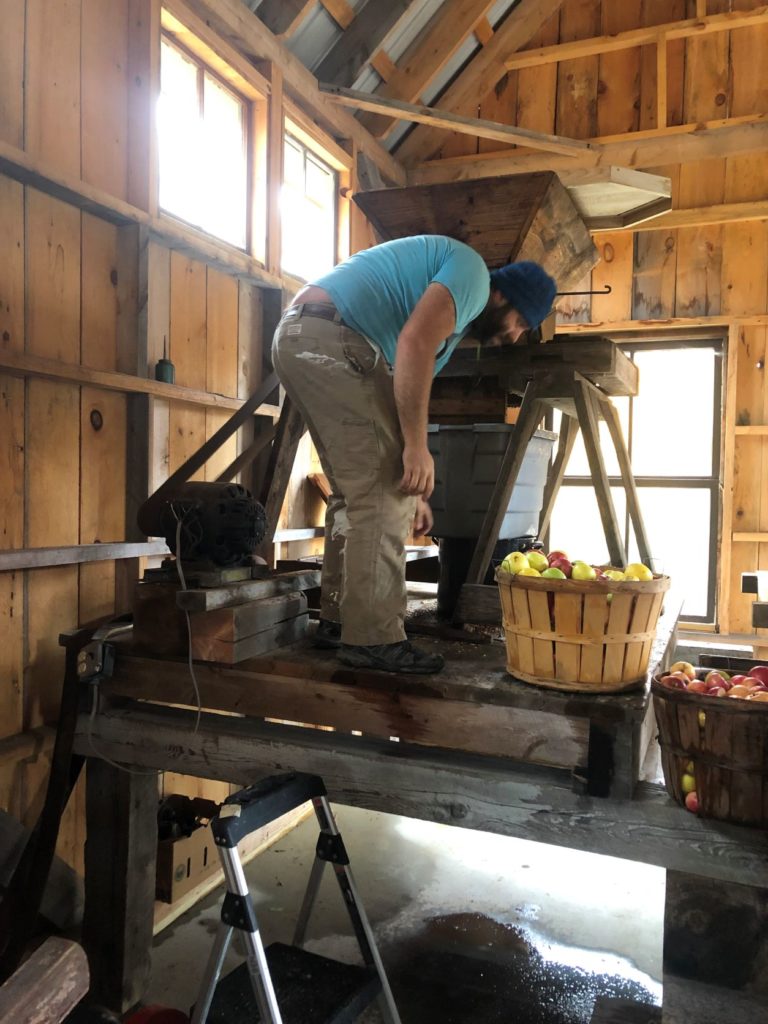
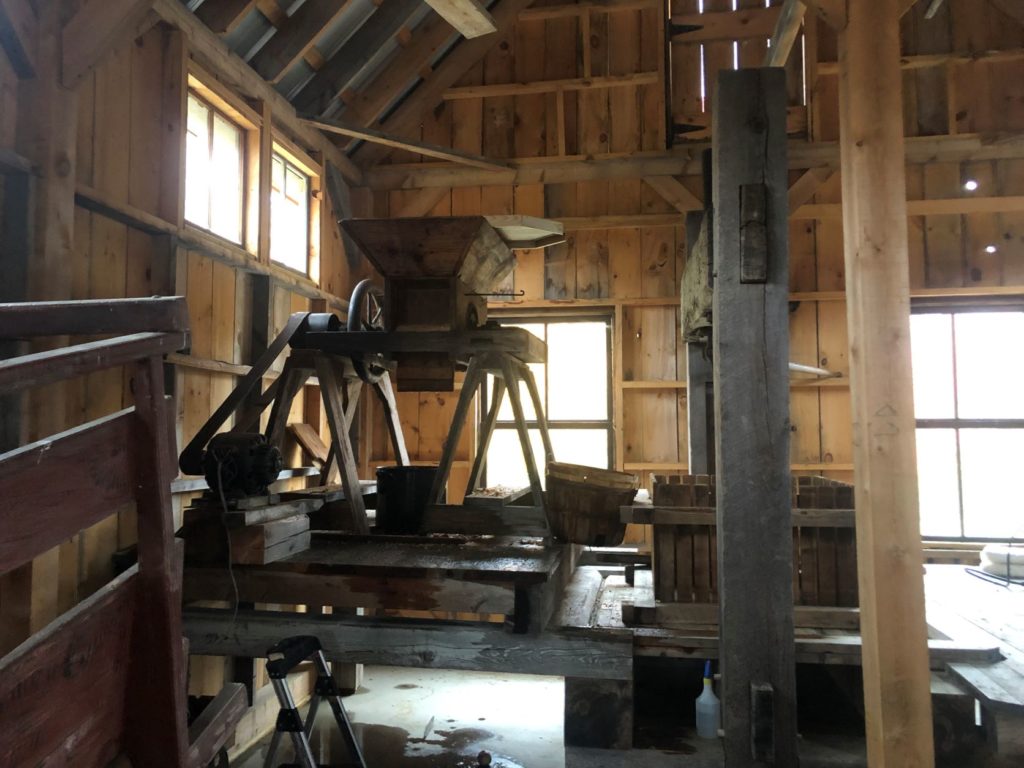
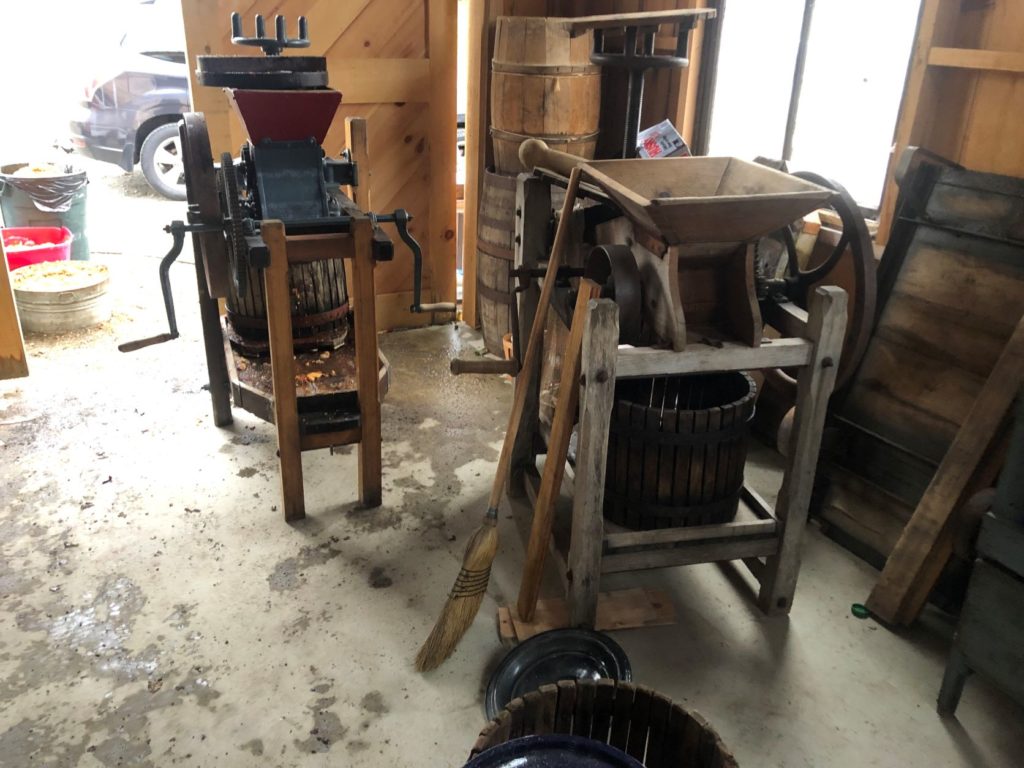
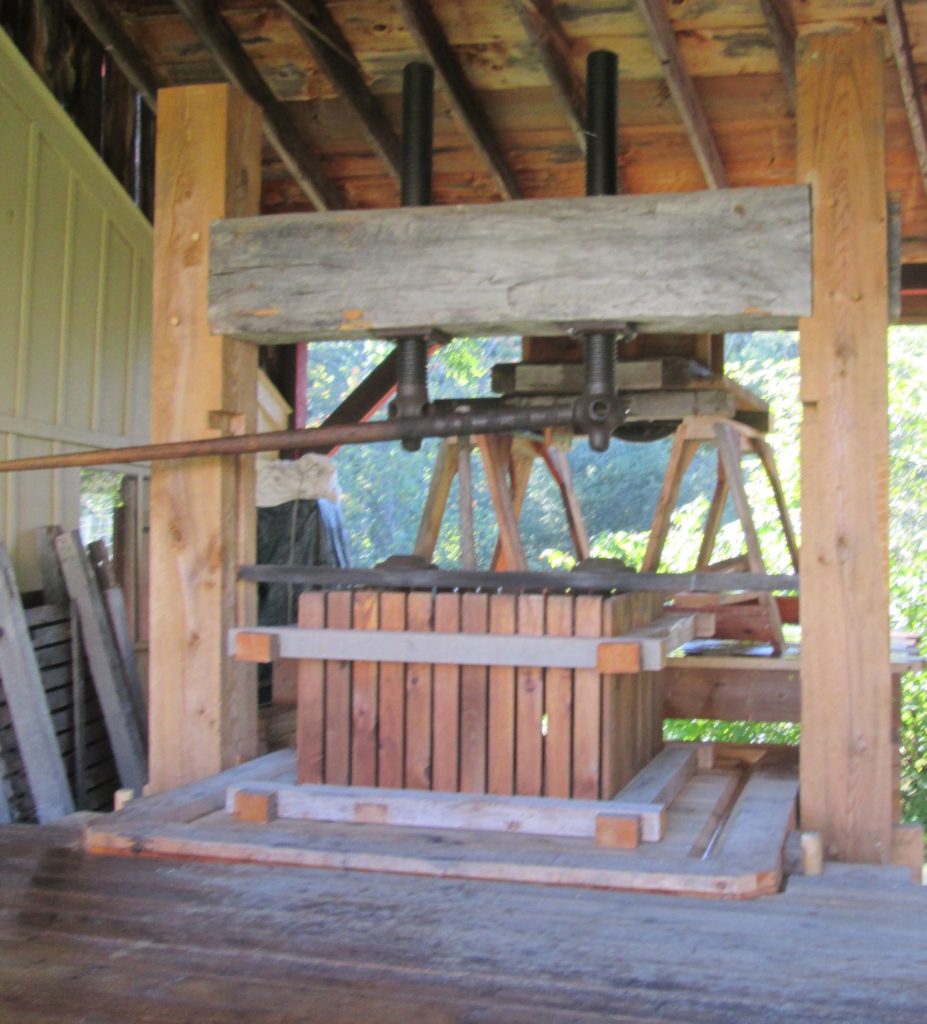
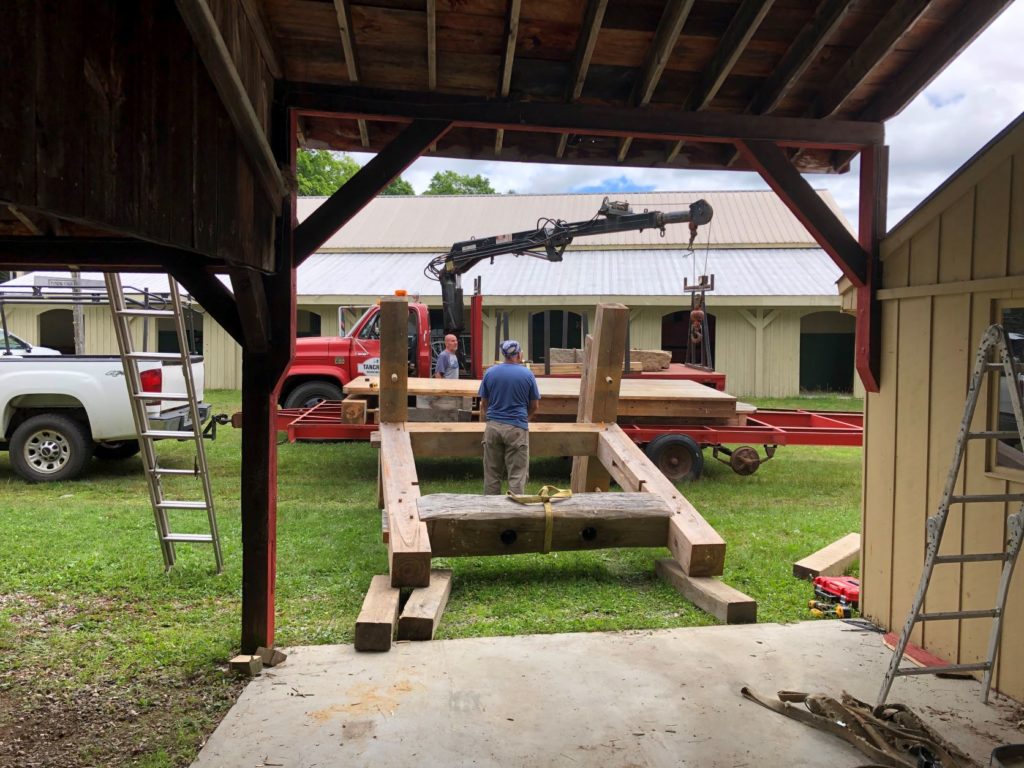
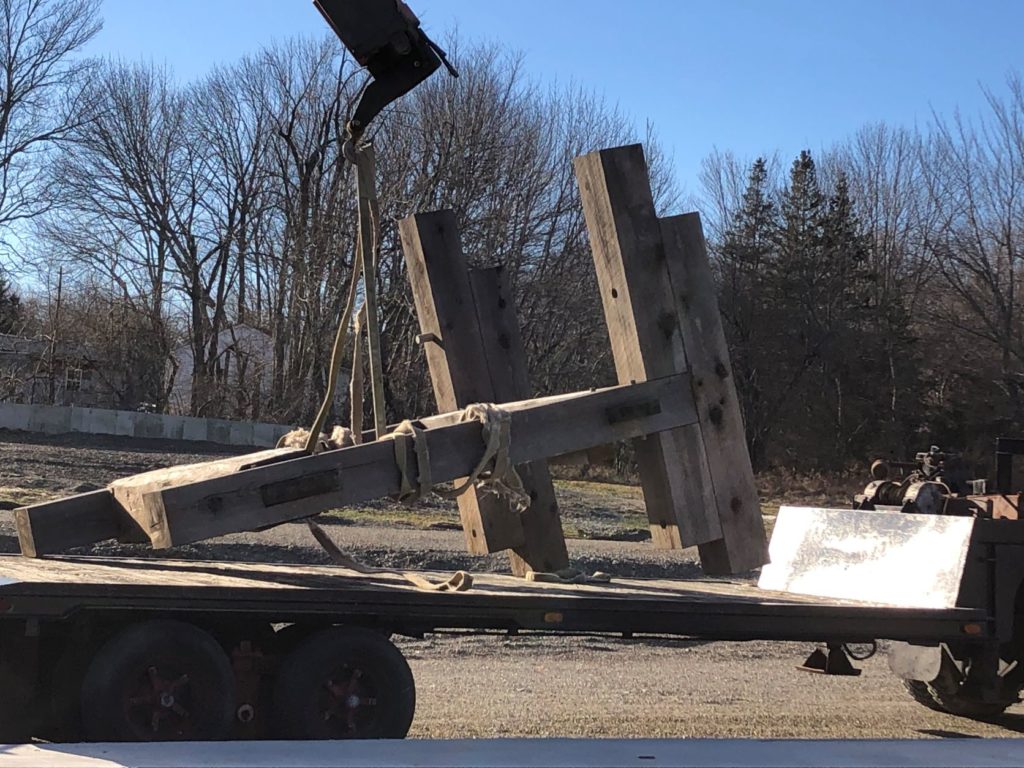
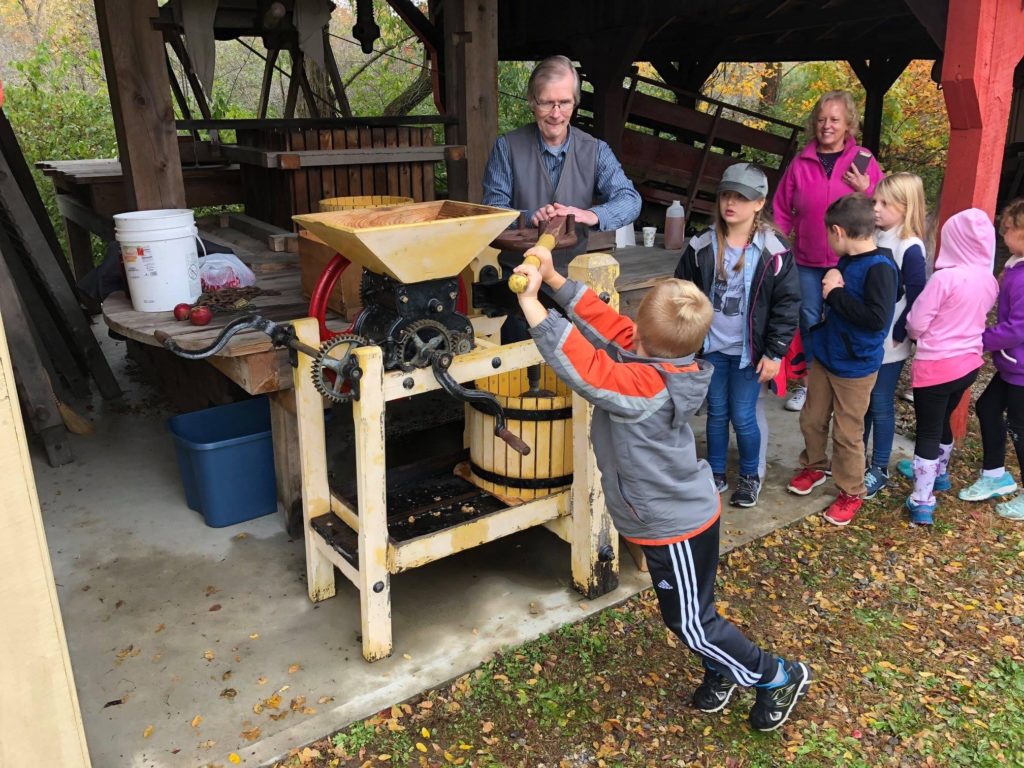


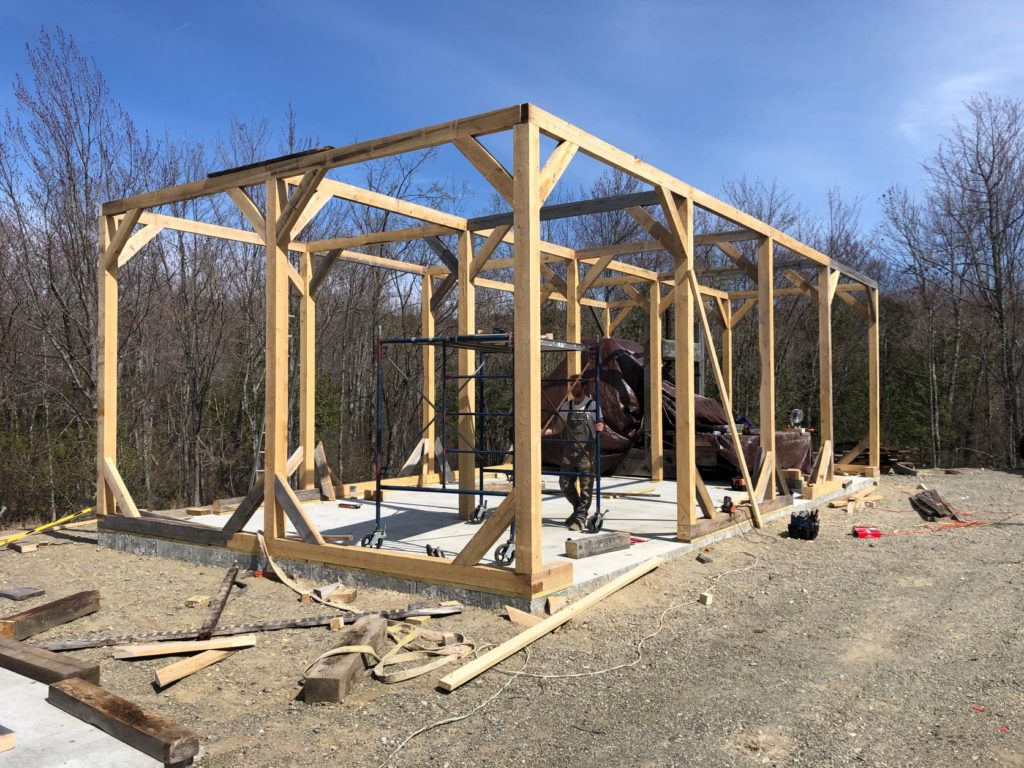
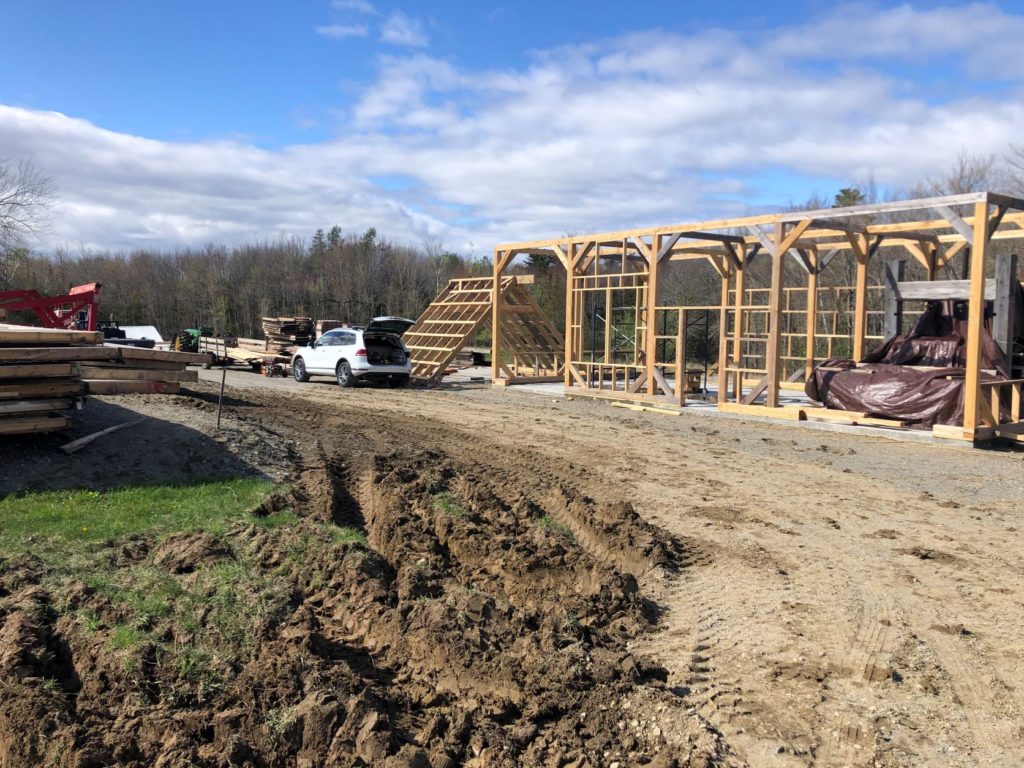
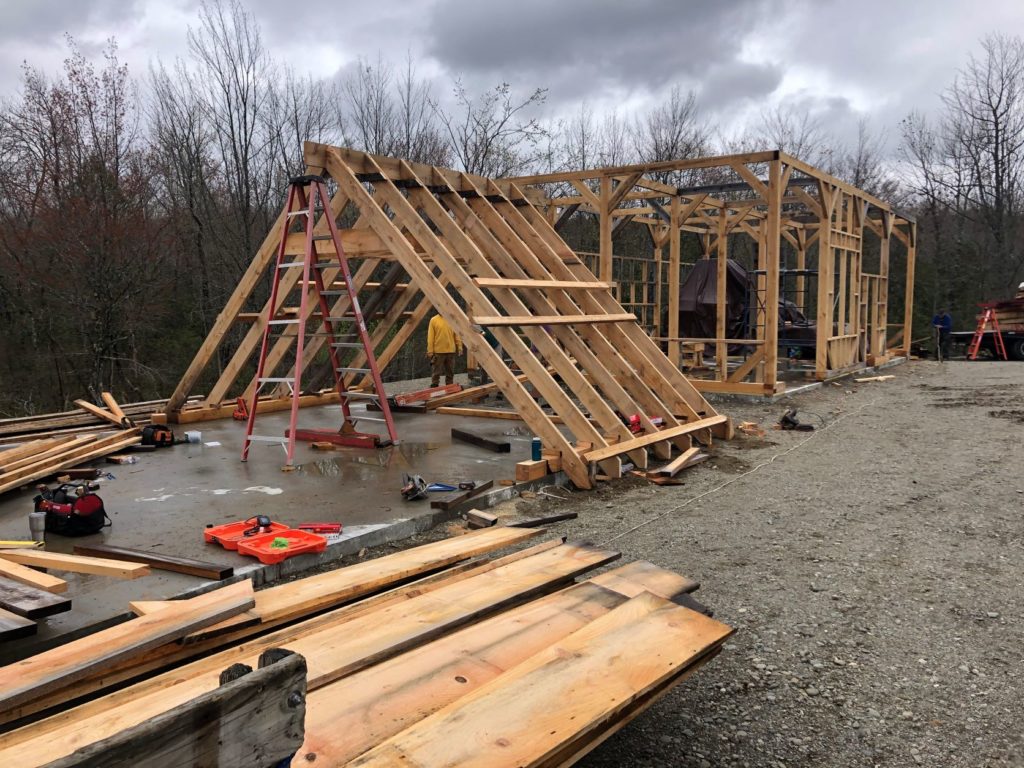
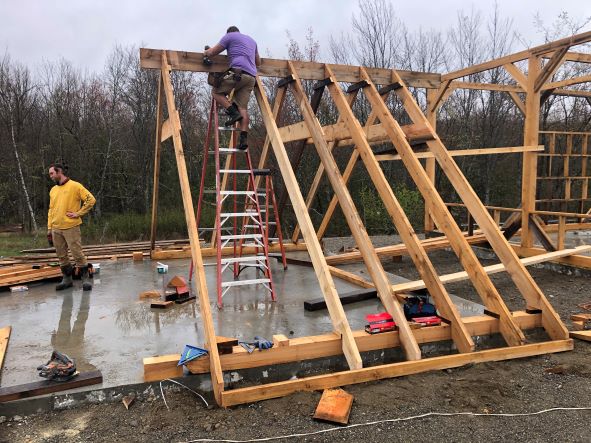
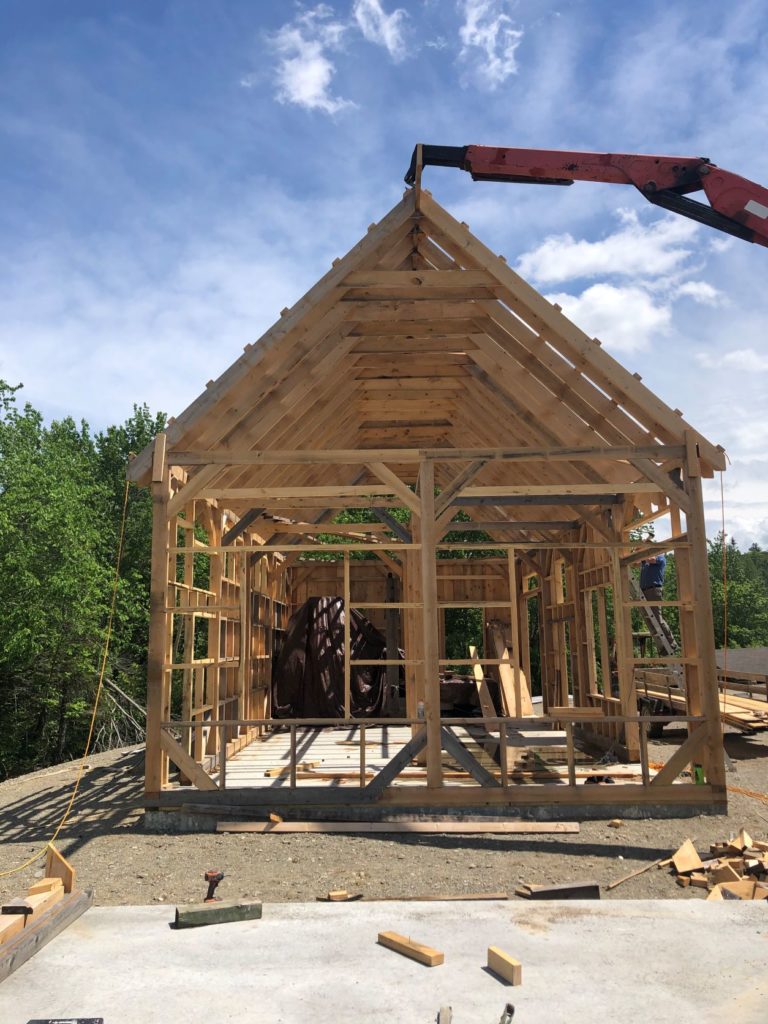
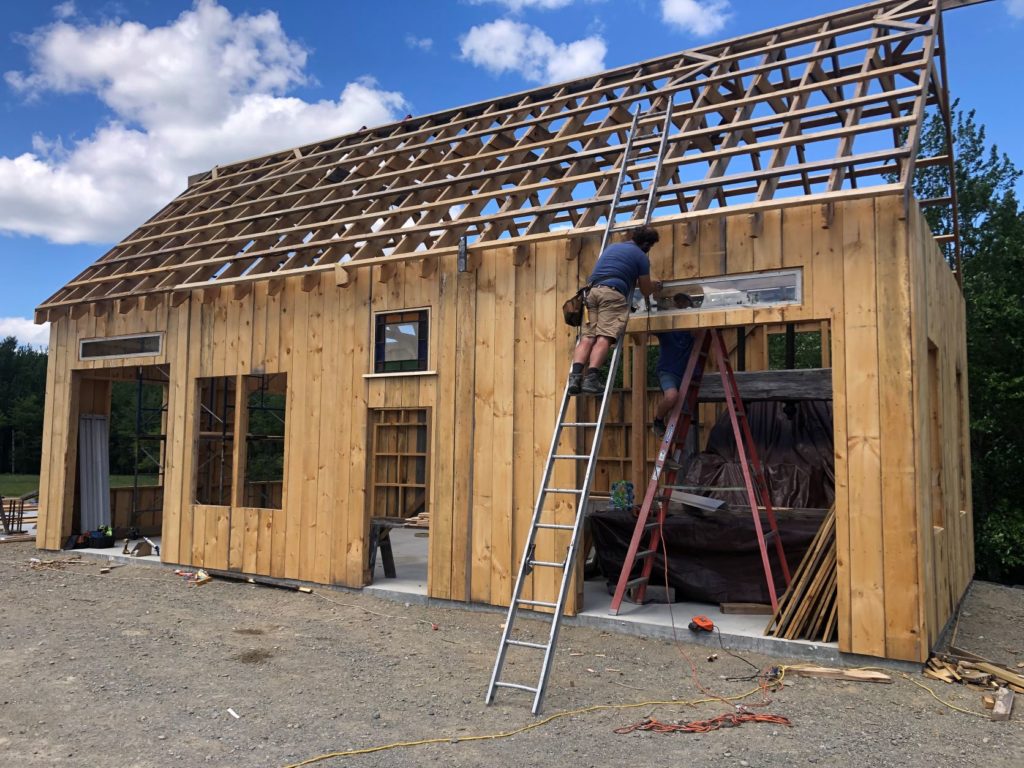
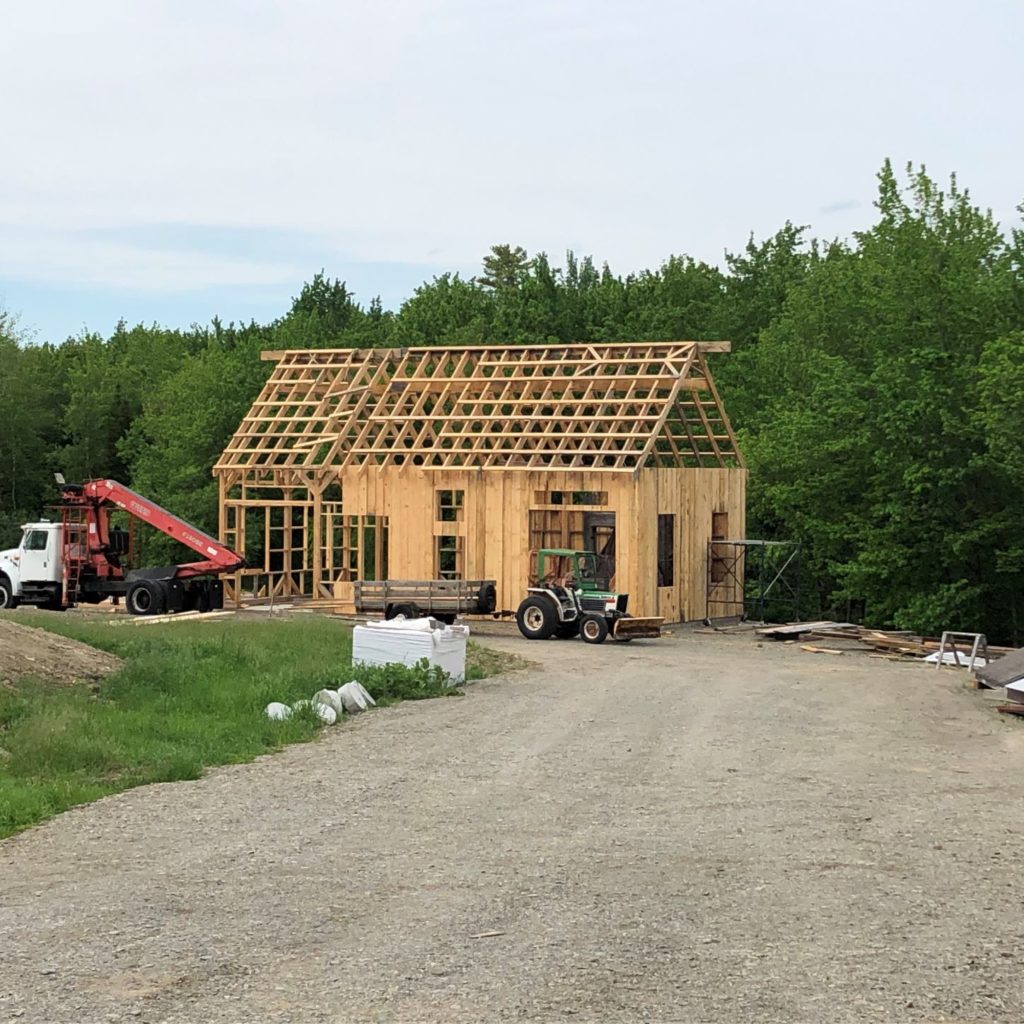
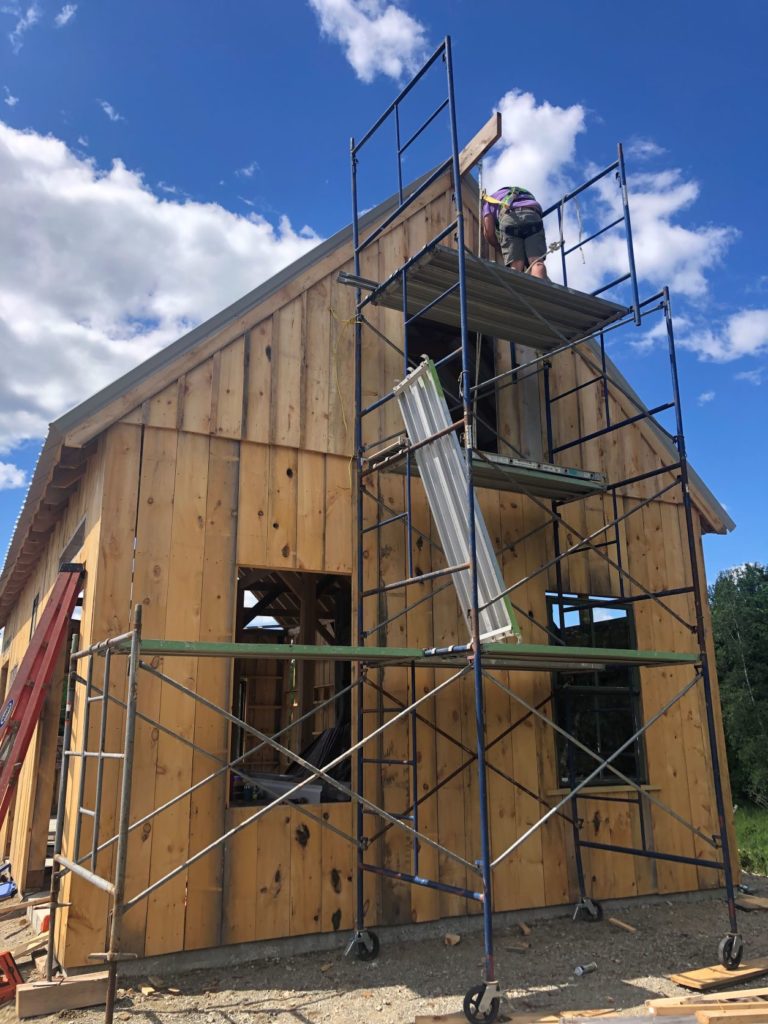

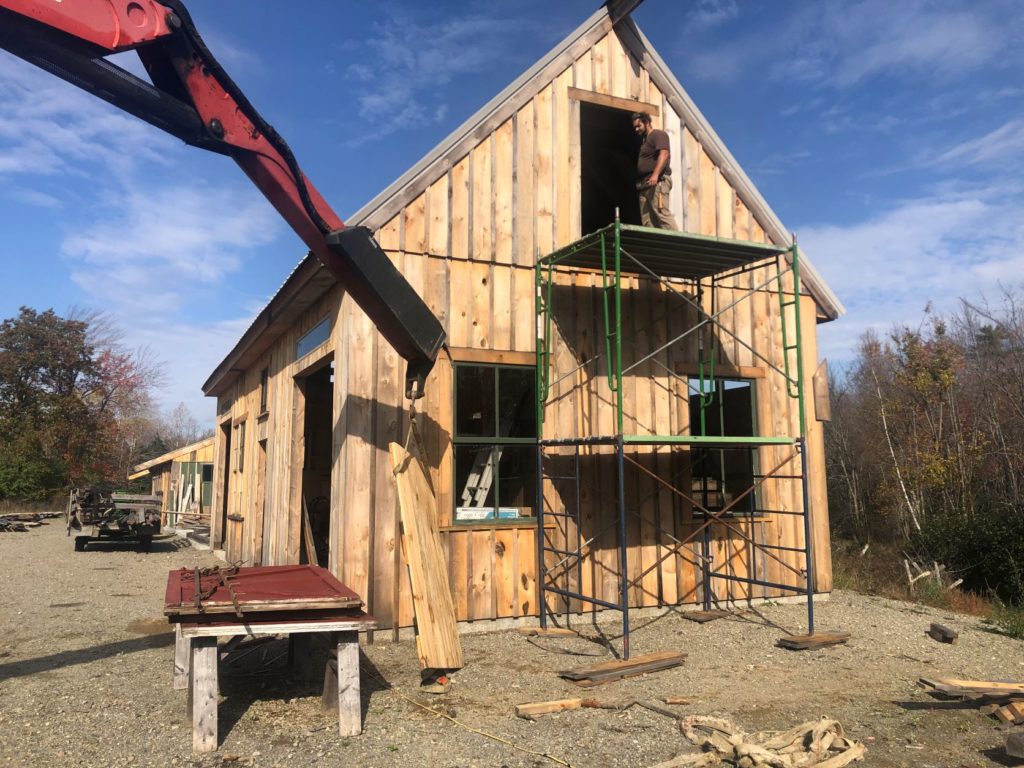
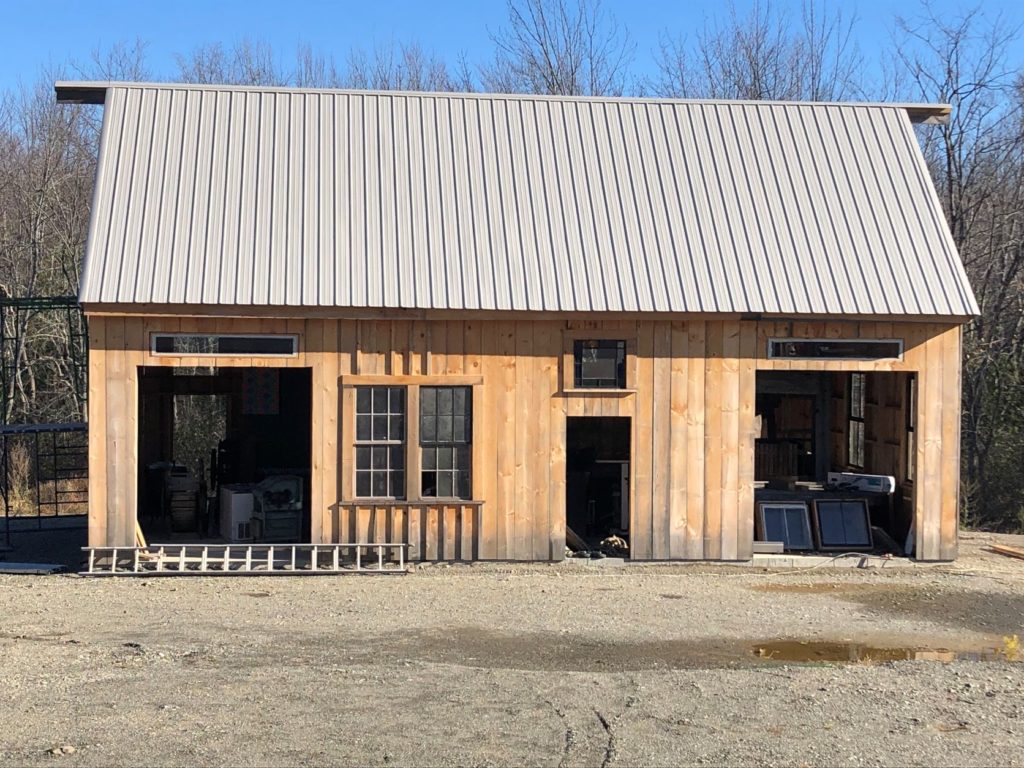
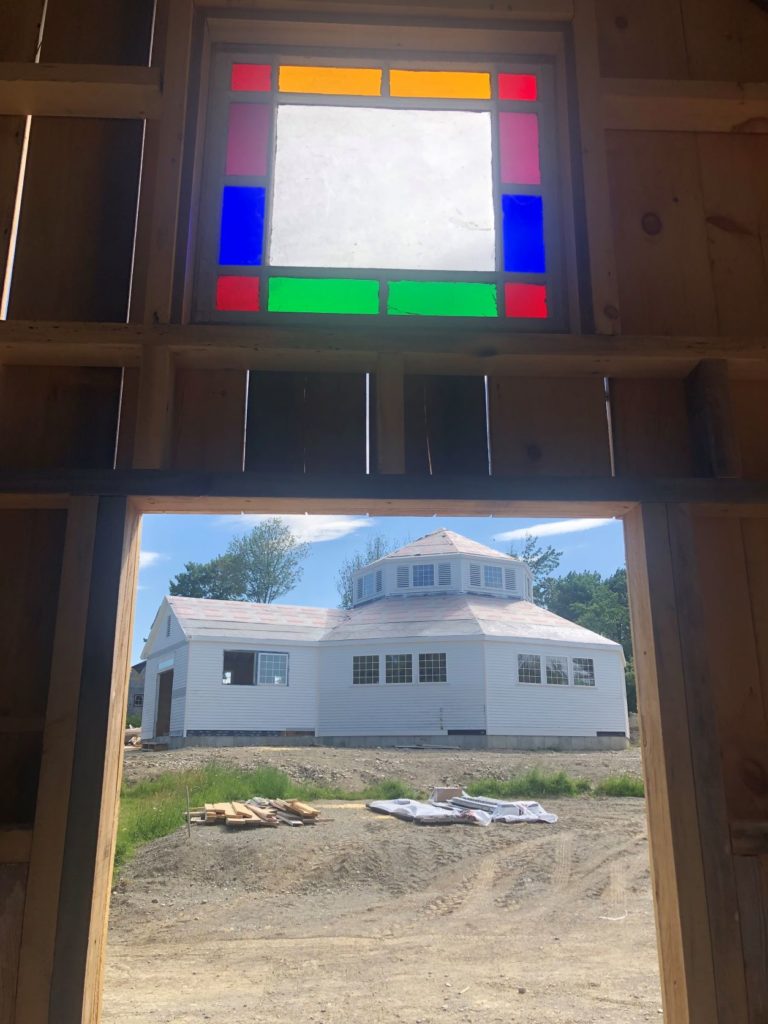
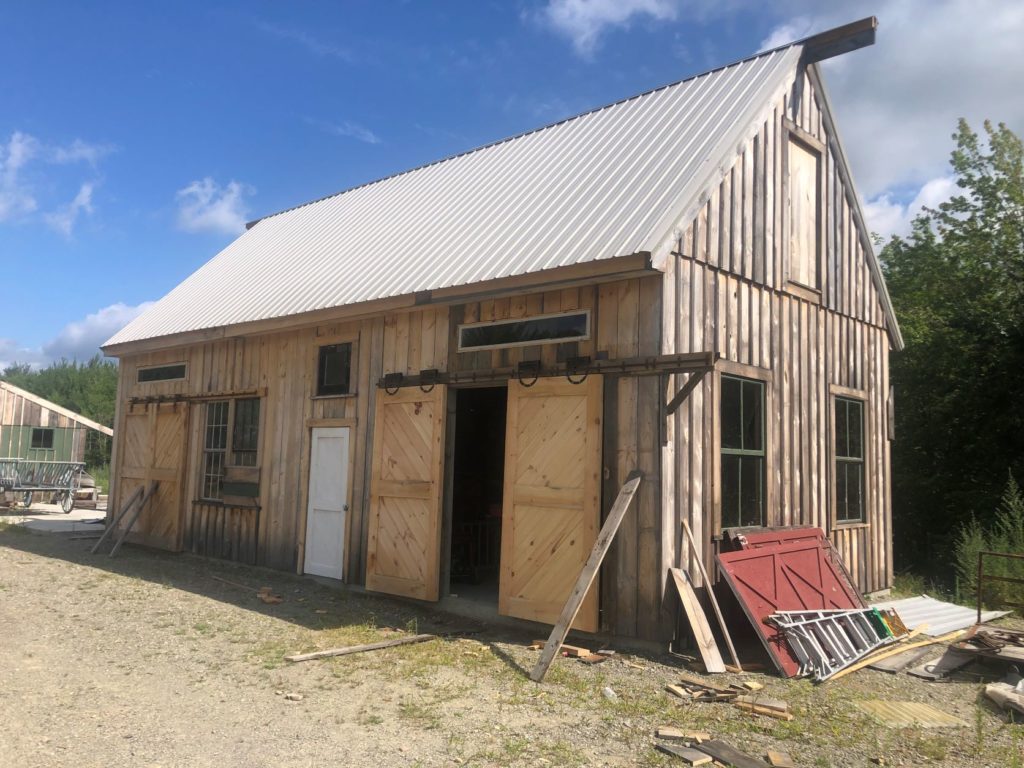

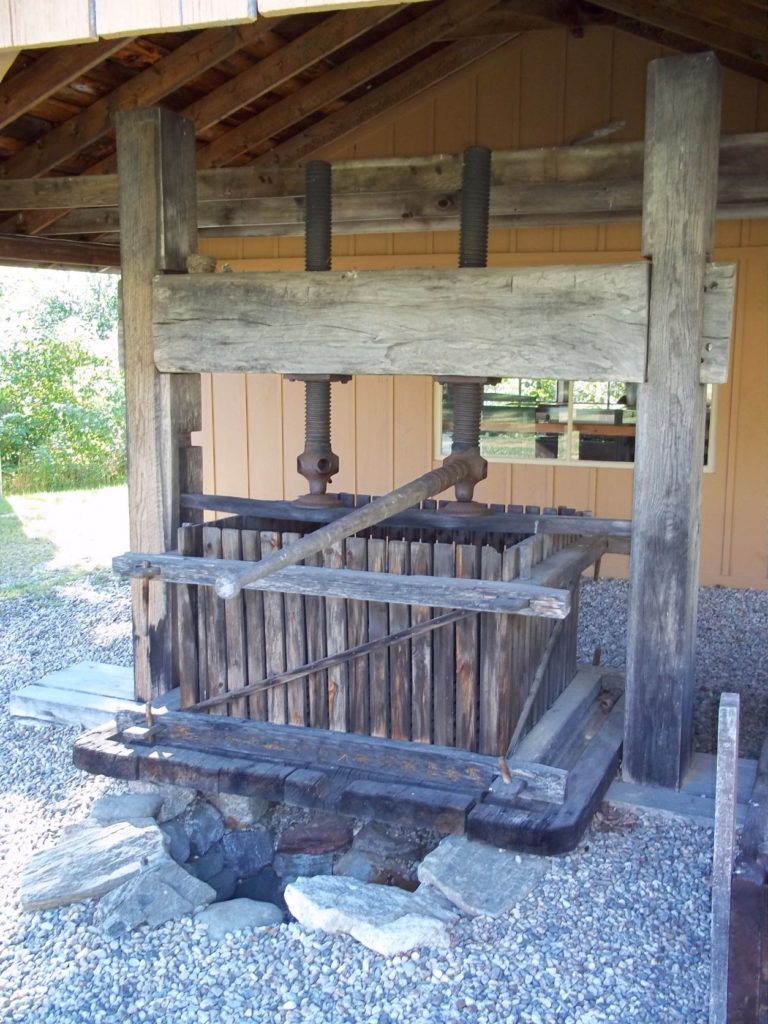
Horse Treadmill (Cider & Grain Mill)


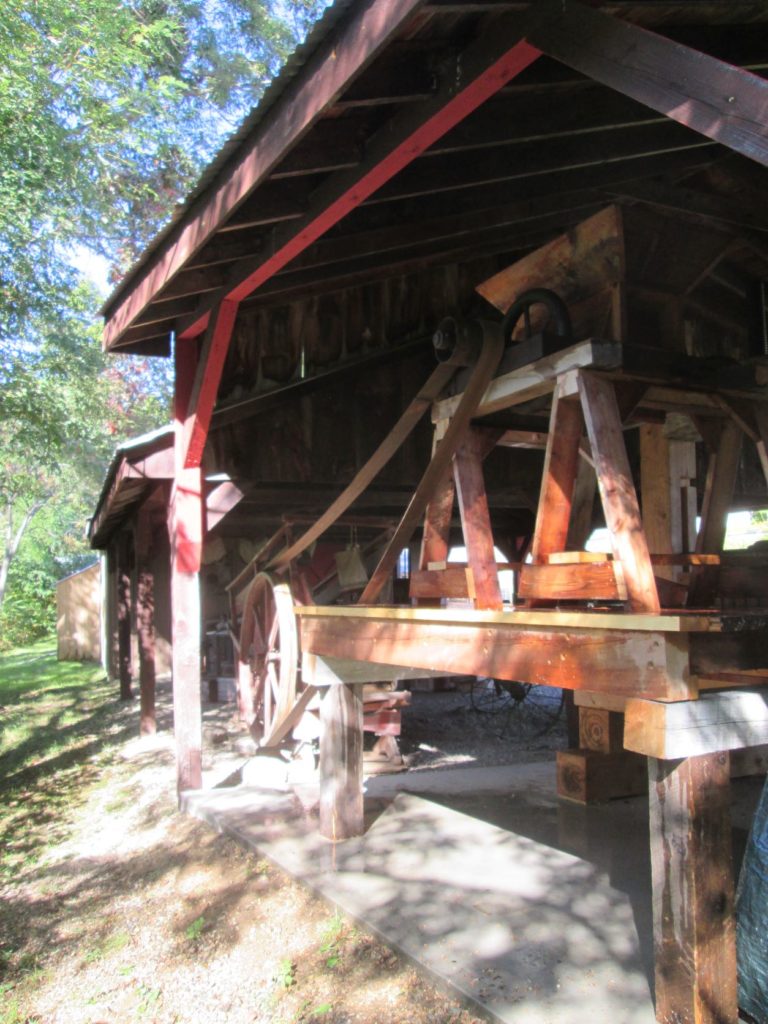
#22 1894 Armitage Herschell Riding Gallery (Horse Carousel) and Carousel Building
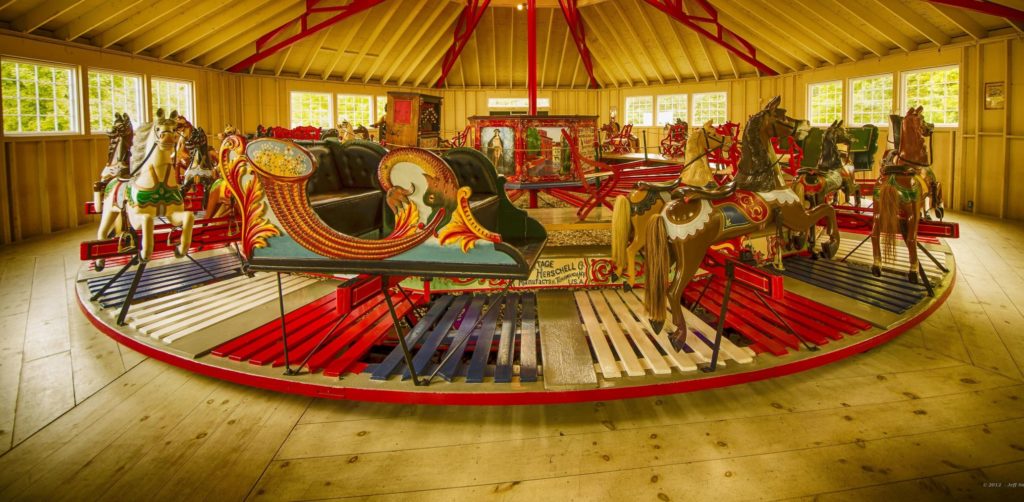
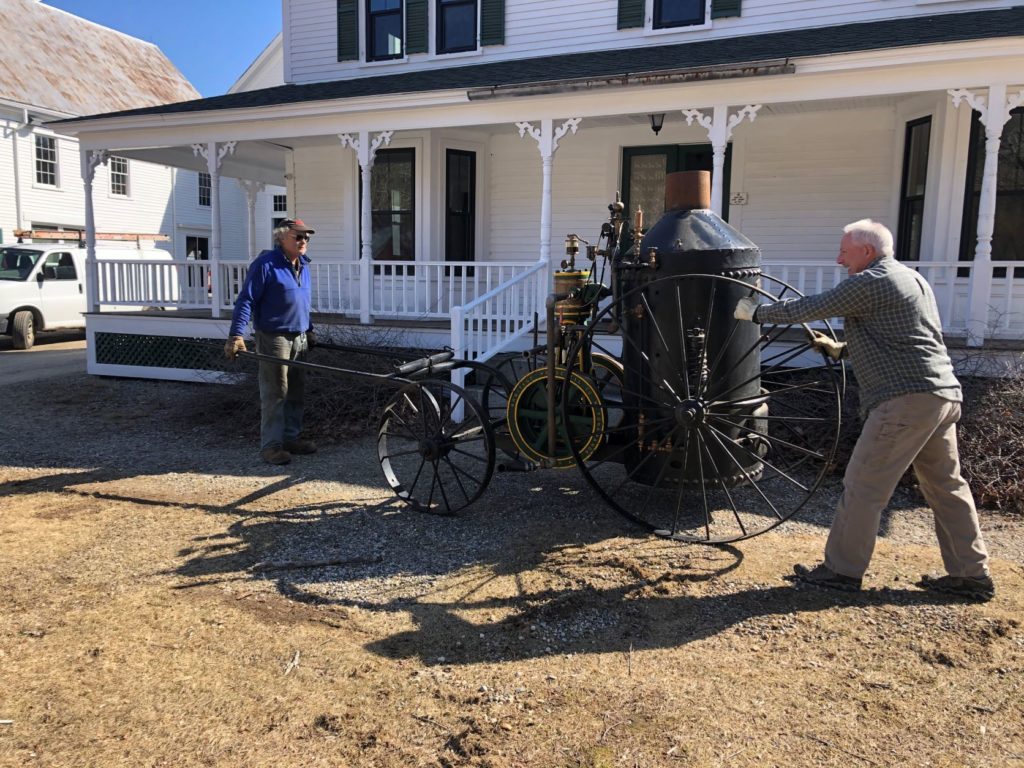
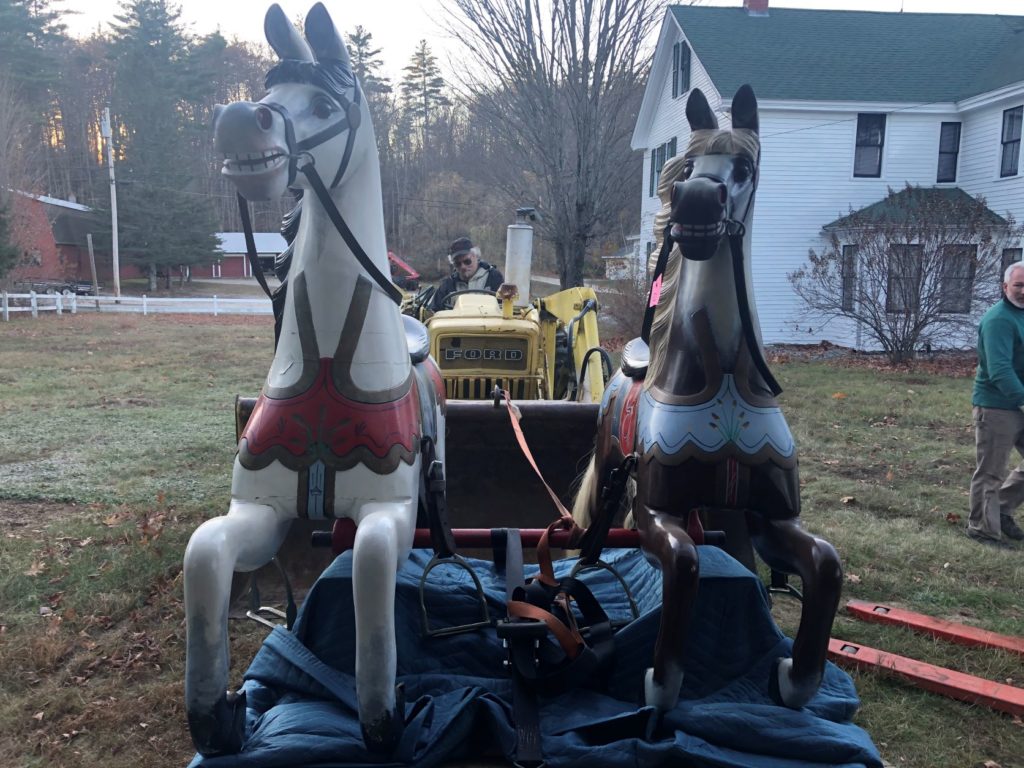
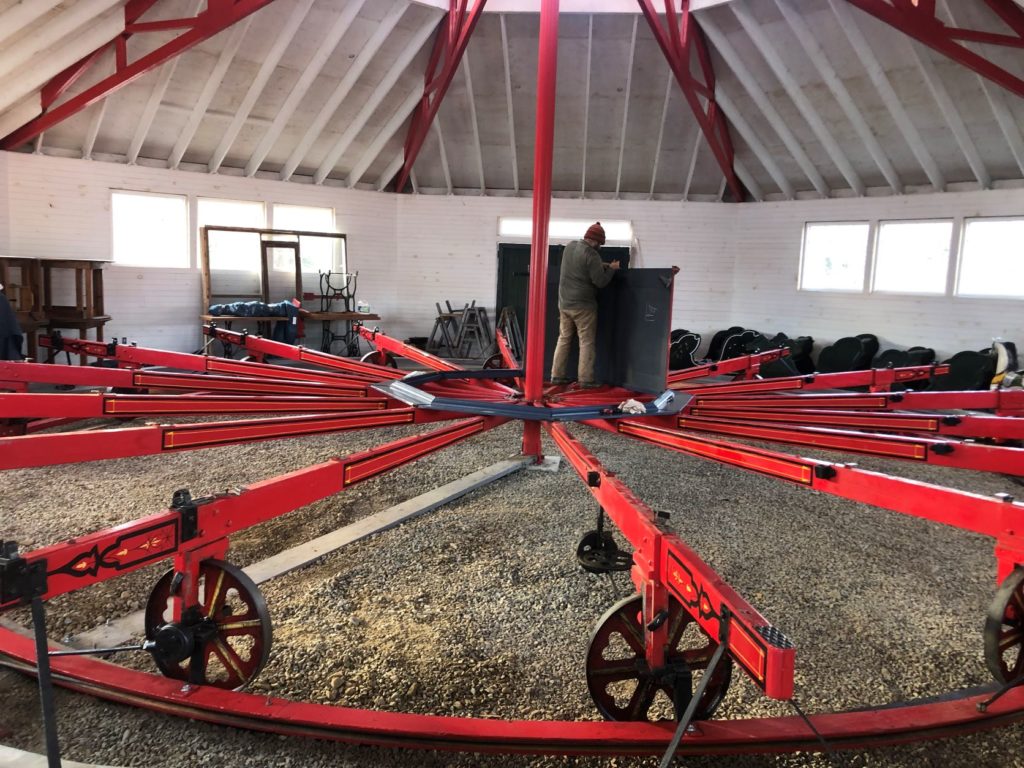

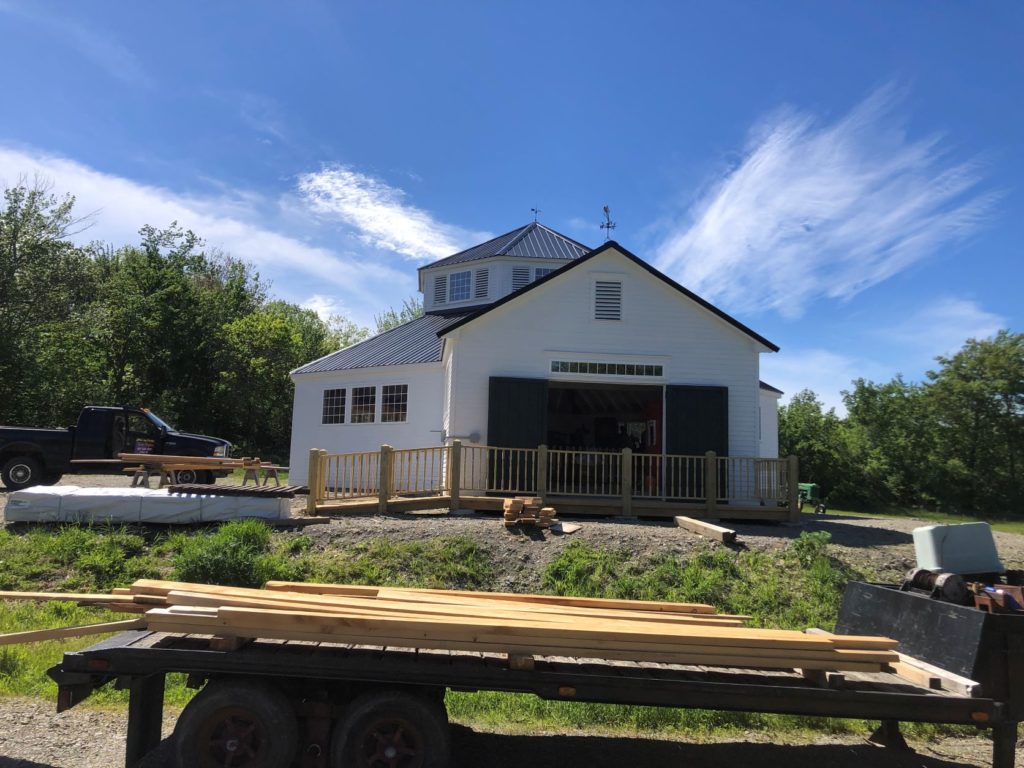
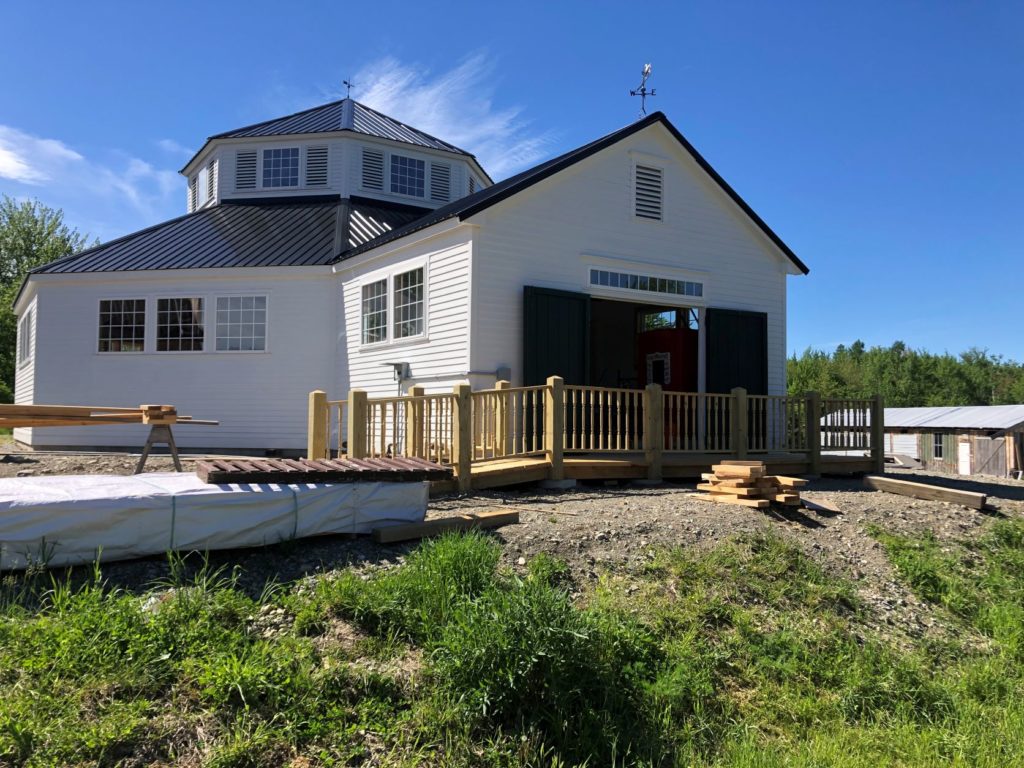
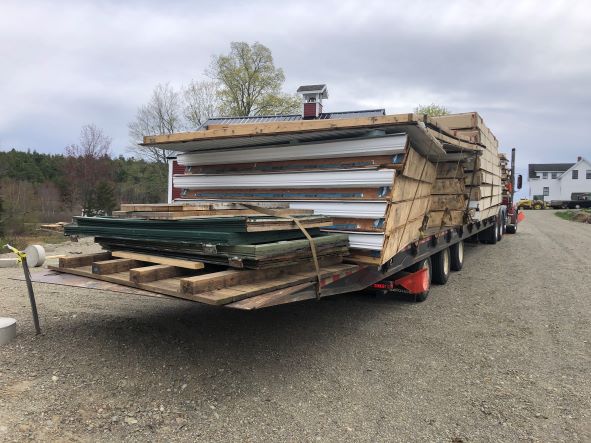
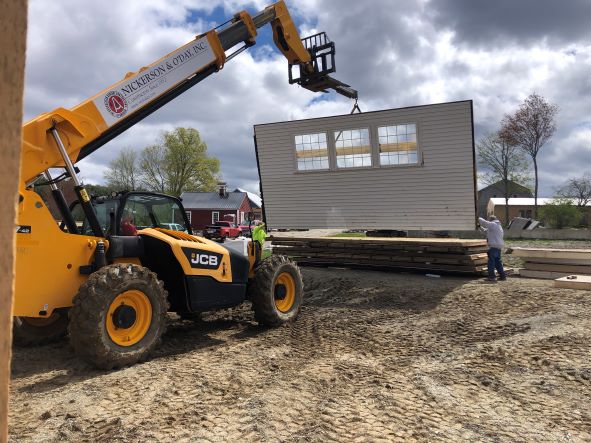

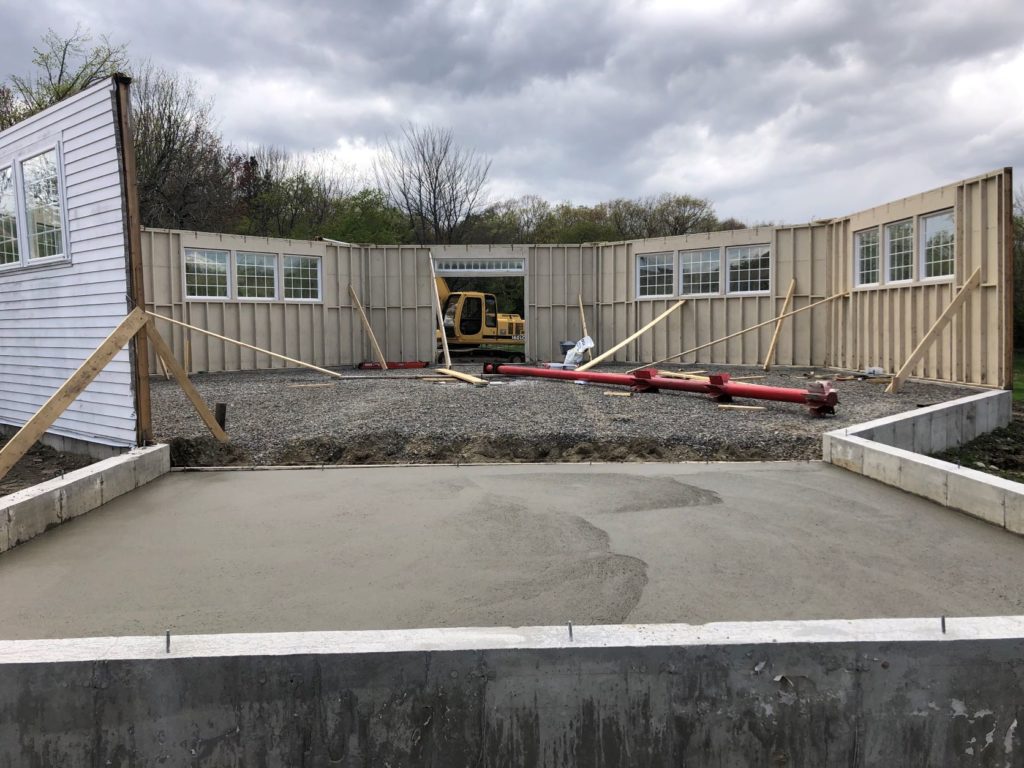
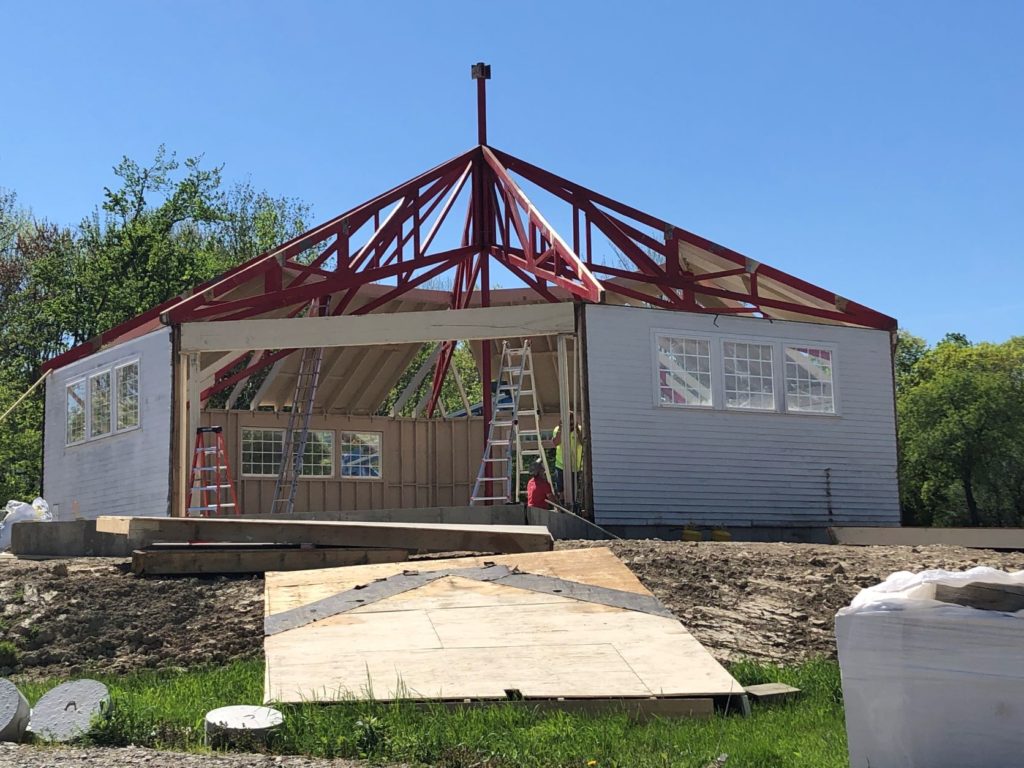
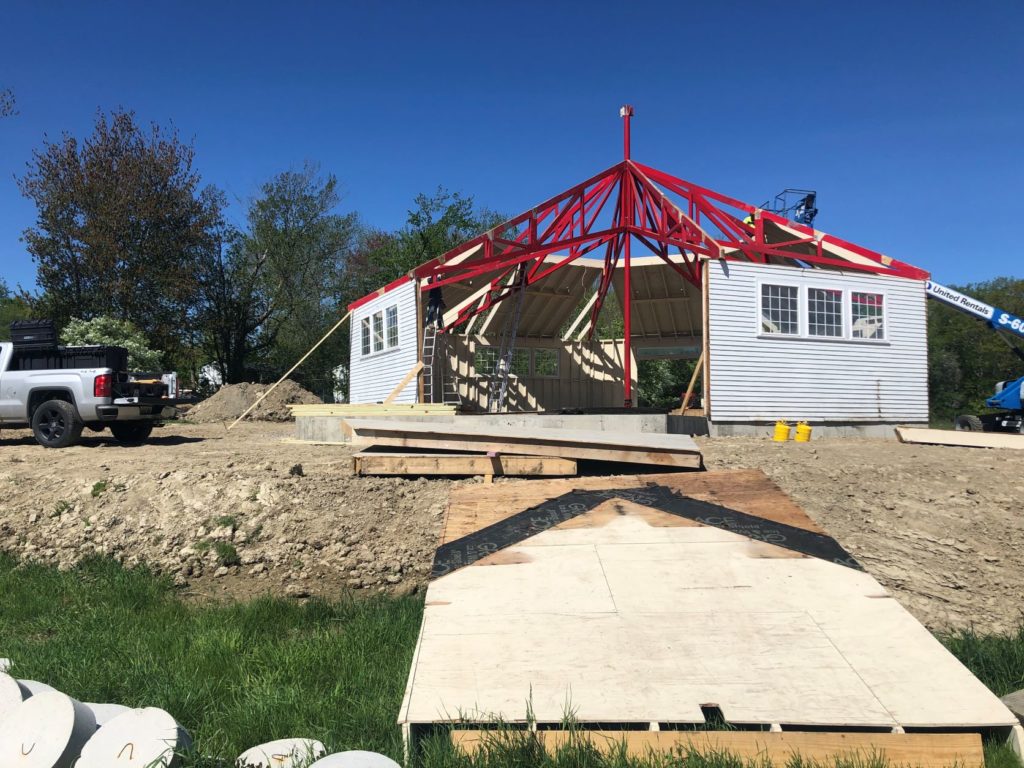
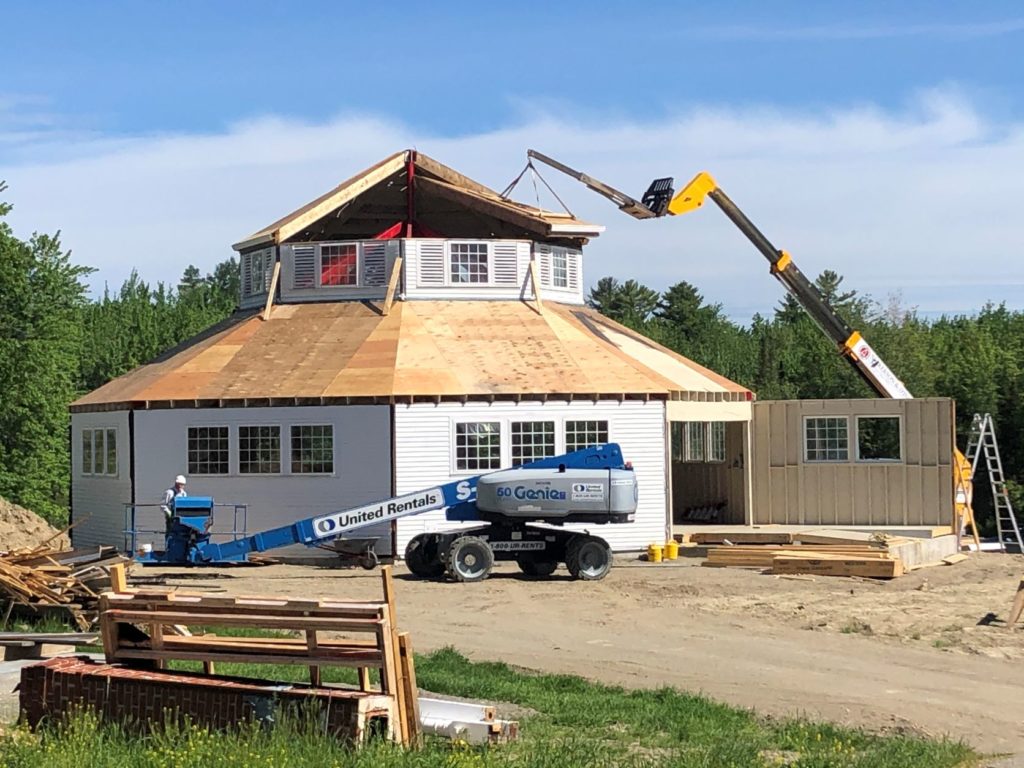
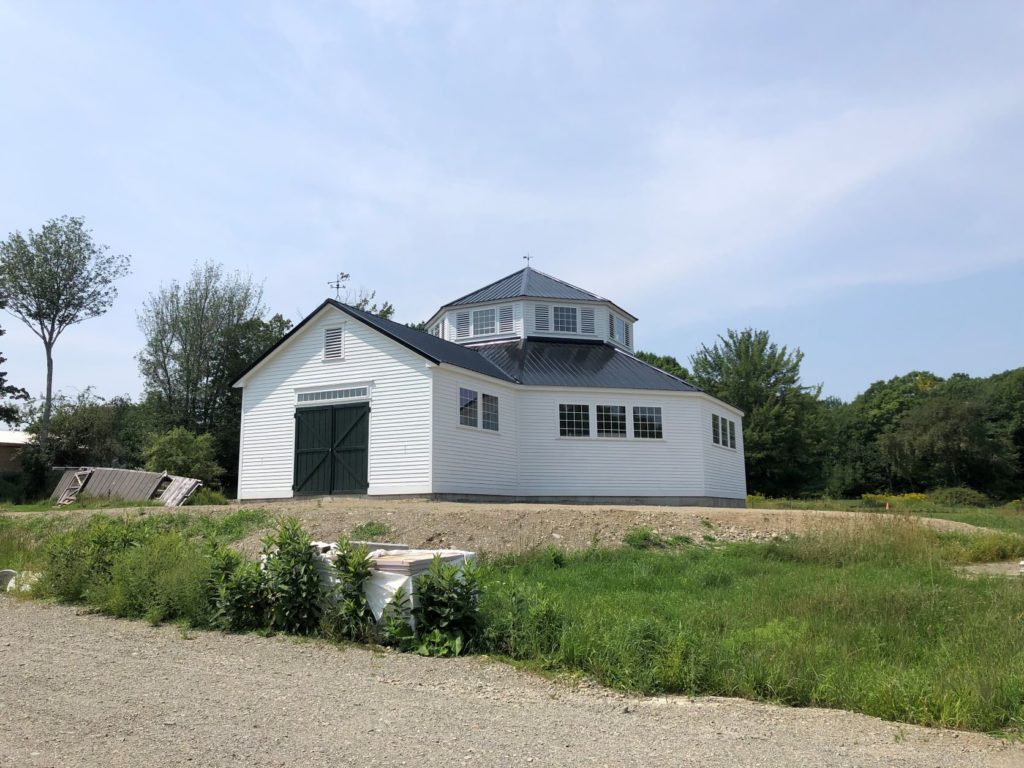

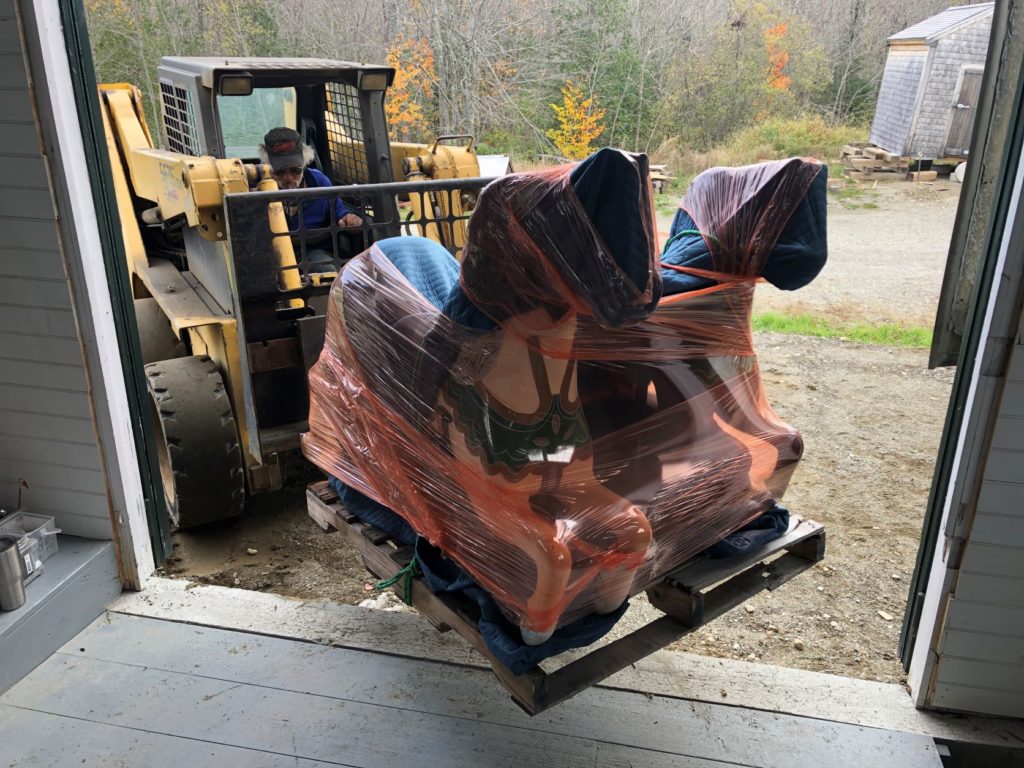
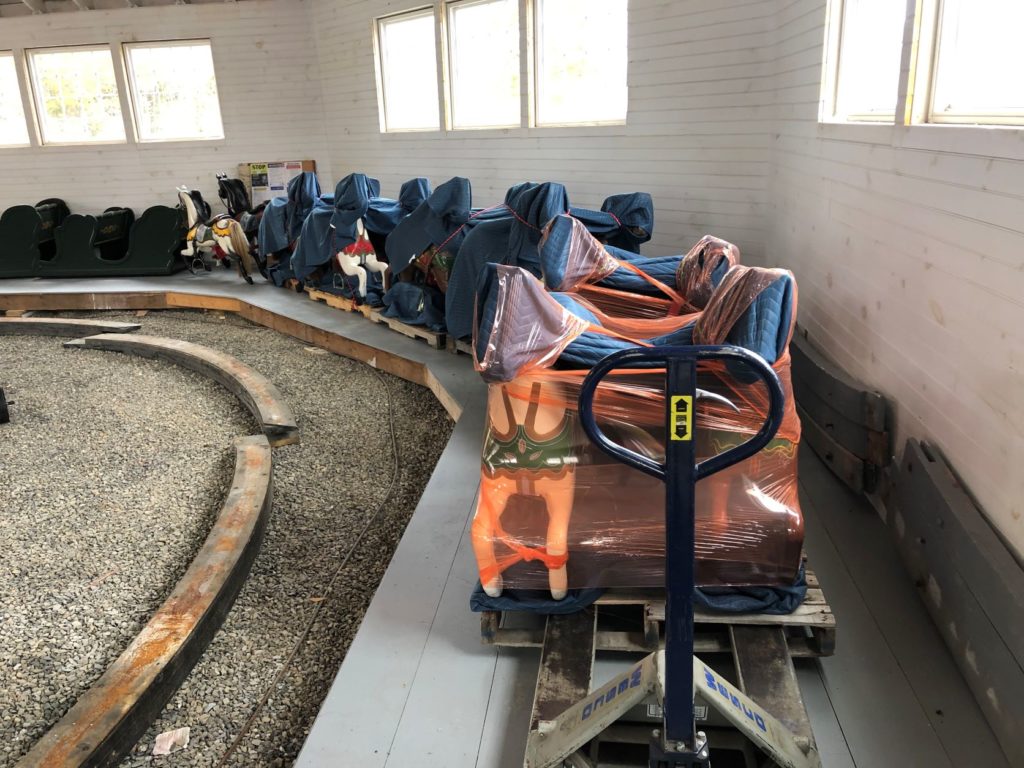
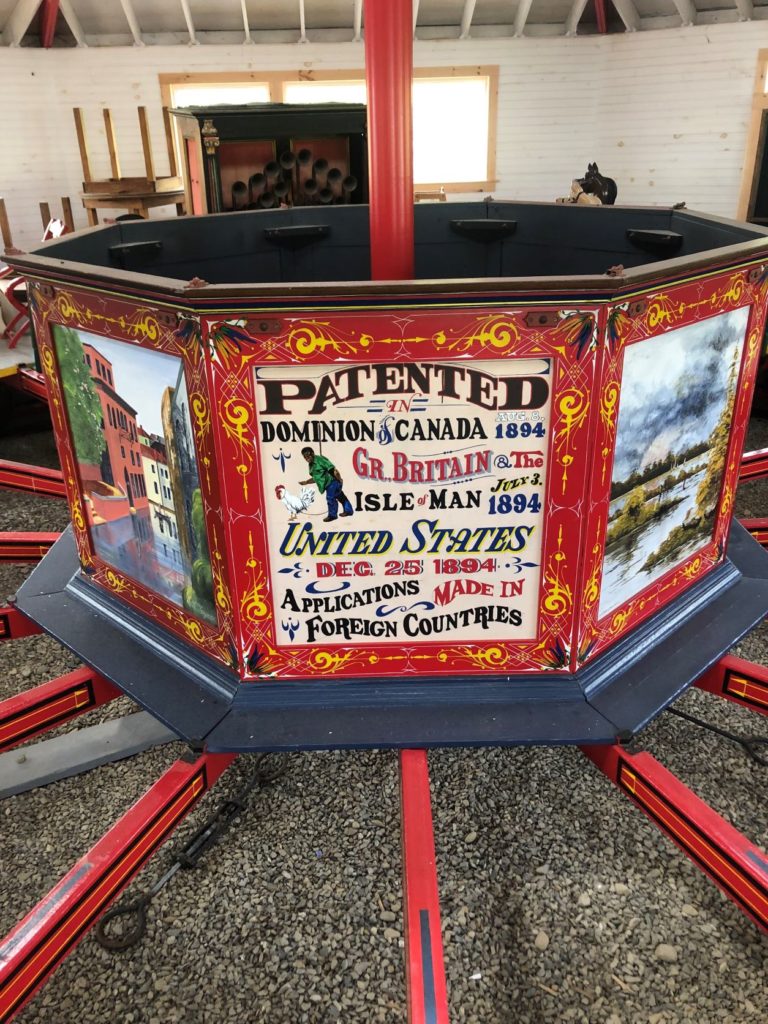
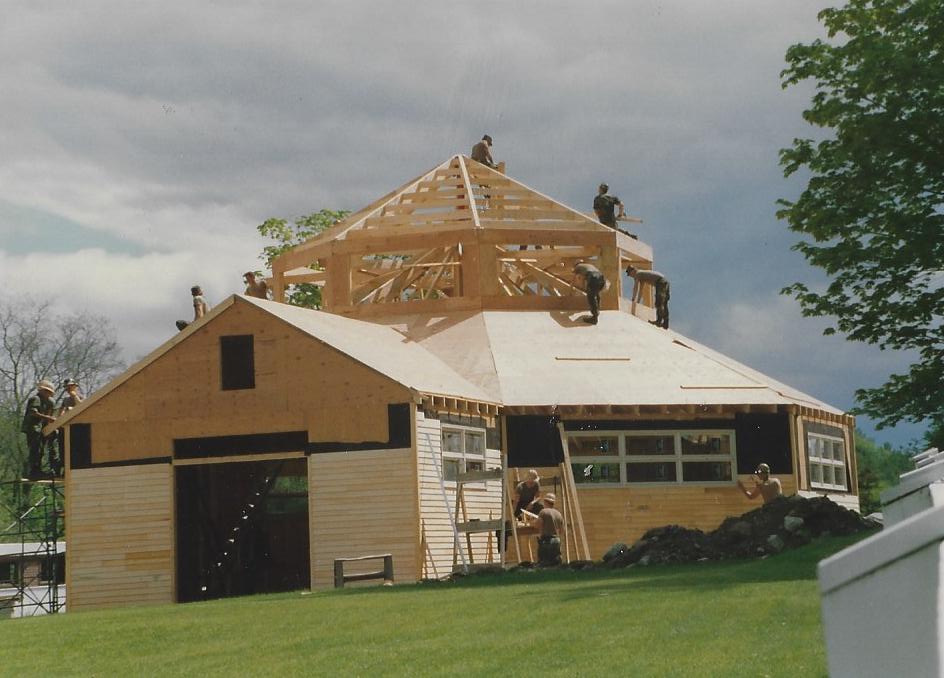
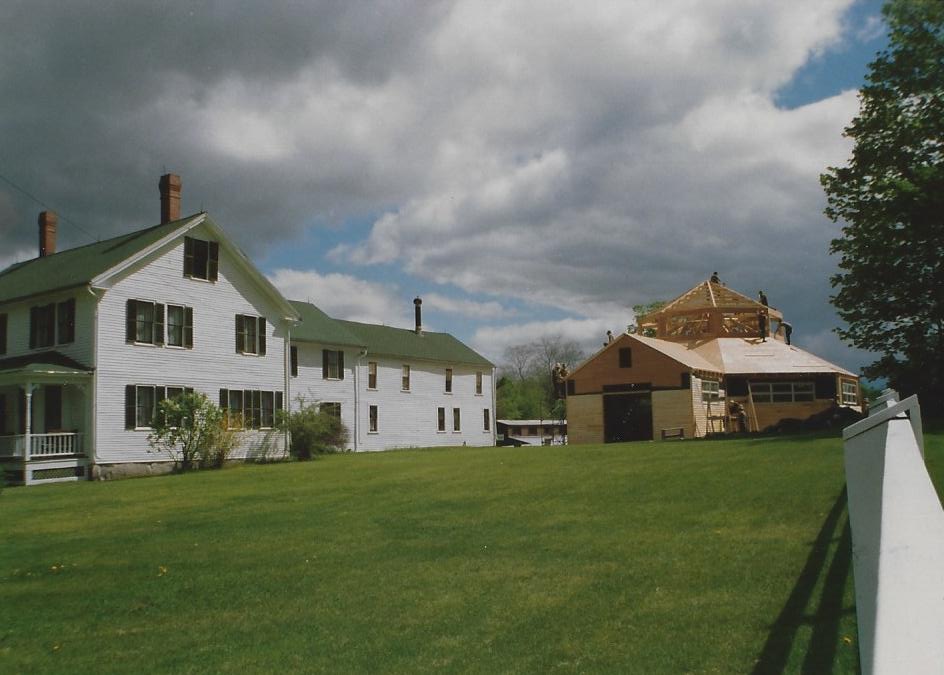
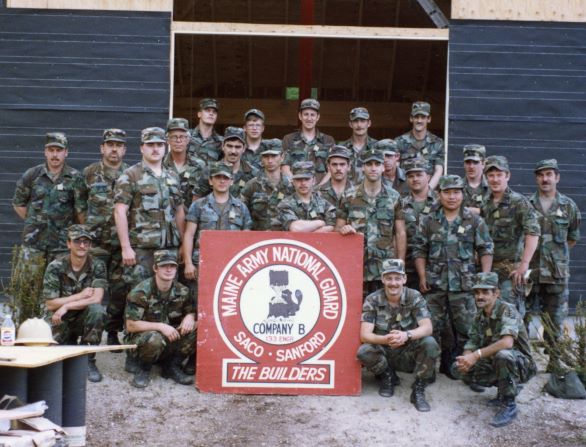
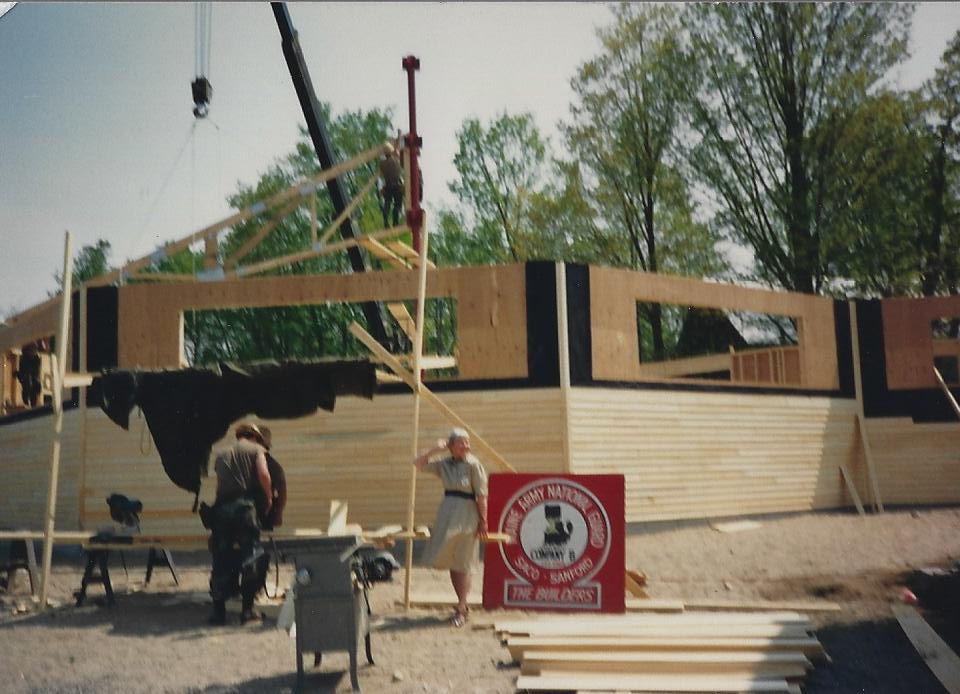
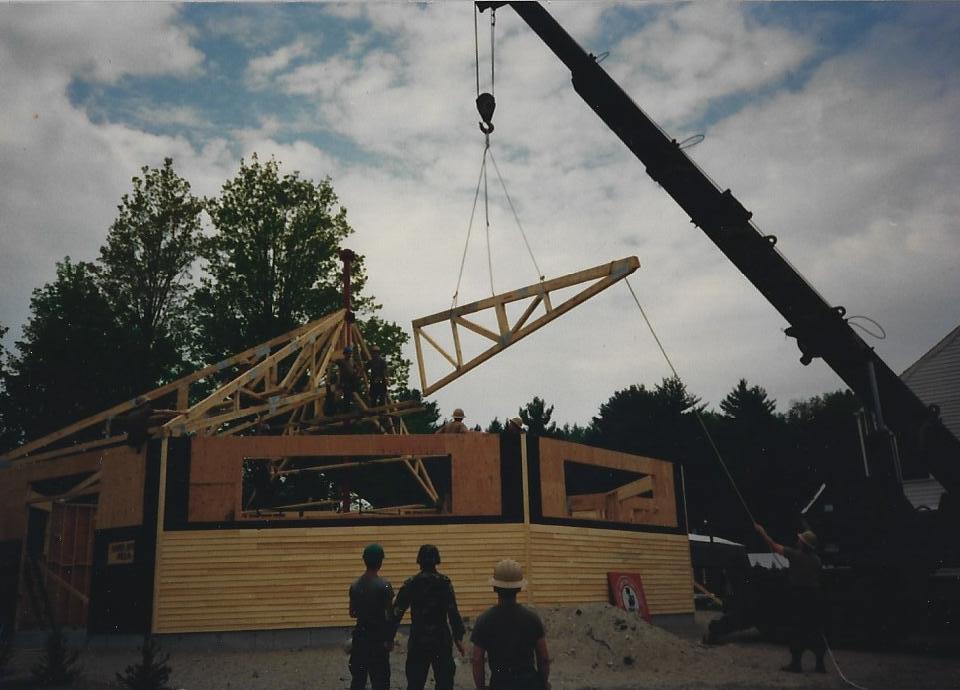
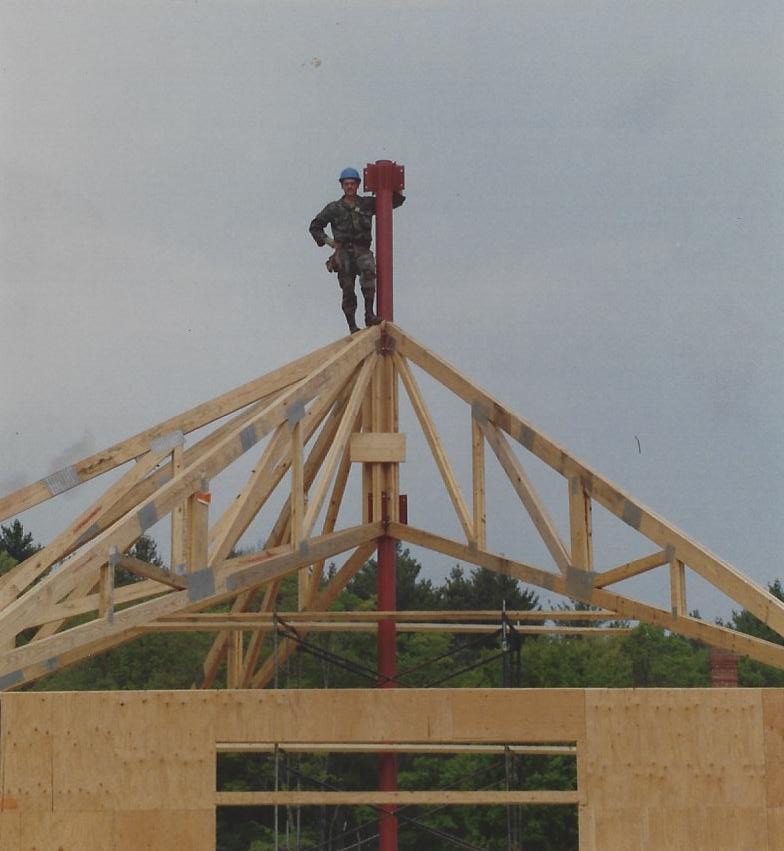
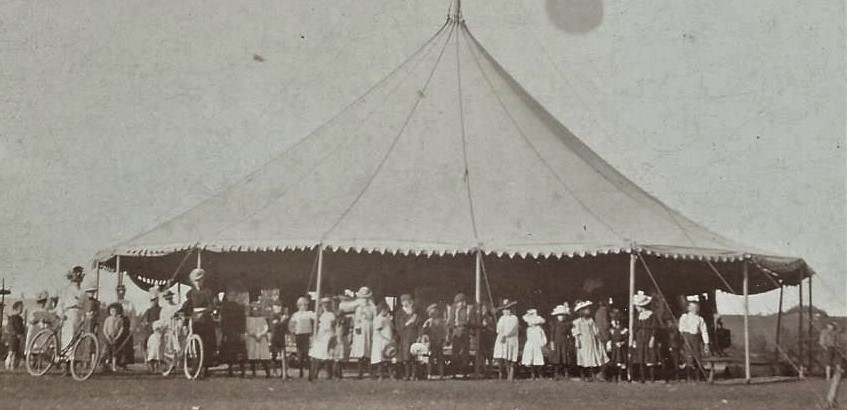
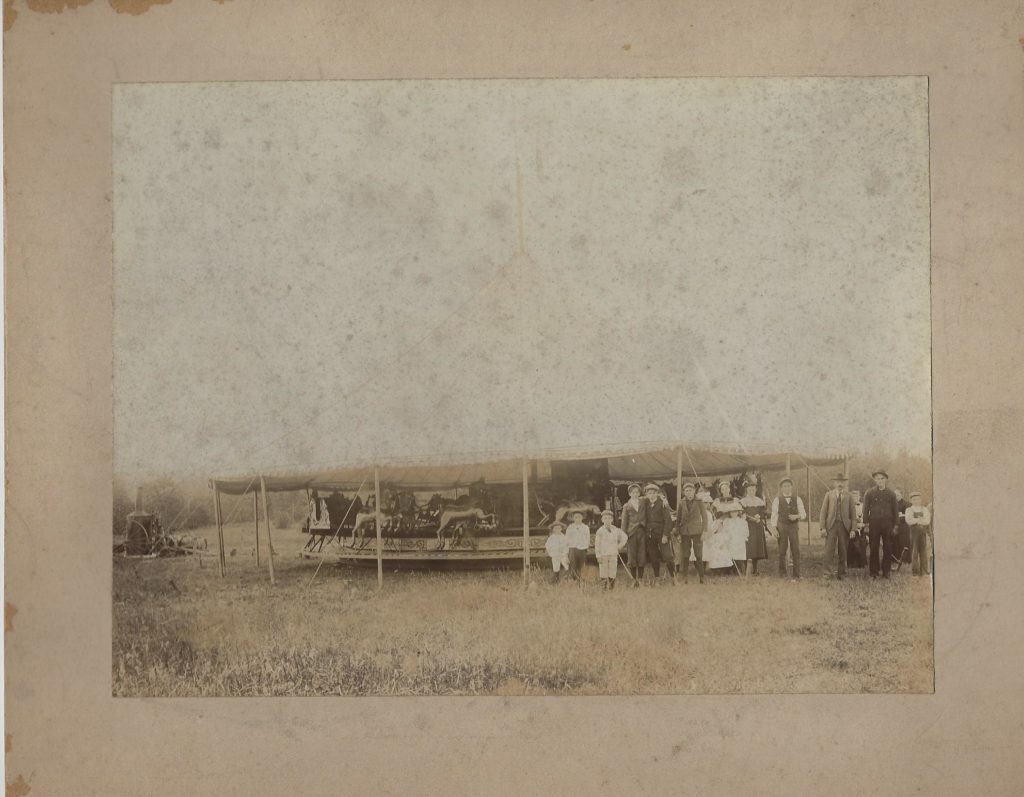
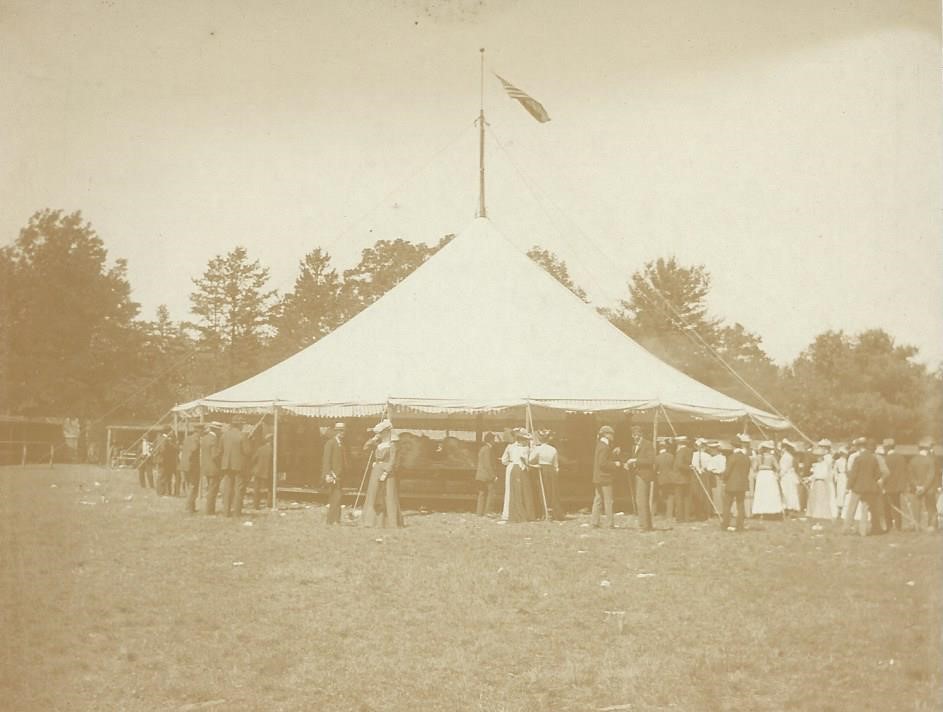

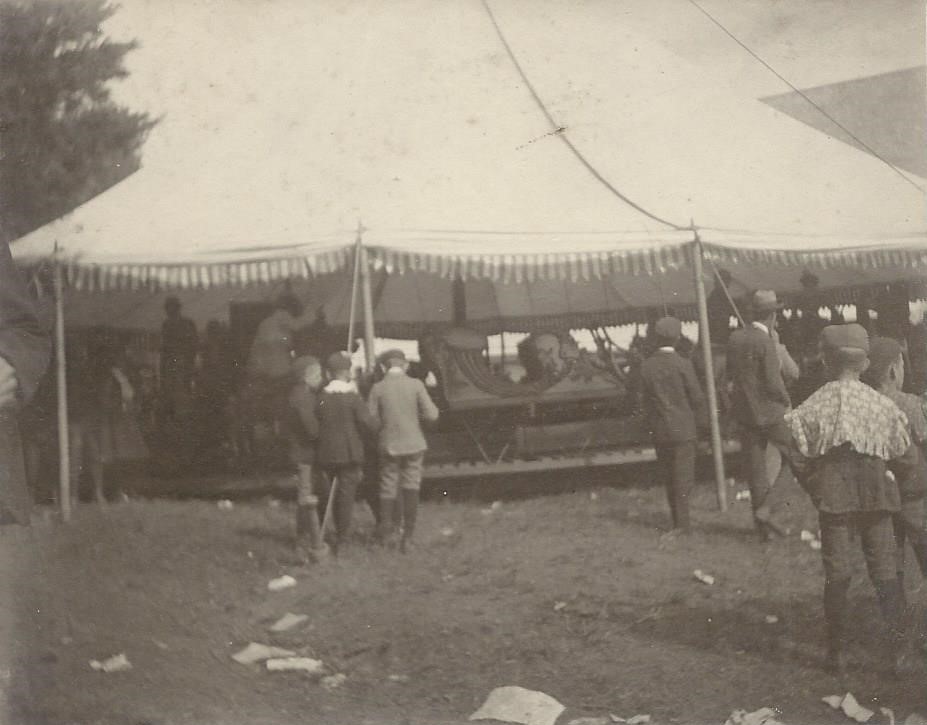
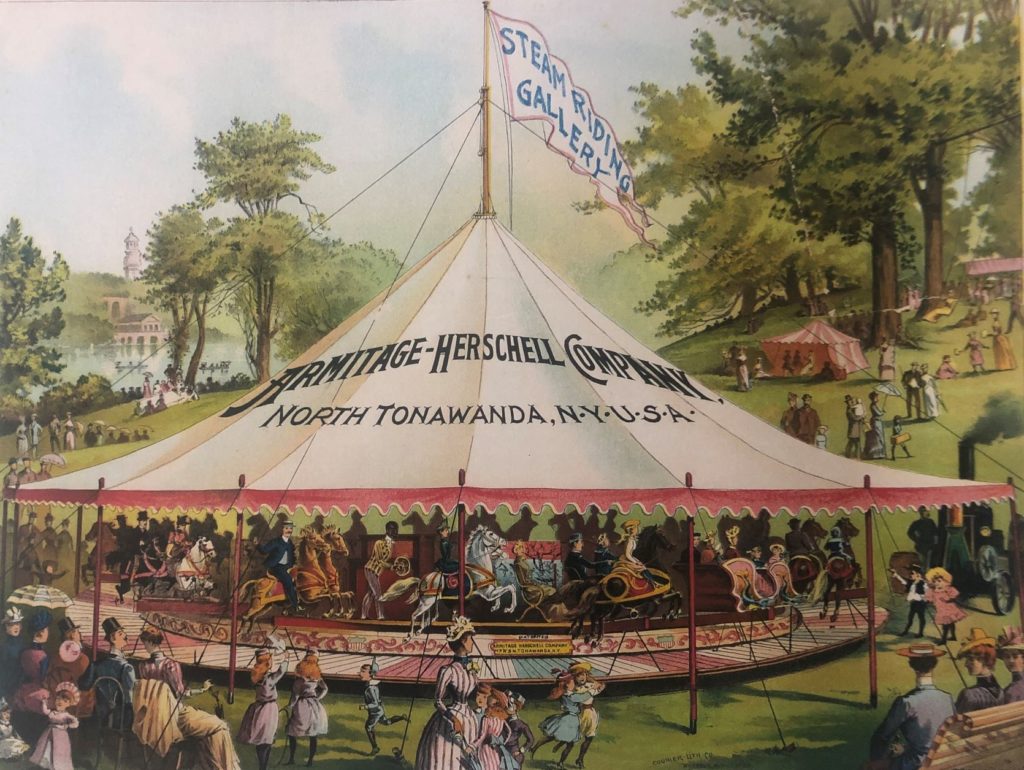
Carousel Restoration (1970s & 1980s)
The carousel was used at countless outdoor venues in Maine, New Hampshire, and Massachusetts from 1896-1922. It was retired to a hay barn on the Fenderson farm in Saco, Maine for more than 50 years until it was offered to the museum Willowbrook at Newfield. It took fifteen years to restore it and to build an octagonal structure to house it for continued operation. It opened to the public in May 1991 and ran in Newfield, Maine until October 2019. It was disassembled and relocated to 19th Century Curran Village. It was reassembled inside the relocated Carousel Building and became fully operational again in July 2022.
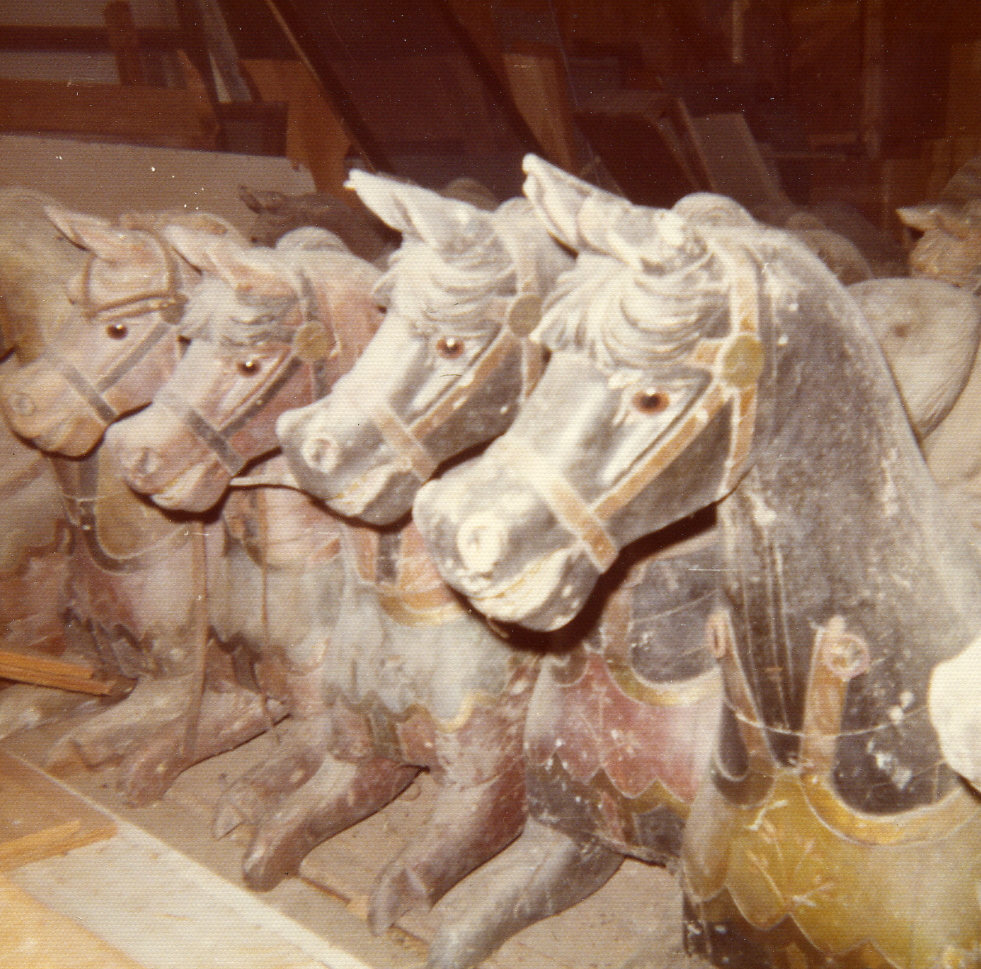
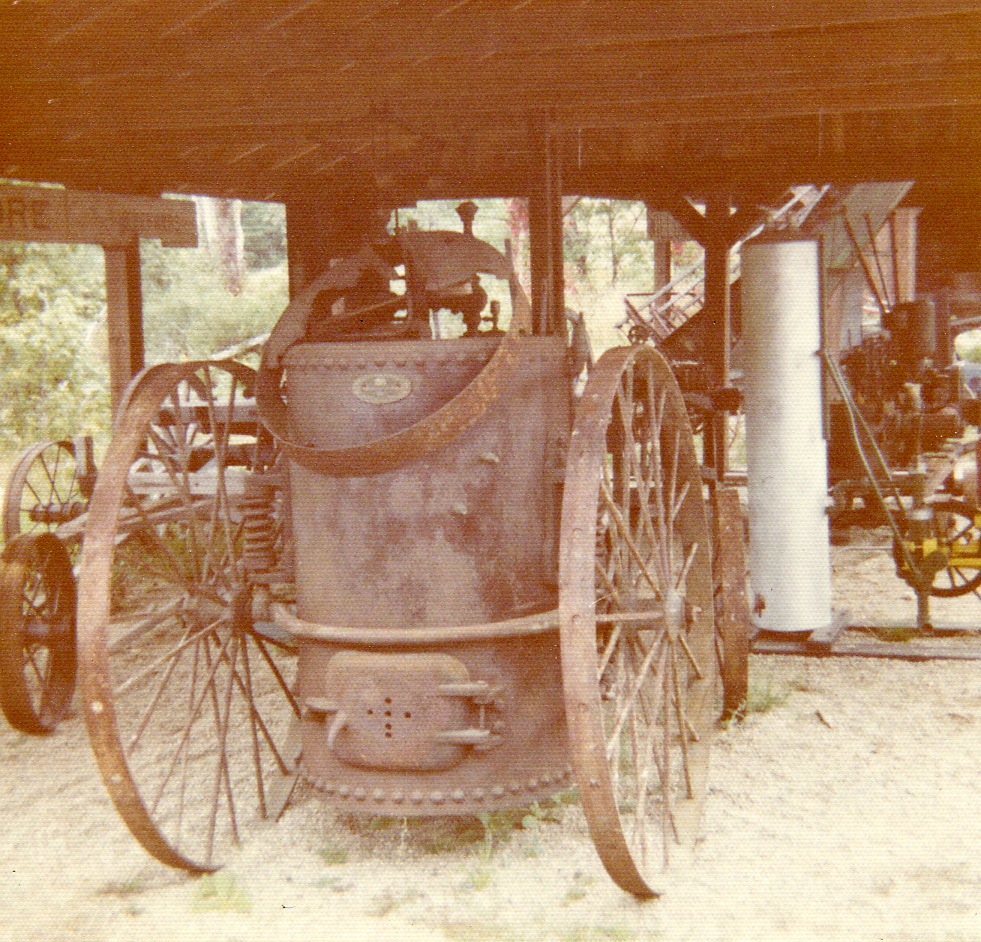
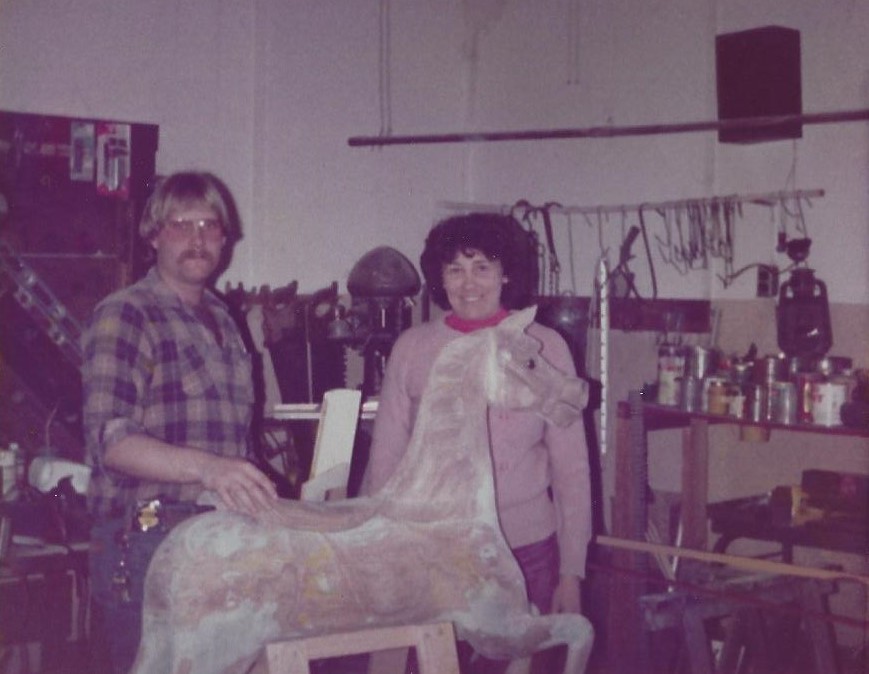
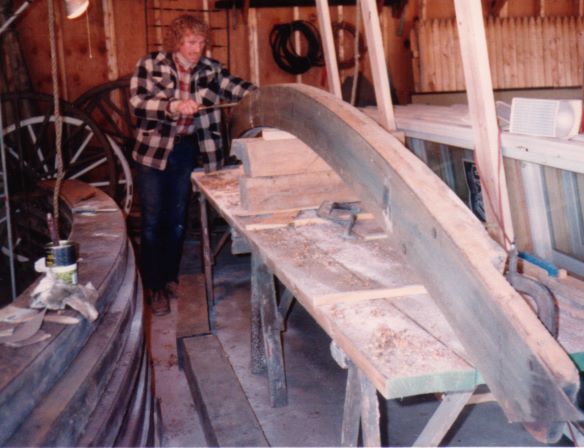
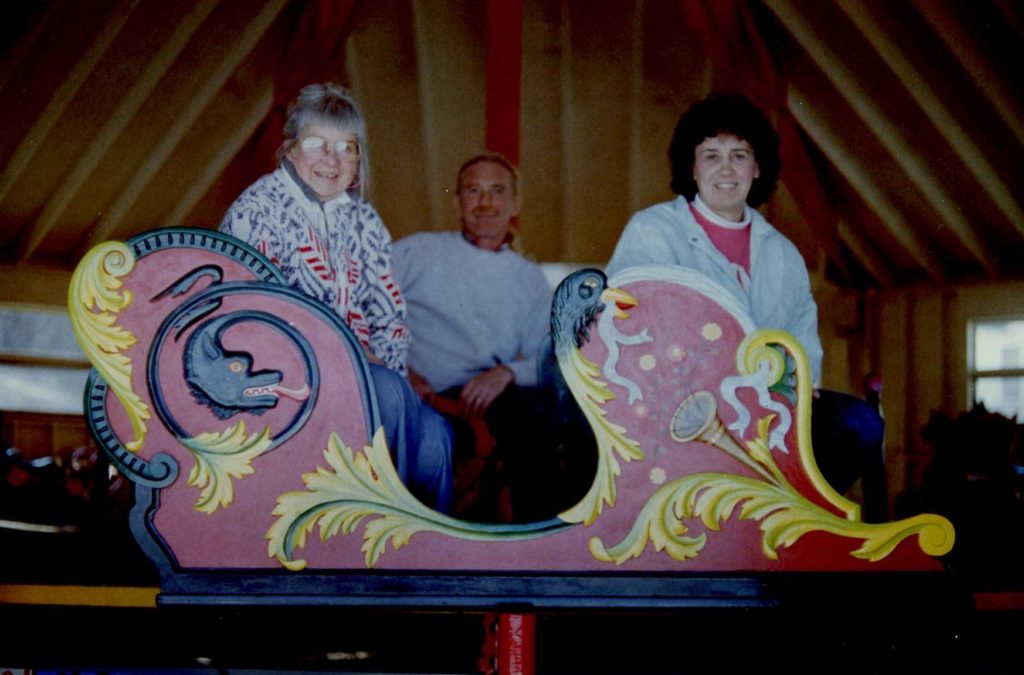
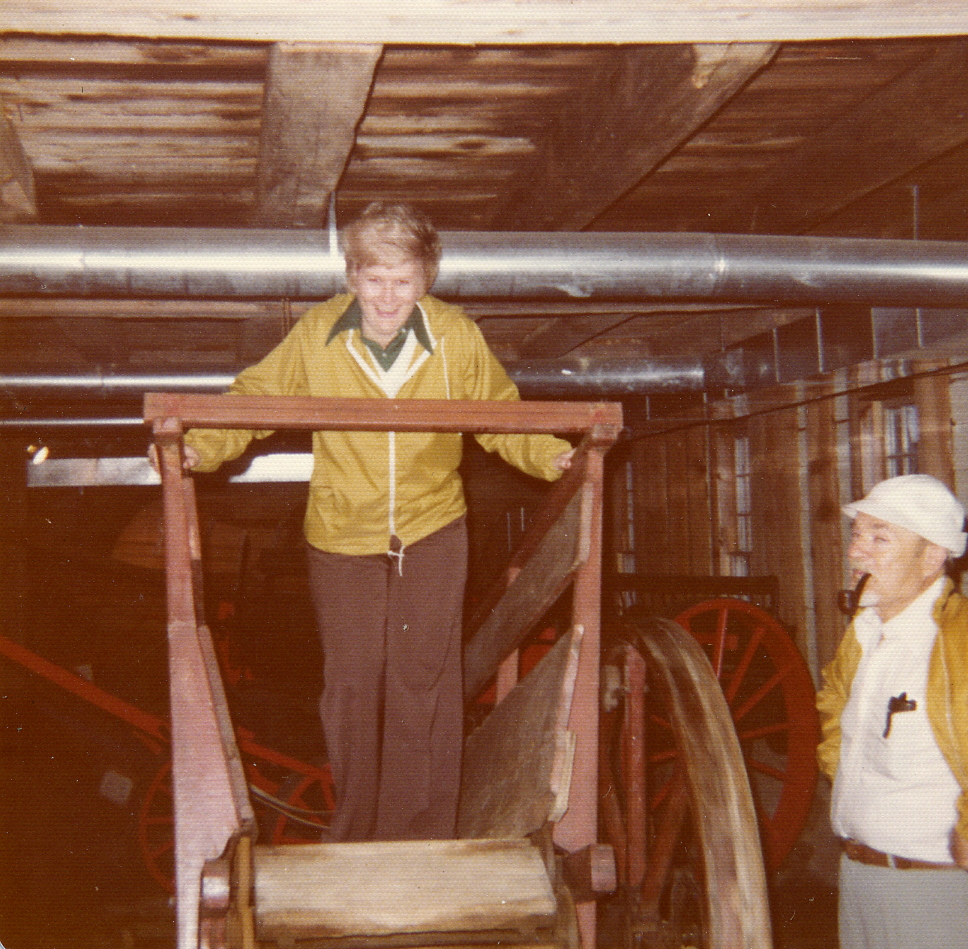

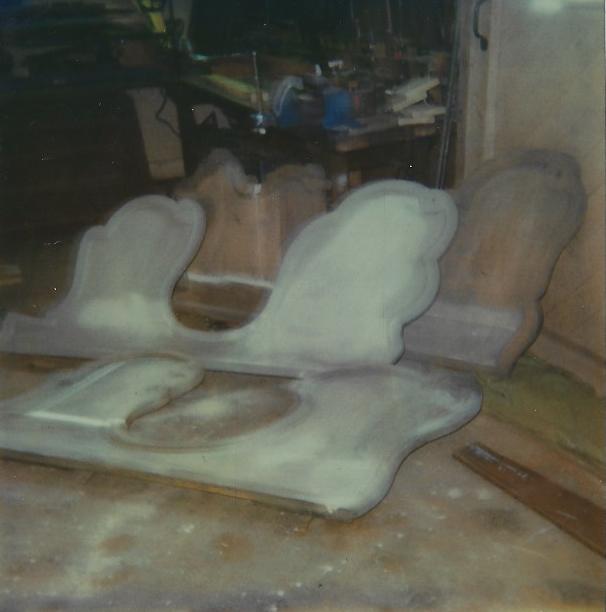
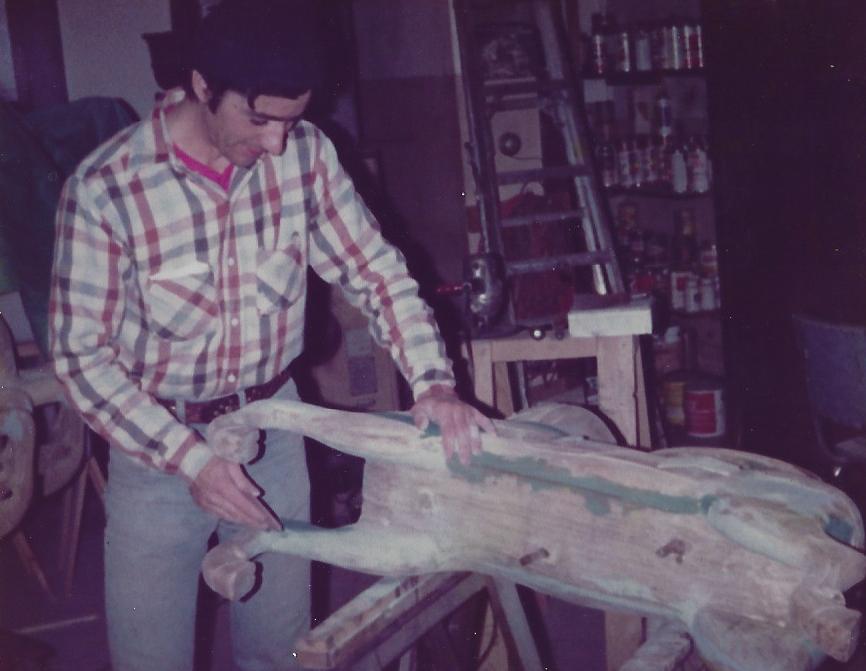

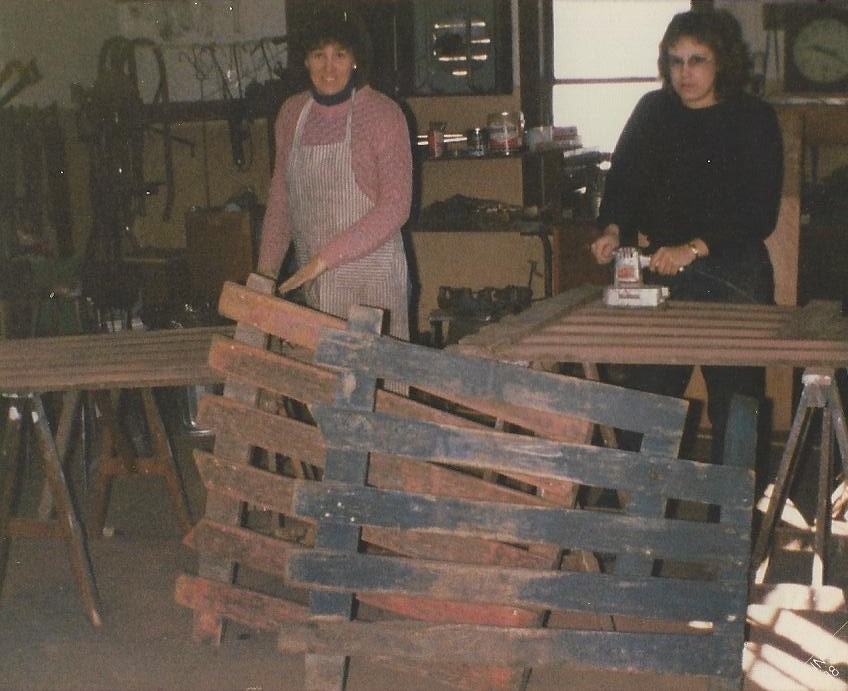
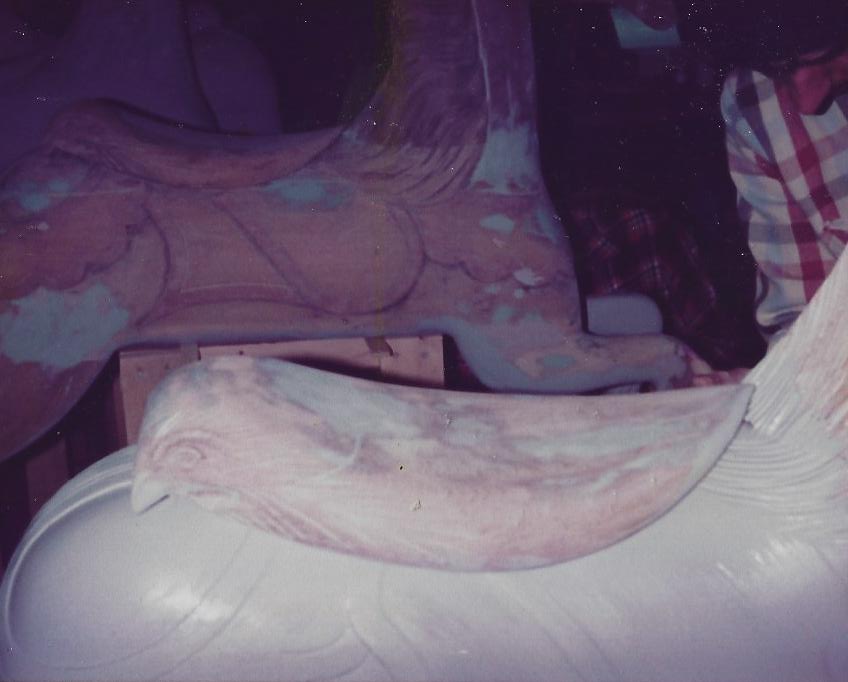
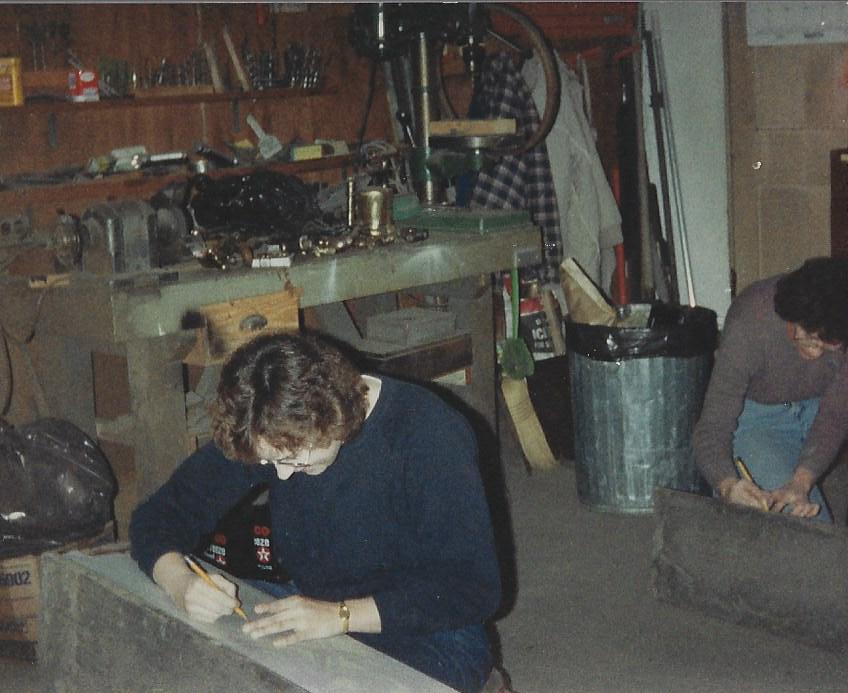
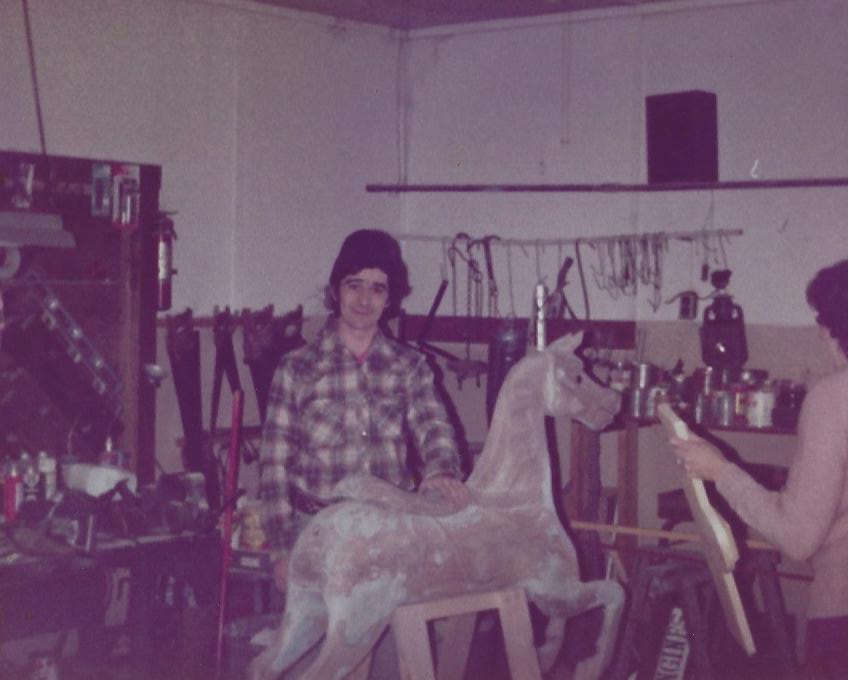
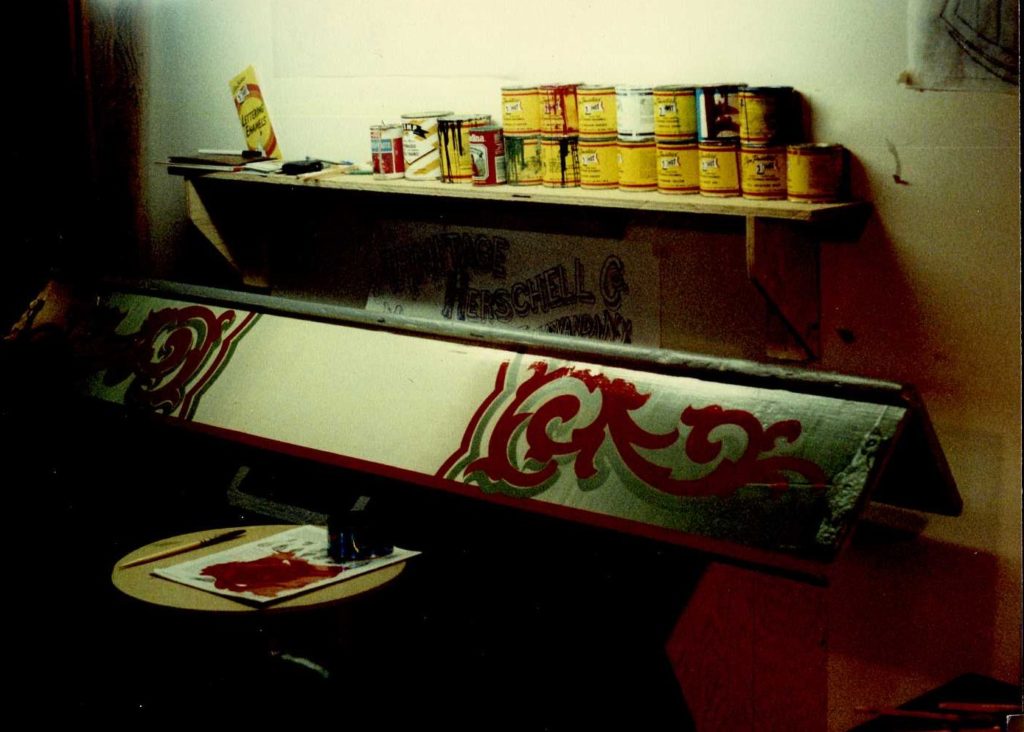
In February 2020, 19th Century Curran Village had its’ last public event at their Newfield site, the former 19th Century Willowbrook Village (A.K.A. Willowbrook Museum). Curran ran the Newfield, Maine site for three seasons under it’s own aegis while simultaneously having offerings available at it’s Orrington, Maine home base. This 2020 Ice Harvest sans Klondike Derby Camporee saw more than 200 Boy Scouts from York County, Maine and beyond ( there was a troop from Massachusetts who attended) with offerings of blacksmithing, draft horse and bobsled rides, and homemade food in addition to the Boy Scout Councils own event offerings. This was a fitting ending for the Museum in Newfield after almost fifty years of activity for the public on the site. Certainly, there were multiple factors which decided the final closing of the Newfield museum, and one of these was the necessity to shut down our campus due to the escalating effects of COVID-19 for an indeterminate amount of time starting in March 2020 with the cancellation of our Maple Syrup and Irish Celebration Event. We thank the many people that contributed their time as volunteers and staff and the financial support that allowed us to serve especially more than 2500 school visitors each season for three years (2017-2020) at the Newfield museum.
With the decision to close permanently, the process of consolidating the collections and other resources of Willowbrook with Curran in Orrington began. This impending reality was the proposed plan that motivated the Willowbrook board of trustees’ decision in 2016 to gift much of the museum and its’ holdings to The Curran Homestead, Inc., a 501(c)(3) non-profit museum in 2017 thus preserving the Willowbrook legacy. What had been known since 1993 as The Curran Homestead Living History Farm and Museum with a mission to present farm life at the end of the 19th Century would undergo a transformation changing its name, broadening its mission and commitment to providing ongoing educational programming for families.
The heruclean task of moving more than 25,000 plus artifacts and museum structures 200 miles north began even before the snow melted with the initial relocation of several early gas engines. In 2020 and 2021, Curran, now known as “19th Century Curran Village” moved 14 structures with the assistance of Guy Pilote, owner of Tancrede Moving in Lewiston, Maine, and Nickerson & O’Day Construction of Brewer, Maine. The latter donated much of his expertise, labor and use of equipment for all but one of the structures re-located. The largest and most complicated structure, the three-story octogonal barn that housed the 1894 Armitage-Herschell horse carousel at Willowbrook was re-located exclusively by Nickerson & O’Day, who donated a portion of their fee for the relocation and re-assembly of the structure. The 1894 Armitage-Herschell horse carousel was disassembled and re-assembled by Curran staff.
Largely with a crew of three that included part-time worker Calvin McGraw, Guy Pilote, and Robert Schmick, our museum director, with contributions from part-time carpenter apprentice Nate Coe, and volunteers Doug Dolan of Hollis Center, Tom Bragg of Kennebunk, and our Curran board members Irv Marsters, Fred Hartstone, Stan White and Dick Stockford ( with other contributions from the rest of our board), structures and collections were relocated 189 miles north. Additionally, collections were off loaded to temporary storage sites and buildings were unloaded, re-assembled, restored and improved upon. Two of the three properties that comprised the Willowbrook Museum were sold by the end of the summer of 2021 thus necessitating an accelerated schedule for this work, as collections and structures has to be removed as a condition of the sales. The last remaining property of the former Museum that includes the Newfield Post Office and the Red Barn Building is currently for sale. The sale of these properties were as intended in gifting them to Curran a means of underwriting the significant cost of creating an infrastructure to both house and utilize the former Willowbrook Collection in as well as Curran’s own prior resources to create a museum village focused on living history and hands-on learning experiences.
#13 Whig & Courier Letterpress Office
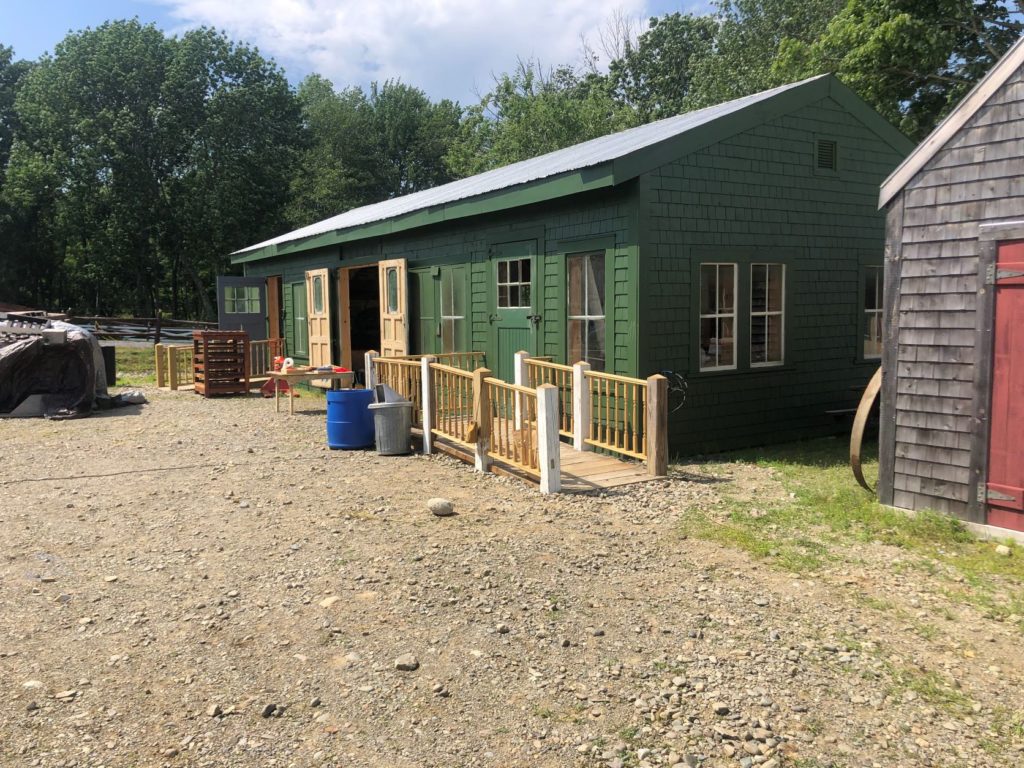
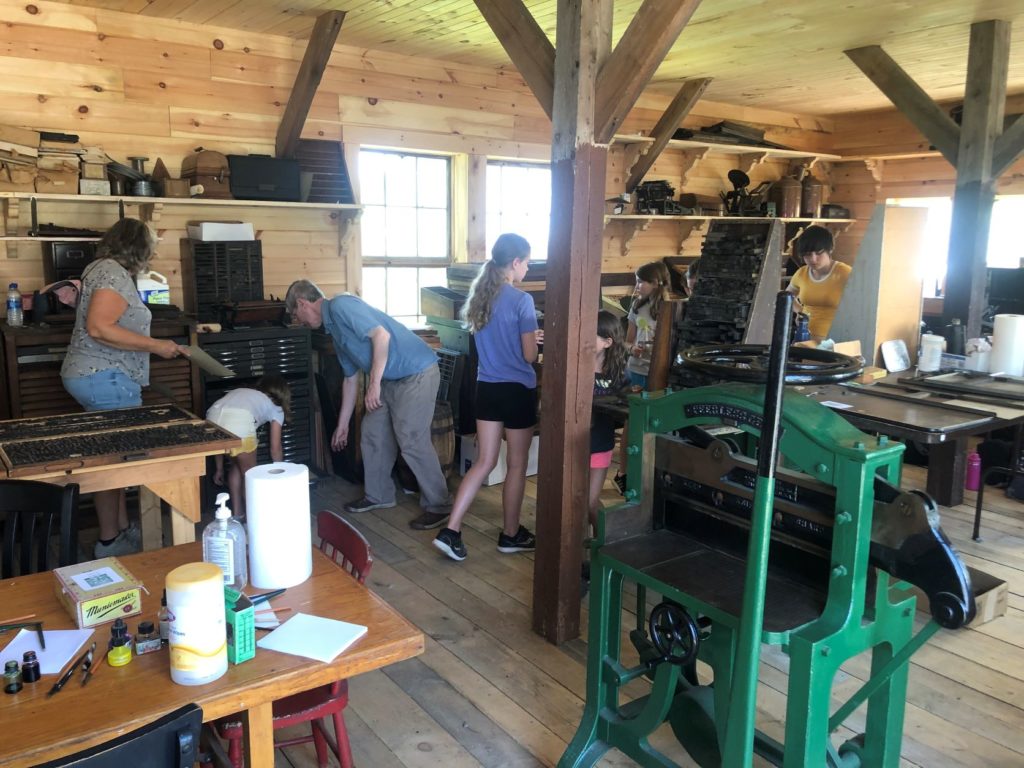
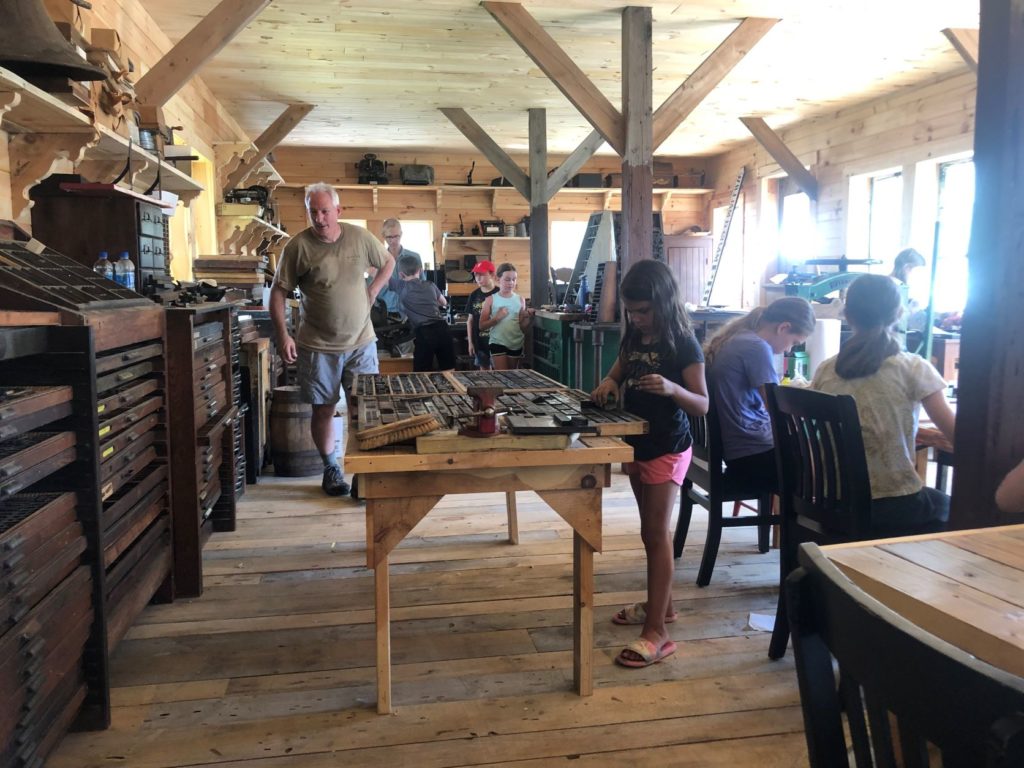
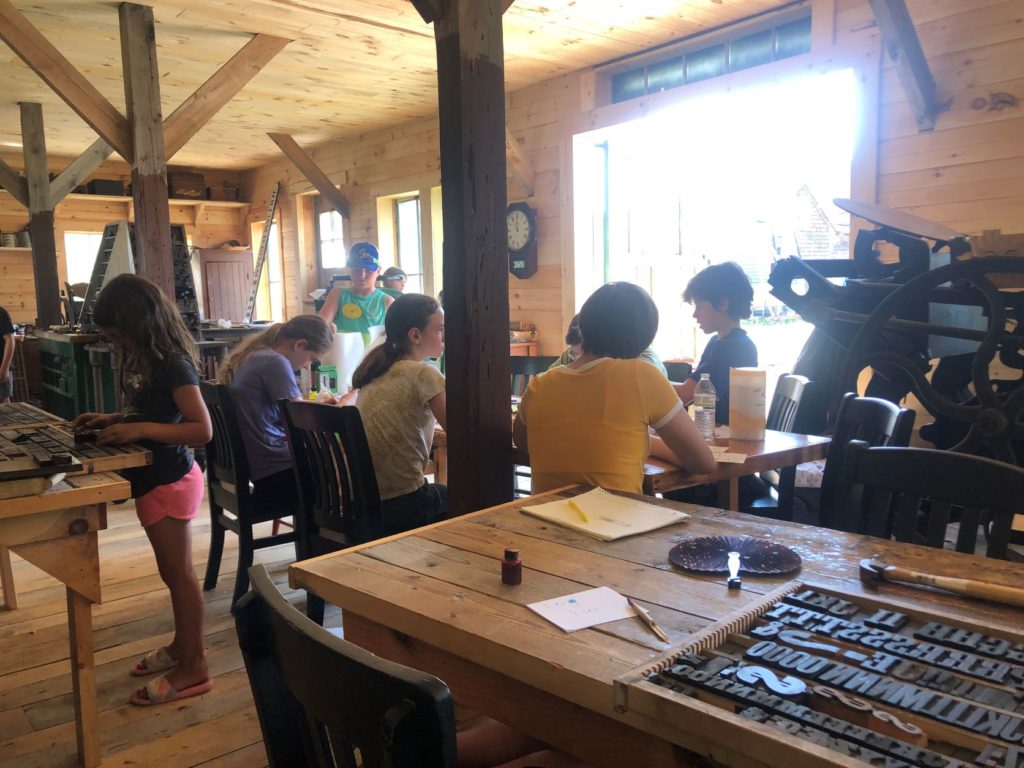
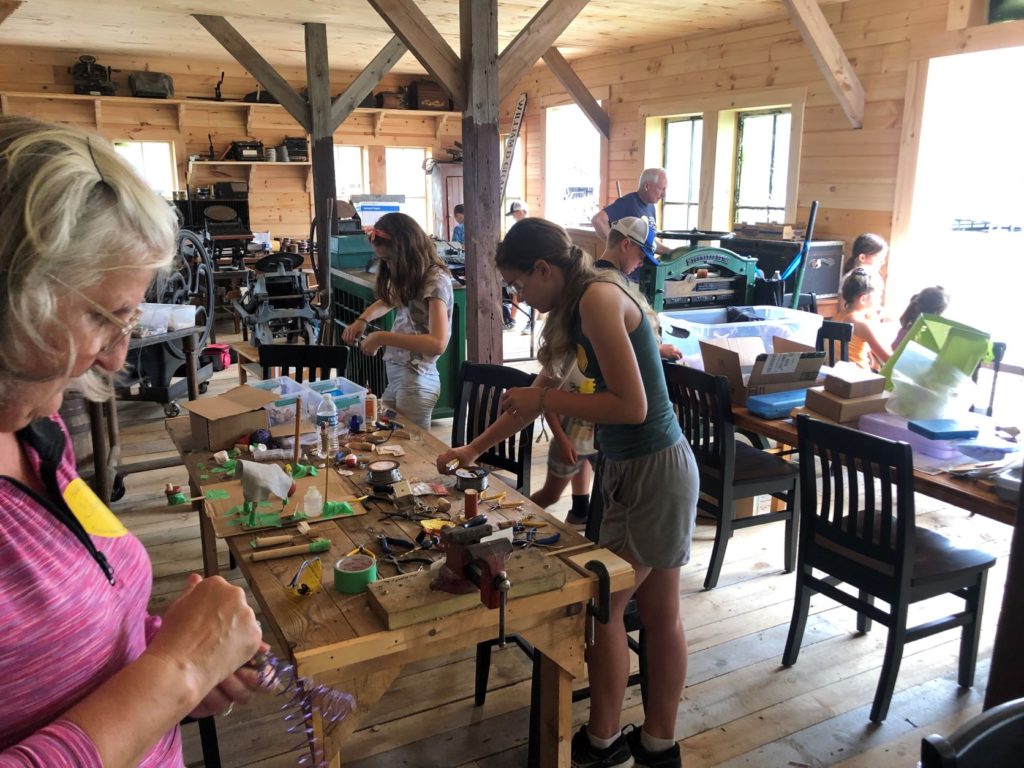
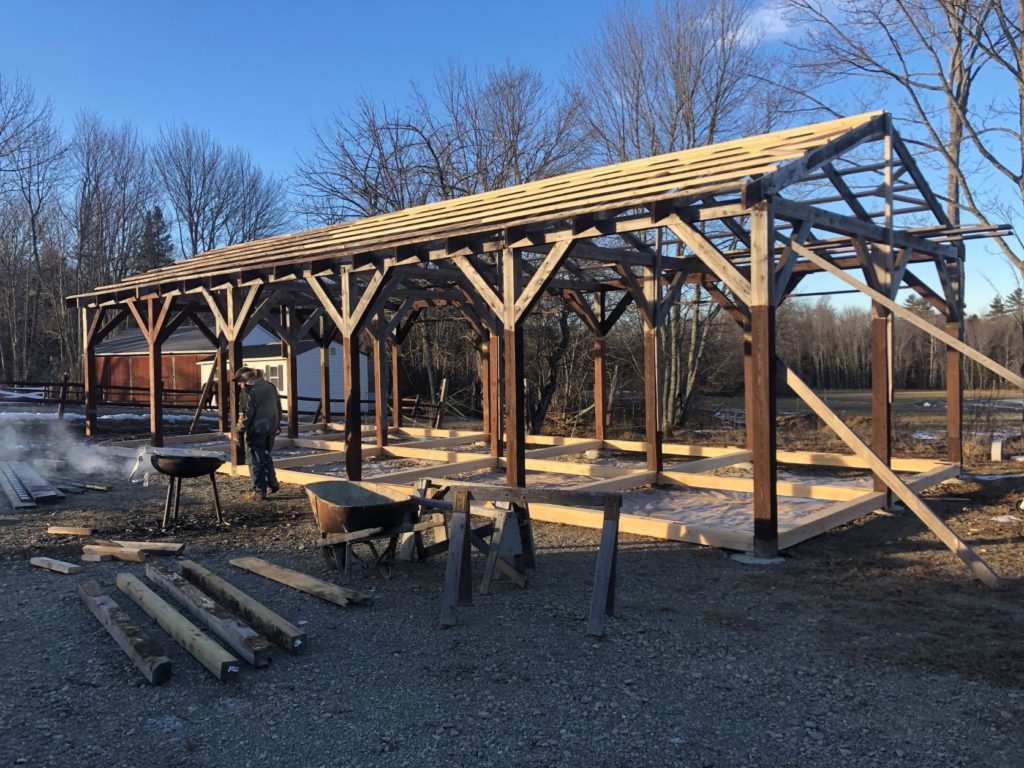

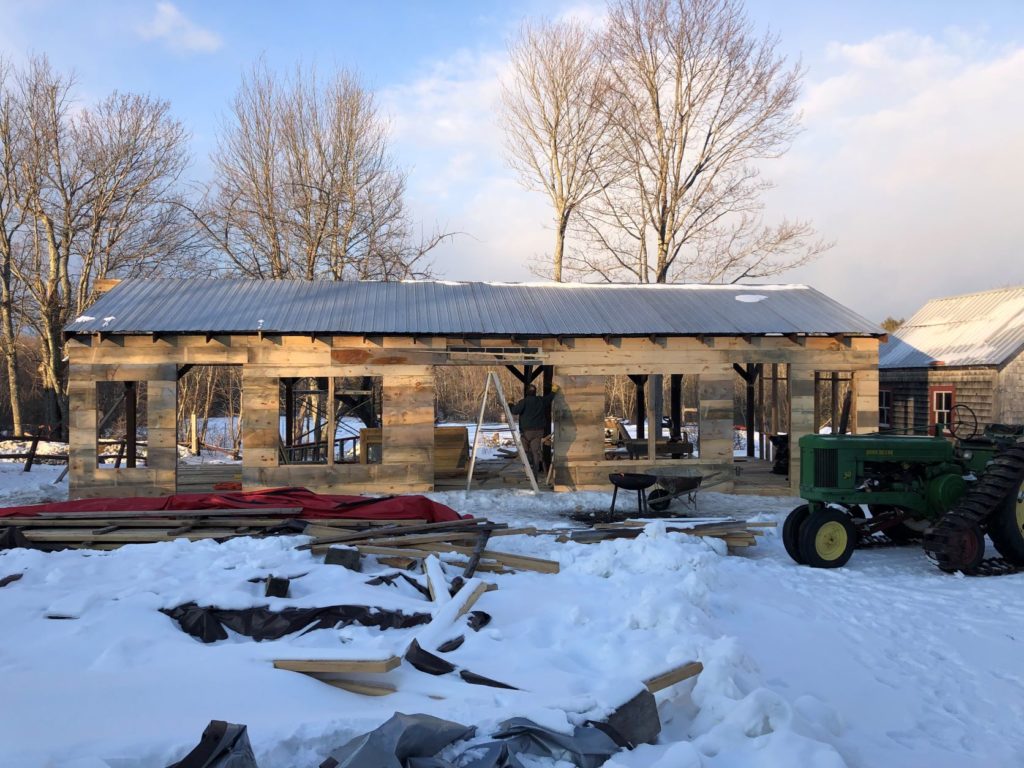
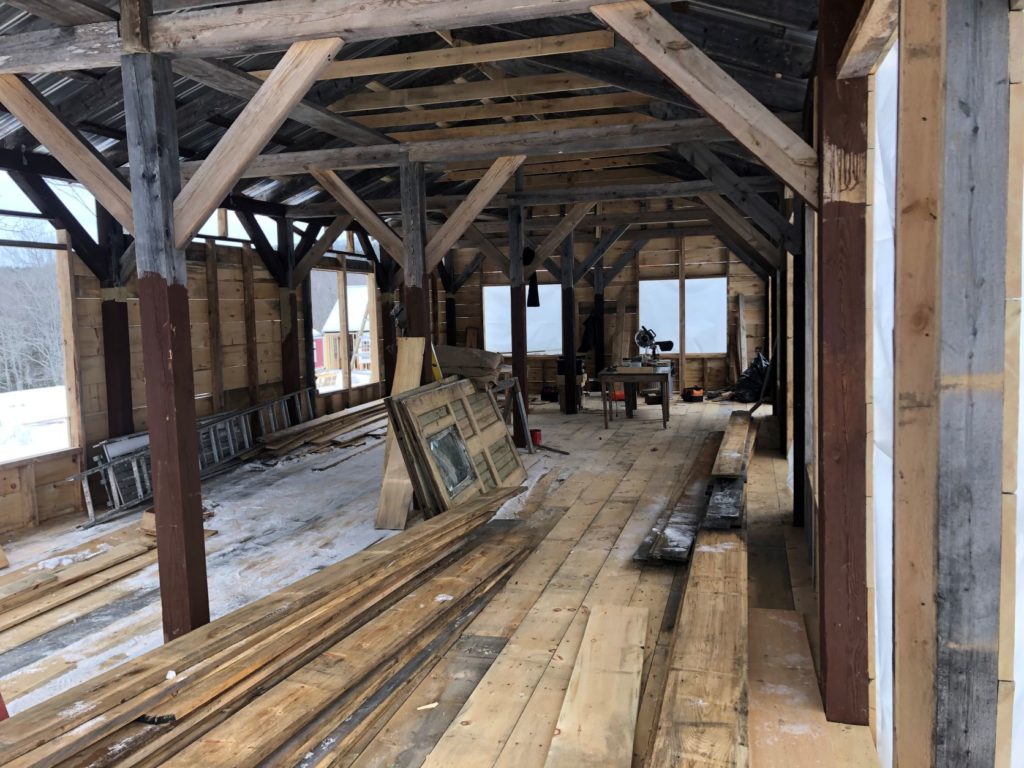
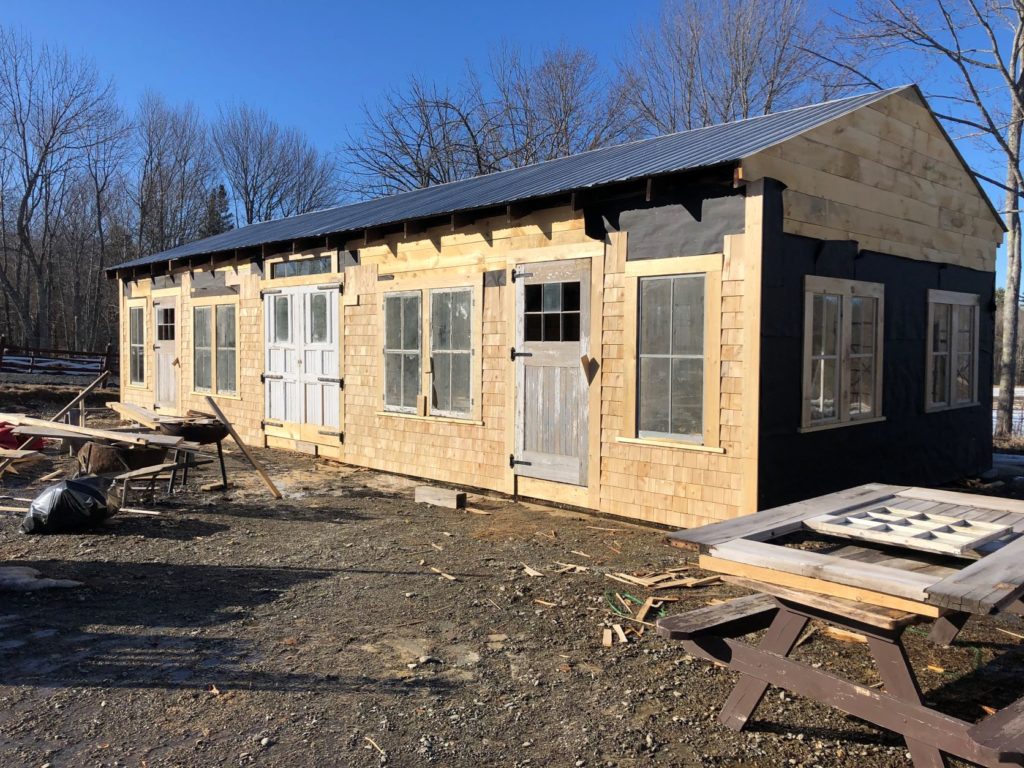

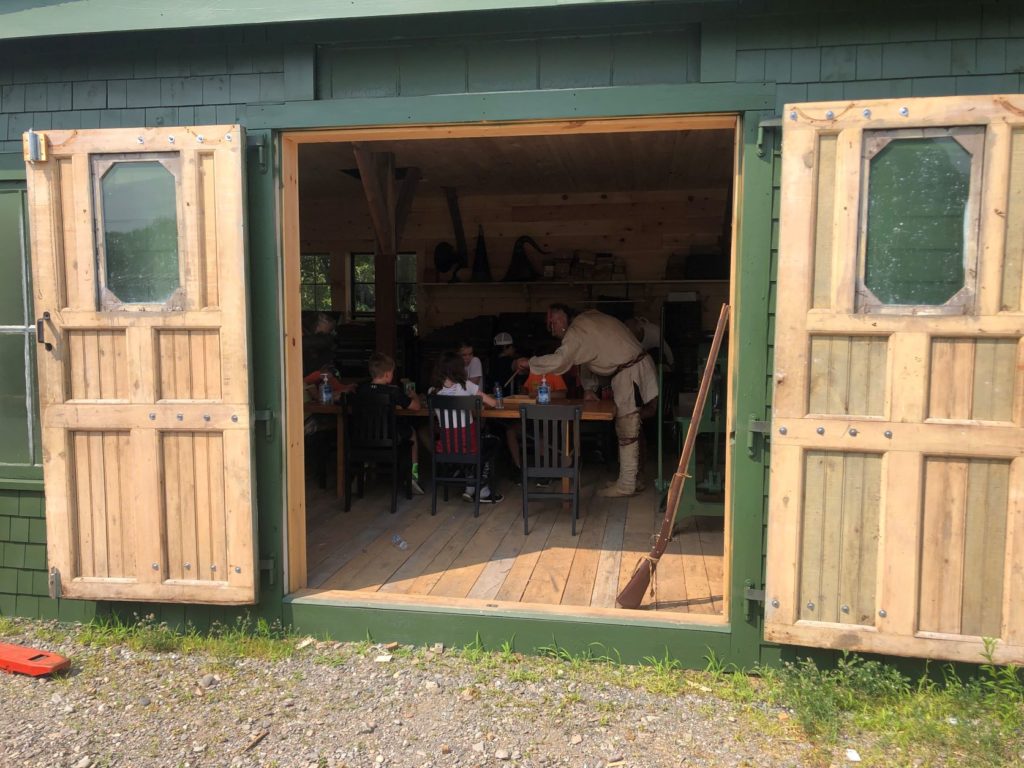
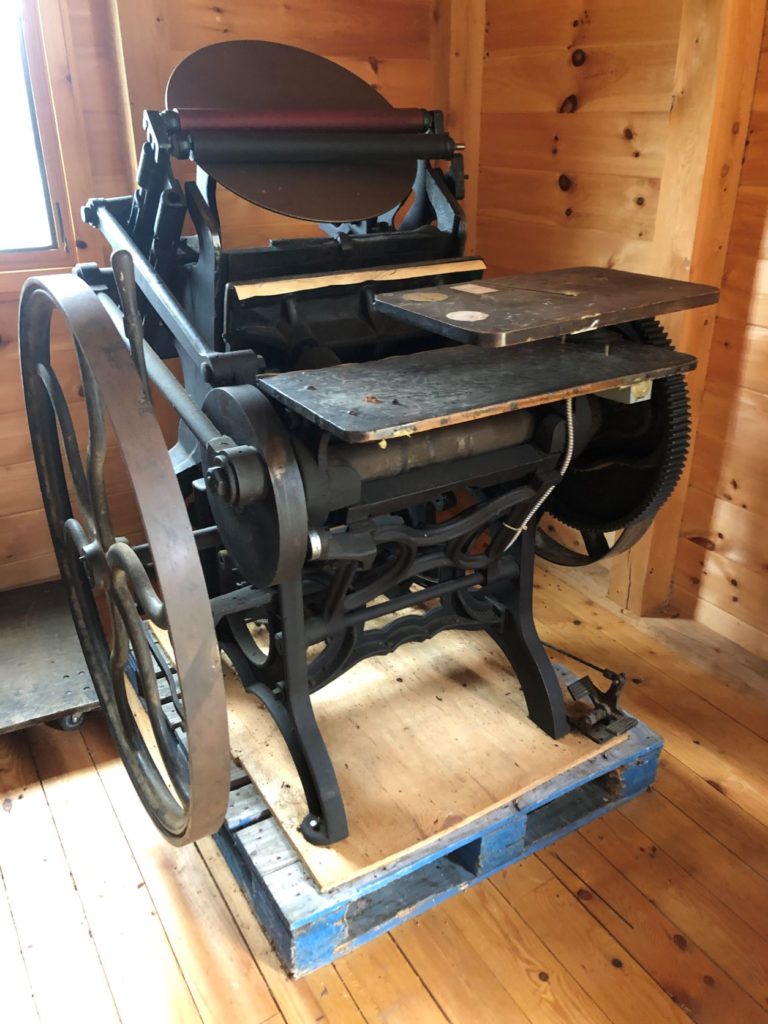
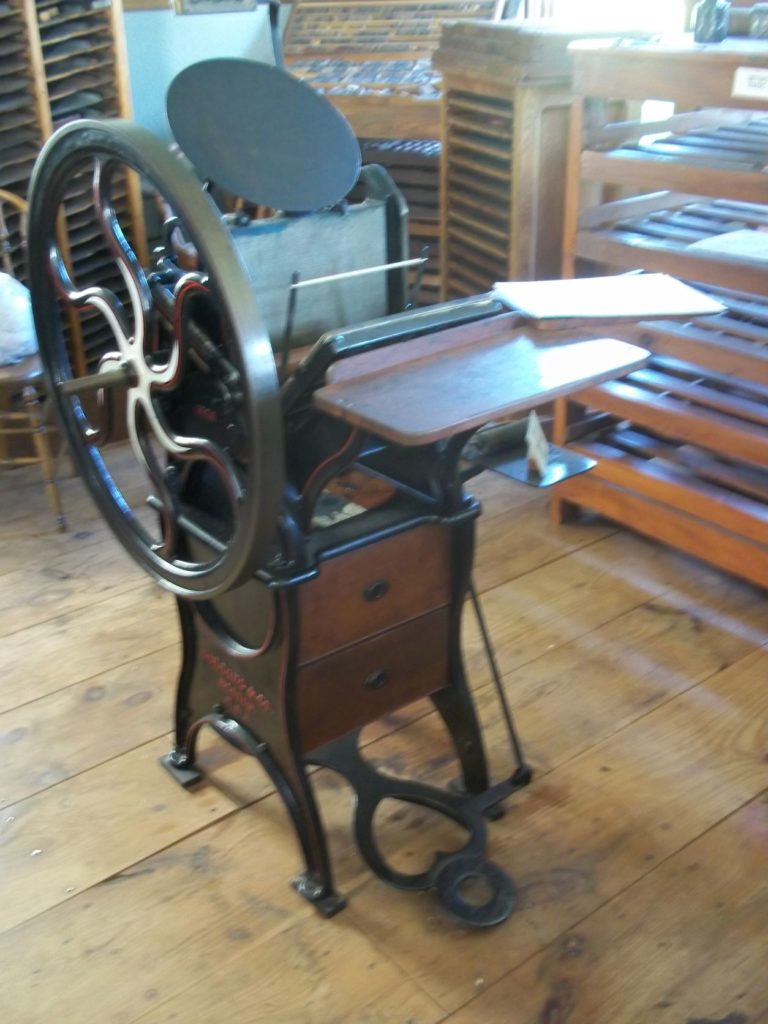
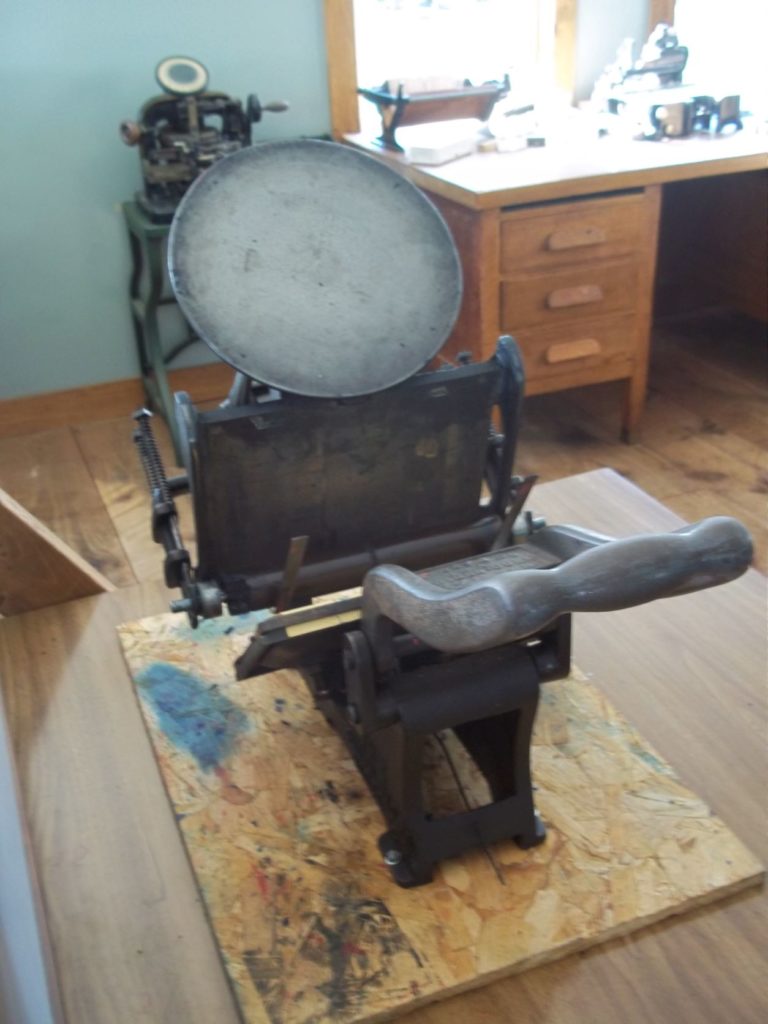
Among the first structures to be relocated were the buildings known as the Tom Flagg Smithy and the Ice House. These were the newest structures to the Newfield museum site. The 1935 structure known as the Flagg Smithy and its’ contents had been relocated in 2013-2014 from Lincolnville Beach, ME to Willowbrook Museum. This structure had originally been offered in 2010 to The Curran Homestead Living History Farm and Museum when Dana Jipson, husband to Jane Flagg Jipson and daughter to Tom Flagg (1918-2009), took one of our first Blacksmithing Workshops at Orrington. Curran passed on the structure due to the fact that a new post and beam smithy had been built at Orrington museum in 2008 with a New Century Grant from the Maine State Archives, but some of its’ contents, including a post vise drill were absorbed into the Curran collection with other pieces only to be reunited with the recent relocation of the smithy to Orrington. Eventually, Jane Jipson and her sisters Doris Weed and Ellen Garreau donated many items from the family farm that have become iconic at the Museum like the ARPS’ half-track (post WWII civilian market production) attached to our John Deere Model 50, which we use regularly in conjunction with our annual Ice Harvest on Fields Pond. Tom Flagg, a sawyer, among many occupations, used the half track on his own John Deere Model 4o to “twitch” pulp logs and firewood out of the woods. A primitive log scoot made by Flagg was and is used in conjunction with the half track during the annual Ice Harvest, as it easily navigates through both snow and ice. In 2022 we will use this scoot to transport ice to our Ice House for the first time.
The Ice House was constructed at “Curran Homestead Village in Newfield” in 2018 with funds from the Narragansett Number One Foundation. The structure was almost entirely the work of local carpenter Frank Vivier who also taught knife making at the Newfield site. The ice house is a modest structure with an attached tool locker on his side; here ice harvesting tools are to be stored. The Ice House was first used in conjunction with the Ice Harvest in 2019 at Newfield. Only enough ice cakes to fill one third of the structure were harvested that year. The building has to be completely filled in order for the ice to act as additional insolation and serve to cool the contents of the building. The ice melted by the end of July of that year. In 2020 the ice was too thin to harvest. The Ice Harvest scheduled for Saturday, February 5, 2022 promises to be the first time that we not only use the Icehouse at Orrington but have a promising chance of filling it with ice harvested from Fields Pond.
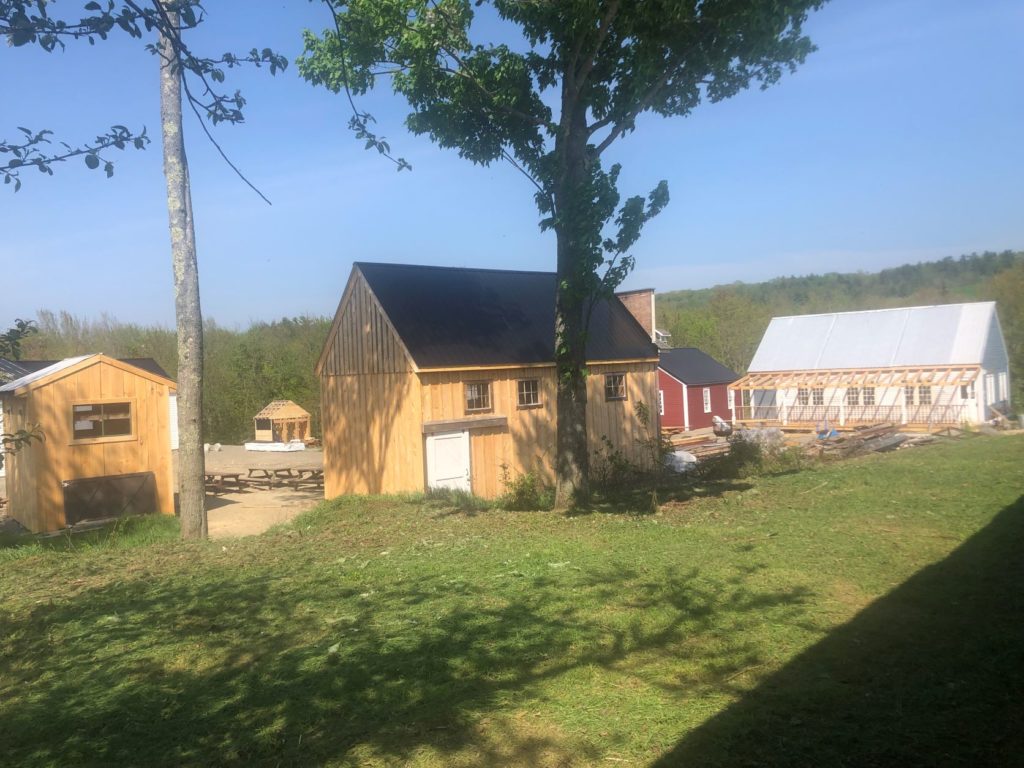

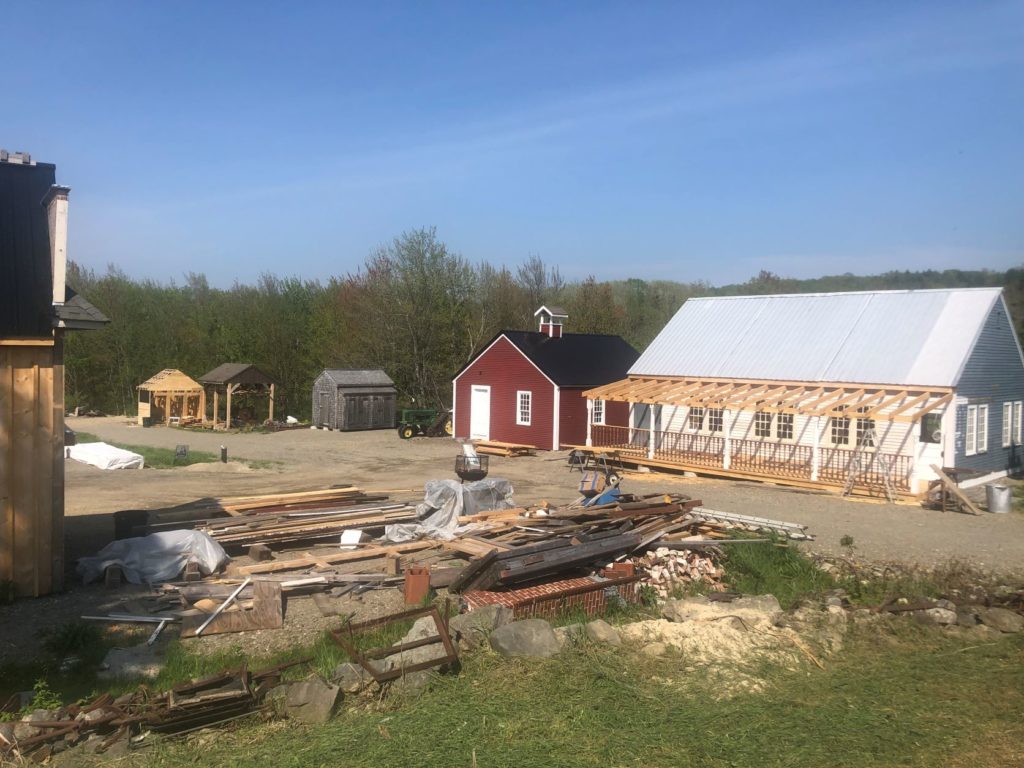
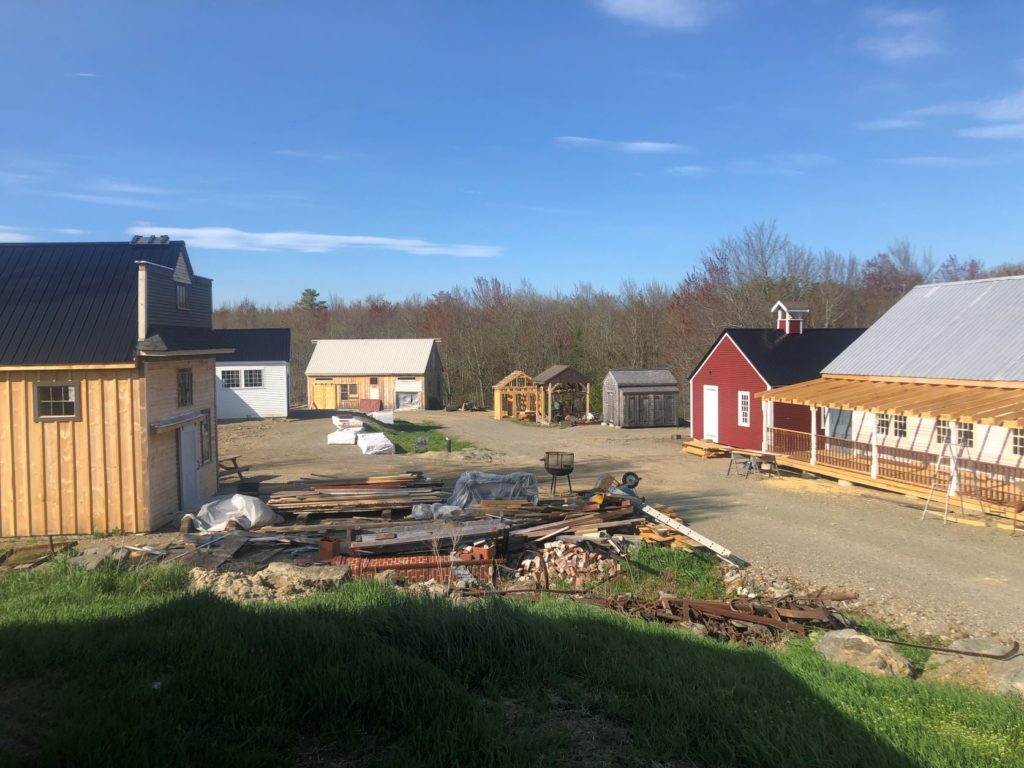
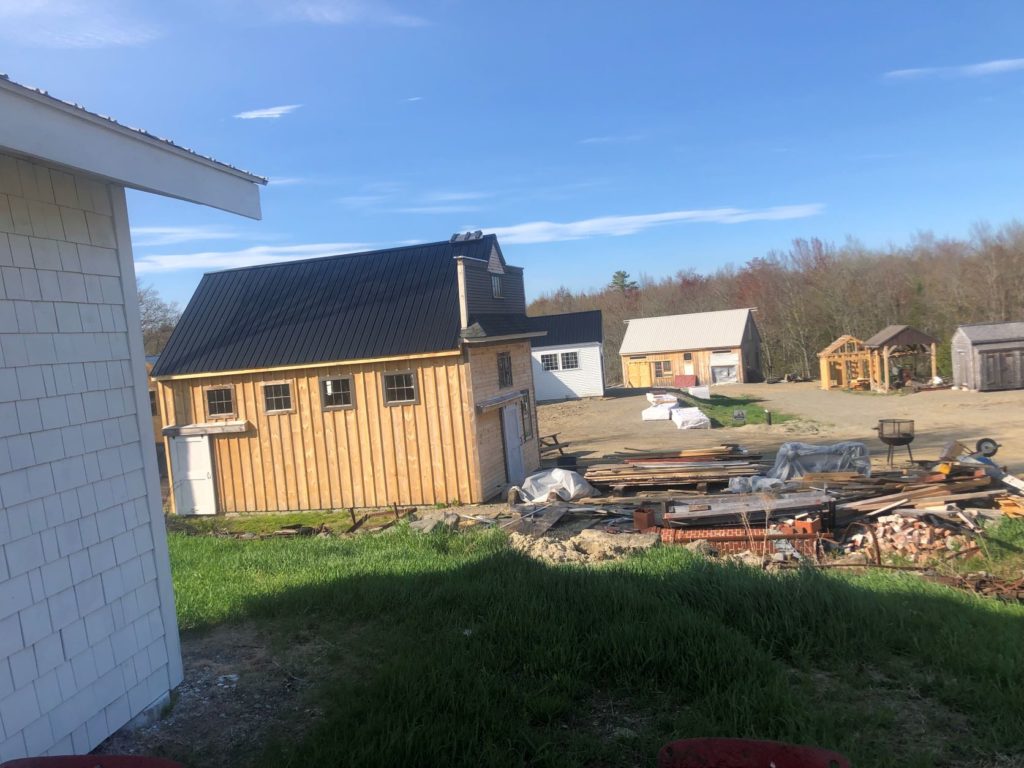
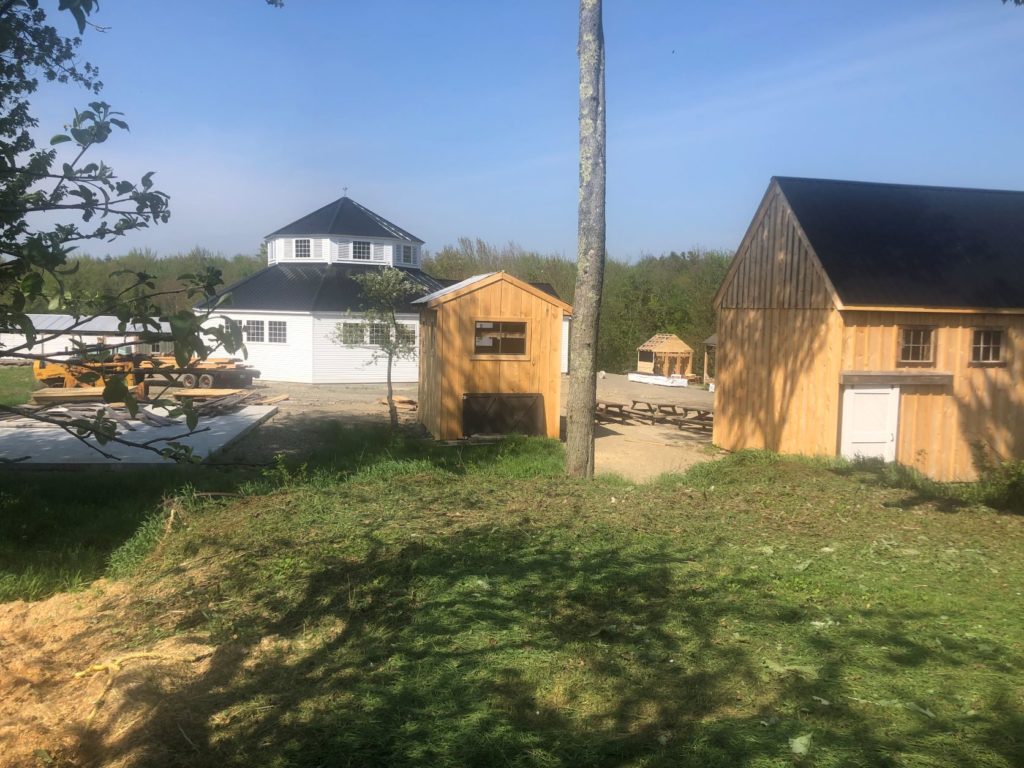
A Farm Equipment Shed Becomes Our New Letterpress Office
After relocation of the Tom Flagg Smithy and the Ice House, we began the task of disassembling a number of buildings simultaneously. The Farm Equipment Shed (1974) housed a collection of horse drawn implements. The structure stood on pine 6 x 6s buried in the ground. At some point these became compromised by decay and the buried portion of the posts were replaced and new material was scarfed together with nuts and bolts. The structure was very weathered but with considerable effort we cut the roof into three large sections to make the journey north to Orrington. The rest of the structure was disassembled and de-nailed. When the roof sections of the shed were unloaded behind the Curran barn next to the Tom Flagg Smithy there was some skepticism about whether it would ever go back together again. The structure required the addition of new rough cut pine and hemlock. It was re-erected on floating concrete pads which resulted in a structure taller than the original. A decision was soon made to re-purpose the structure and to enclose it entirely for the letterpress office collection which had grown considerably larger than the original Willowbrook collection. The first two bents of the post and beam from the left would be devoted to a woodworking scenario.
#16 Machine Shop
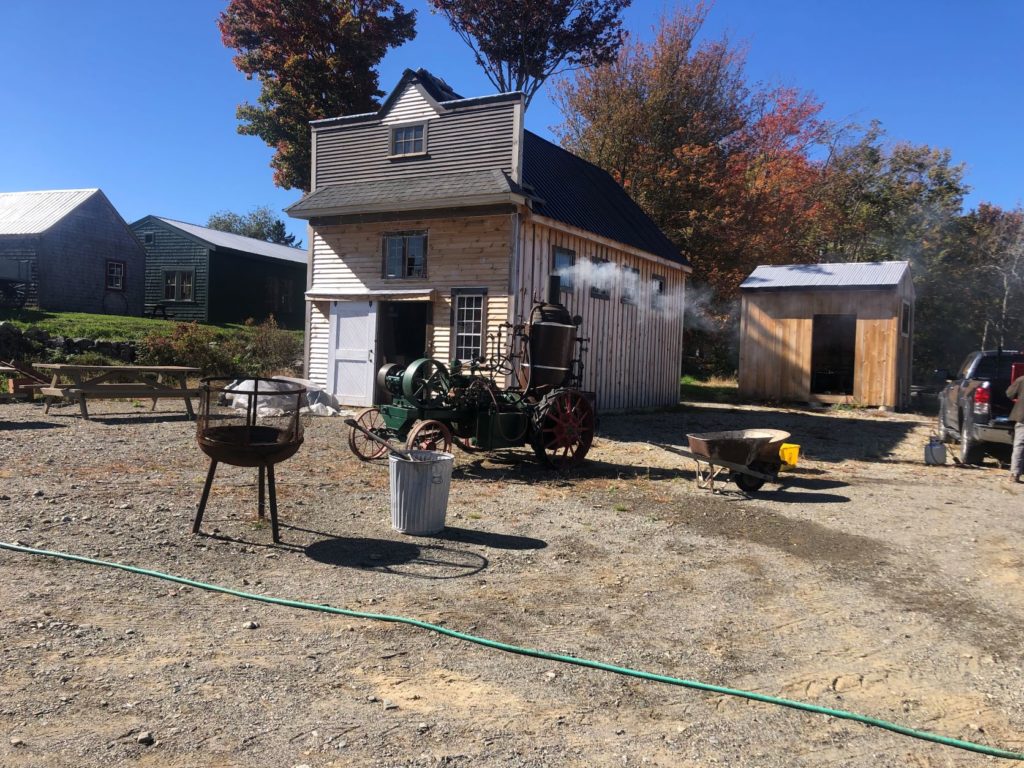
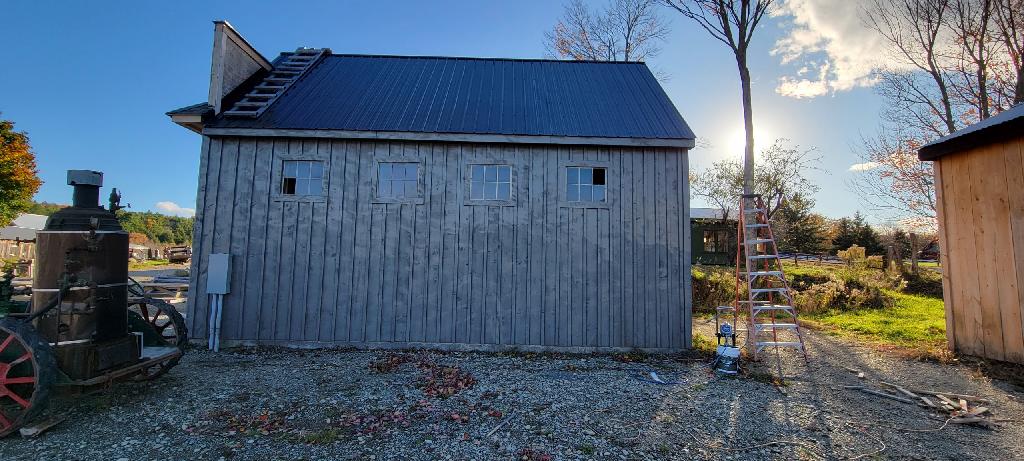
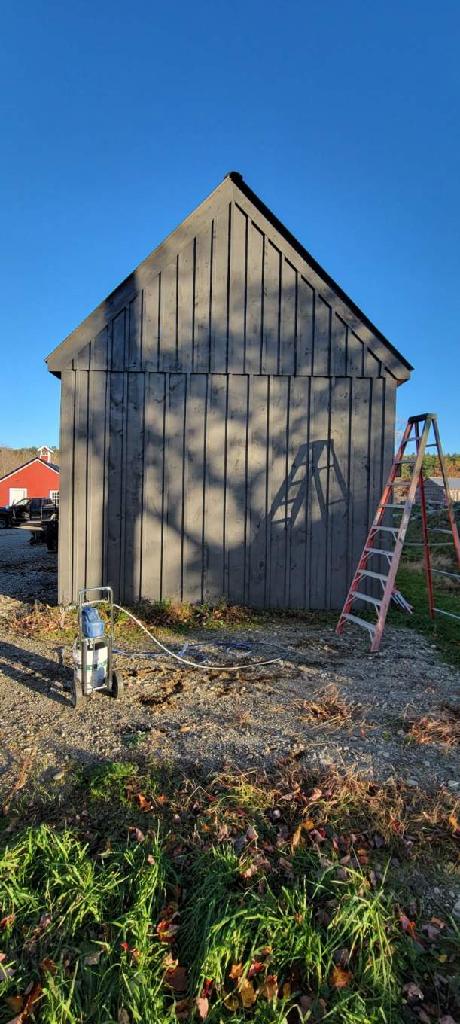
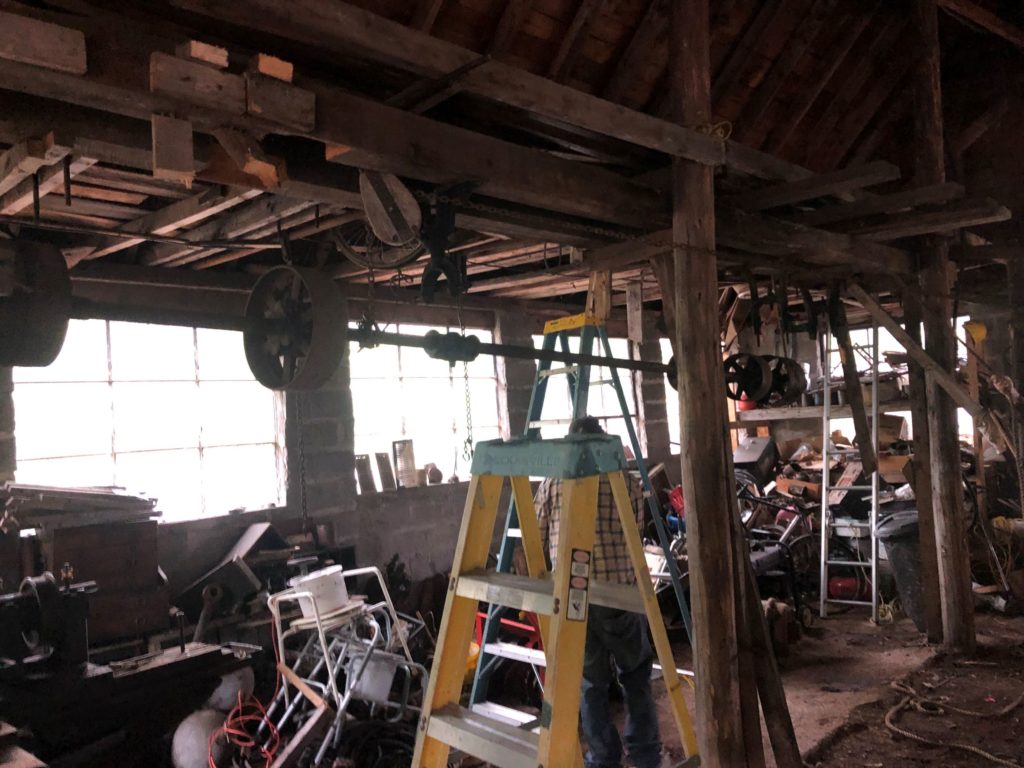
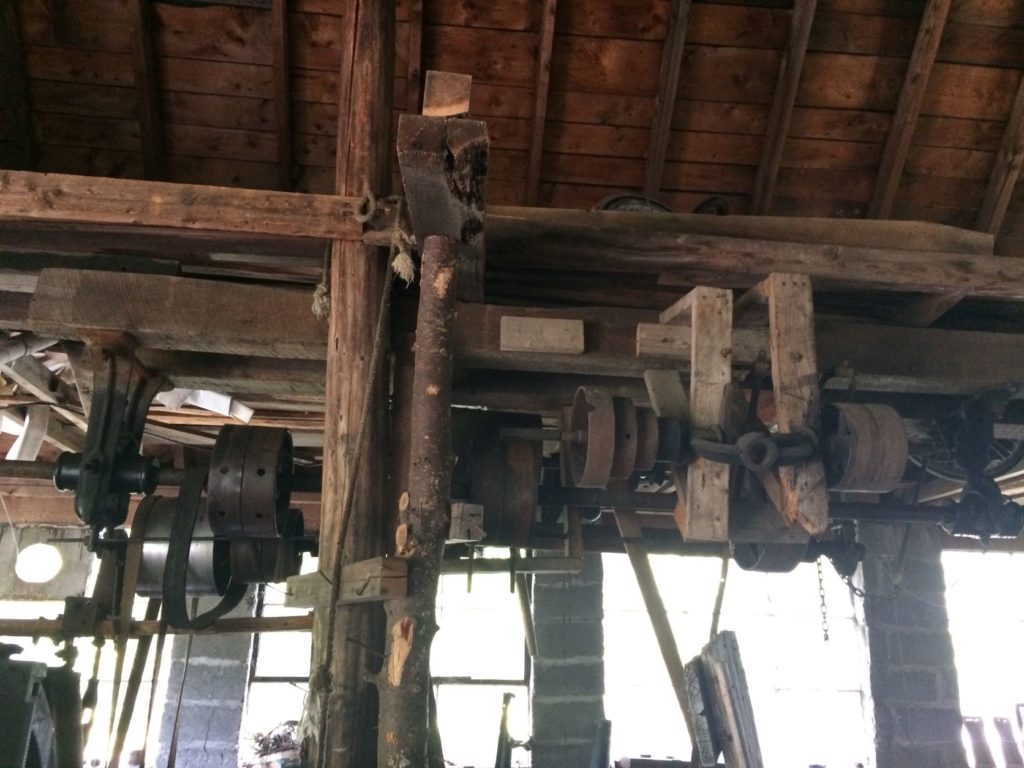
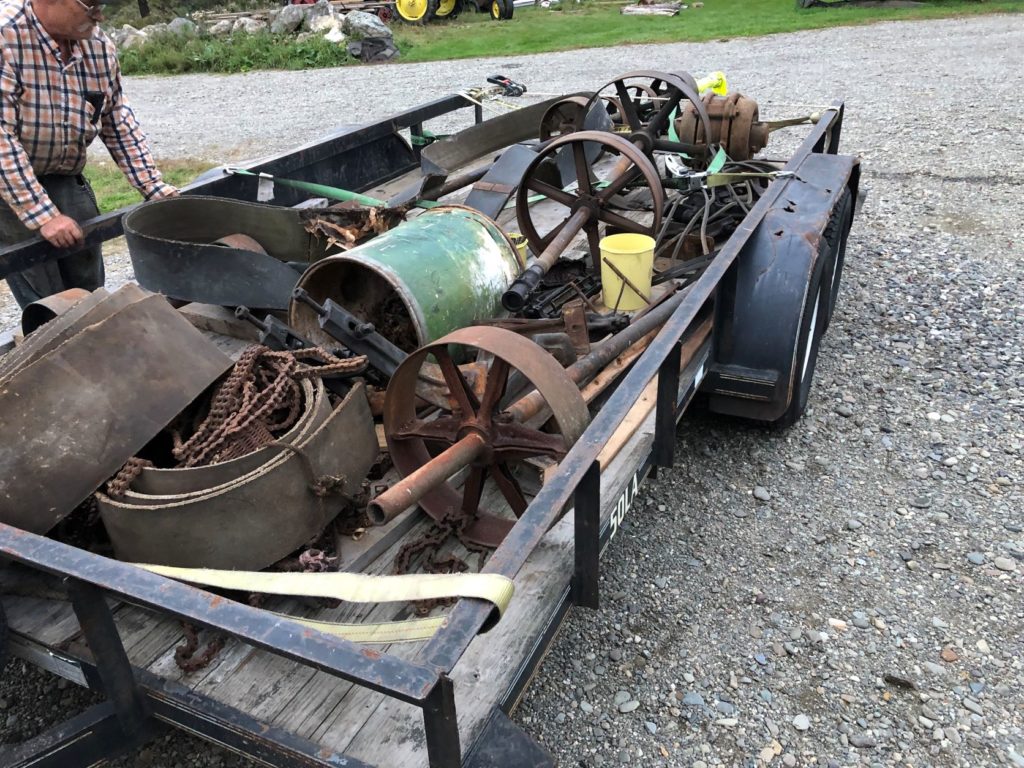
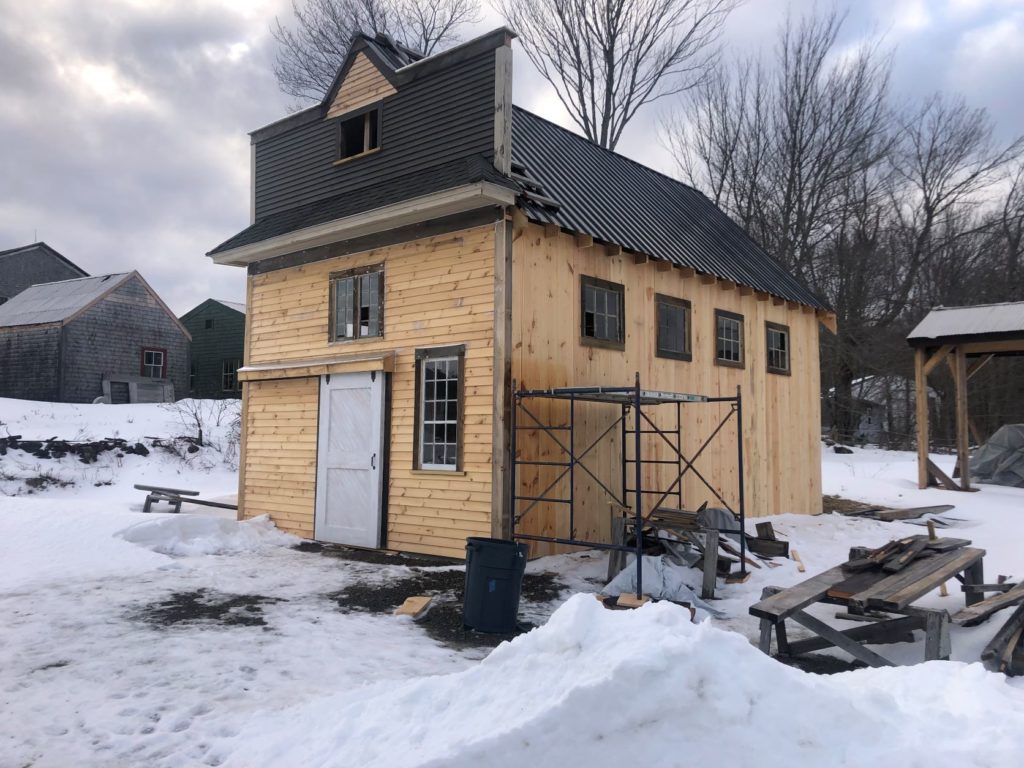
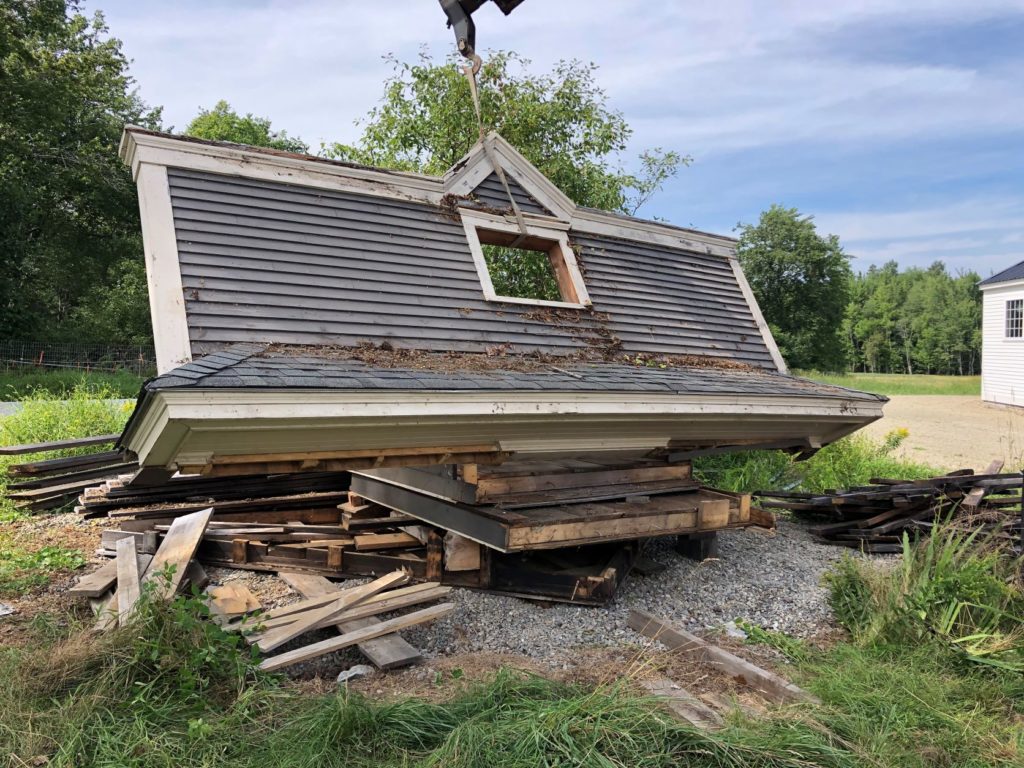
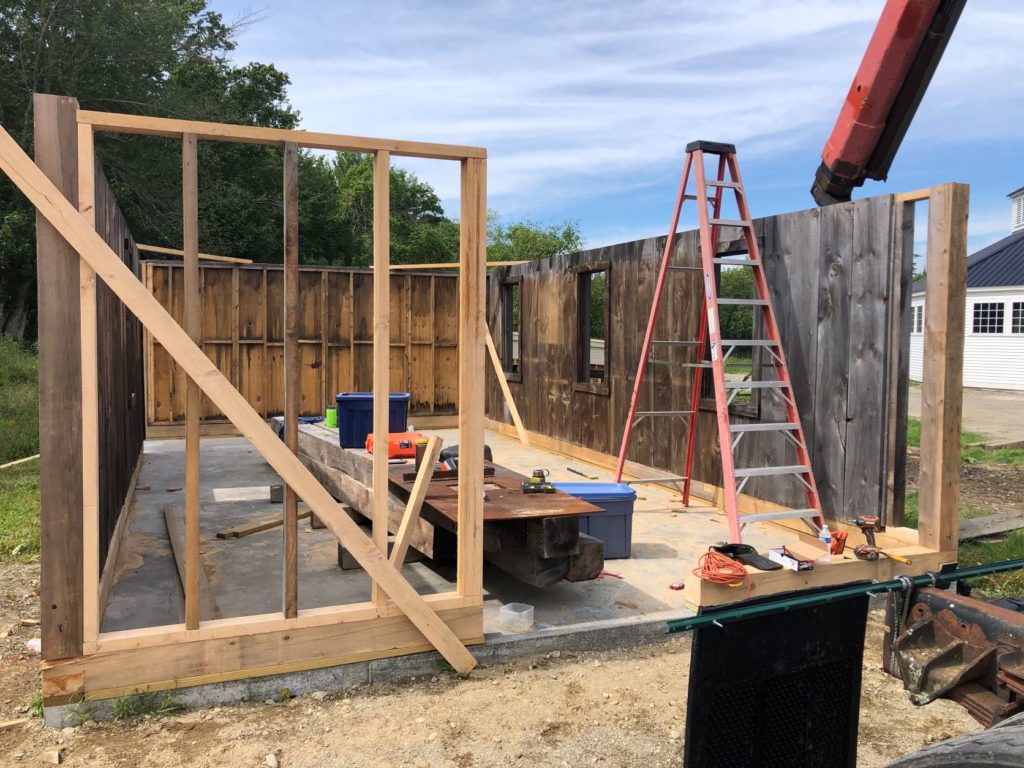
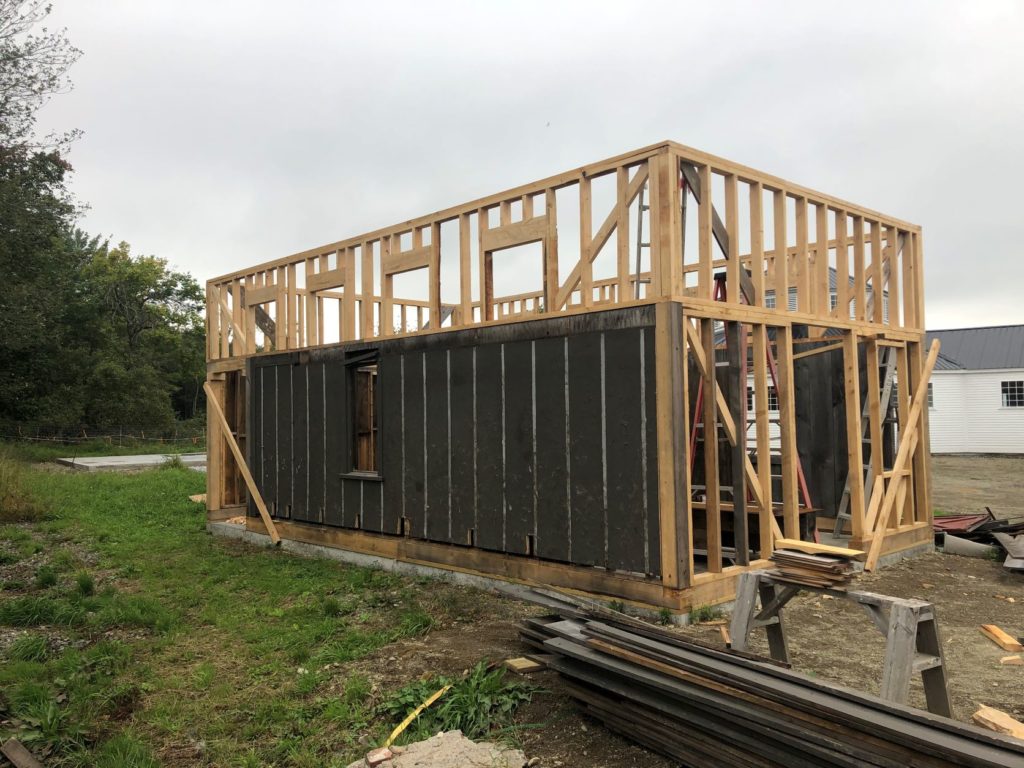
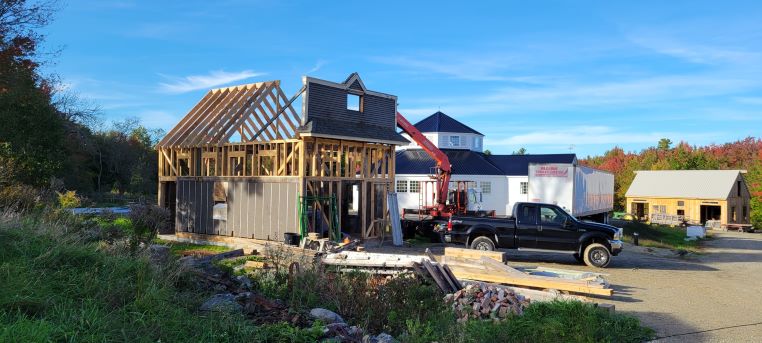
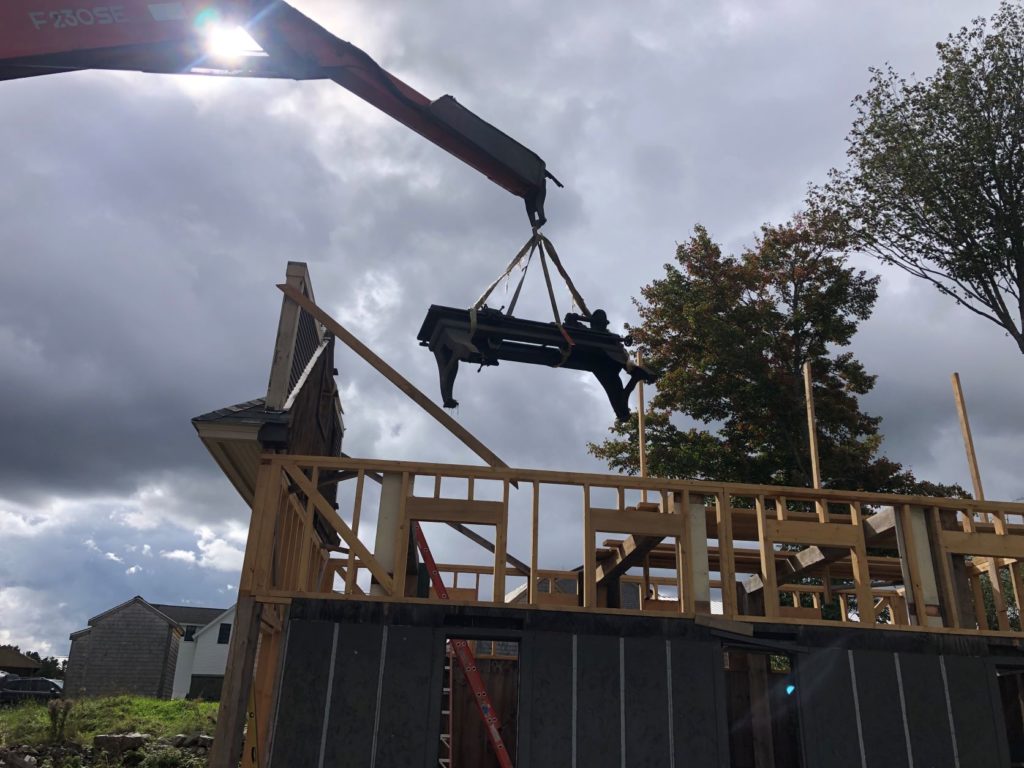
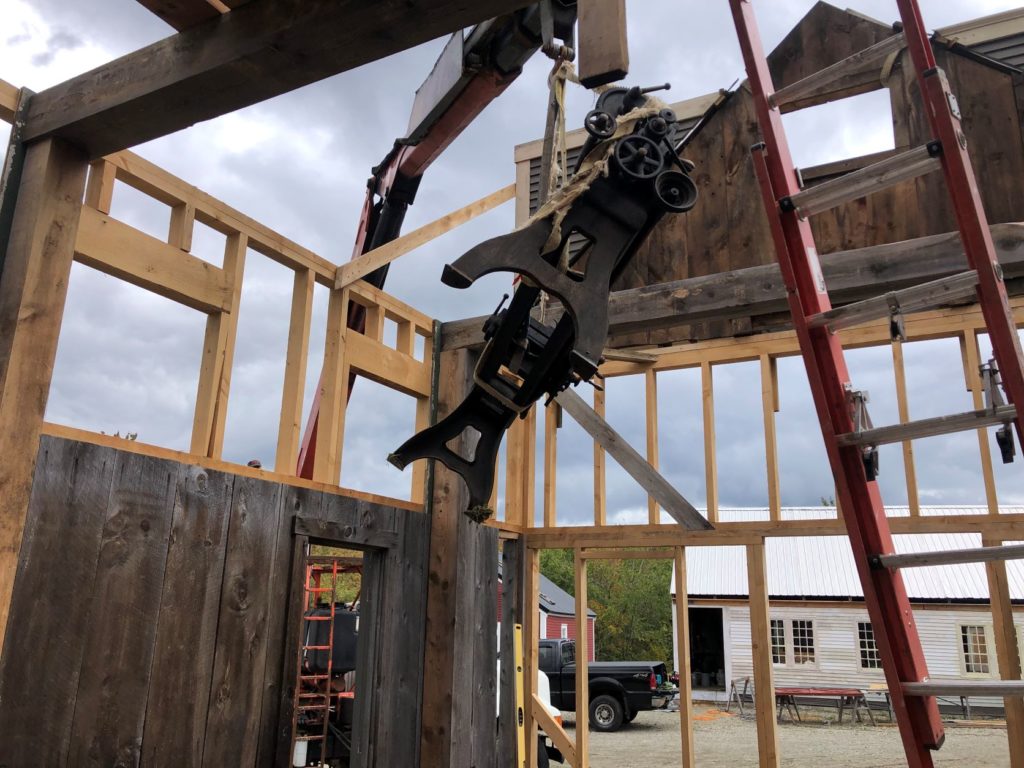

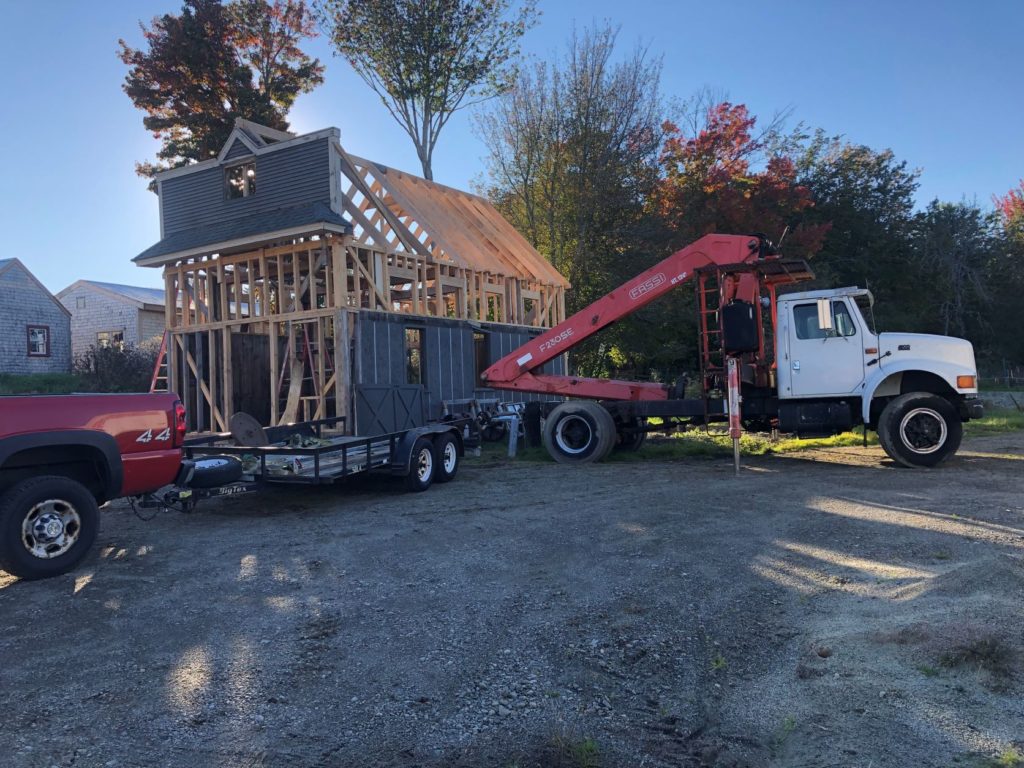
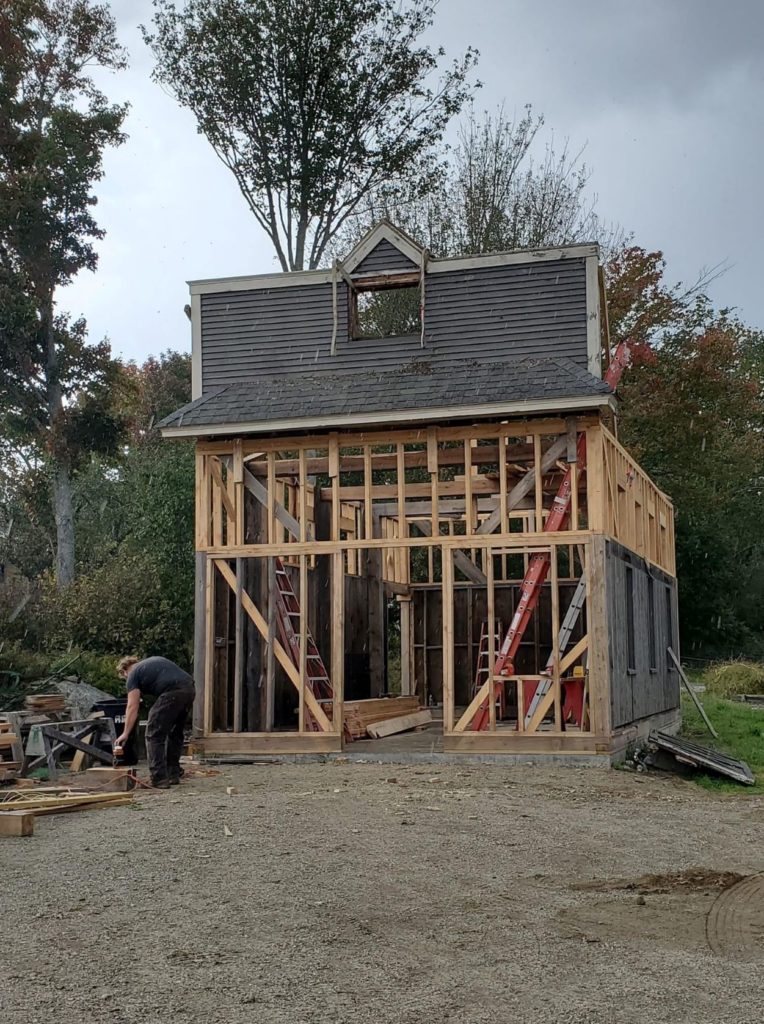
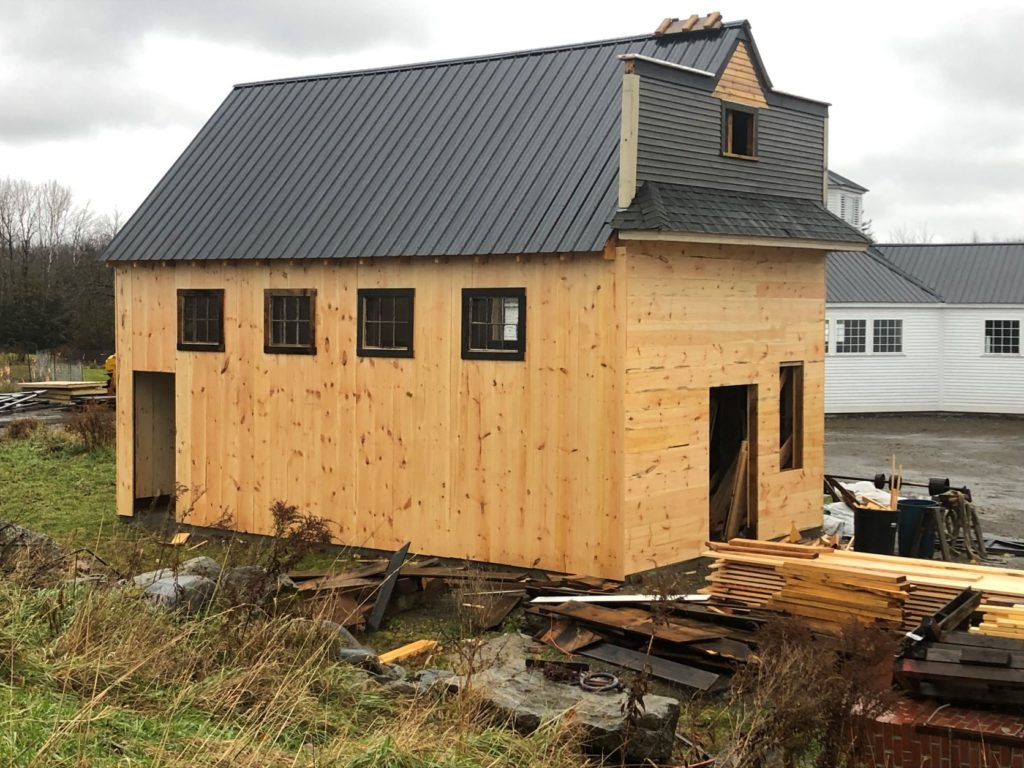
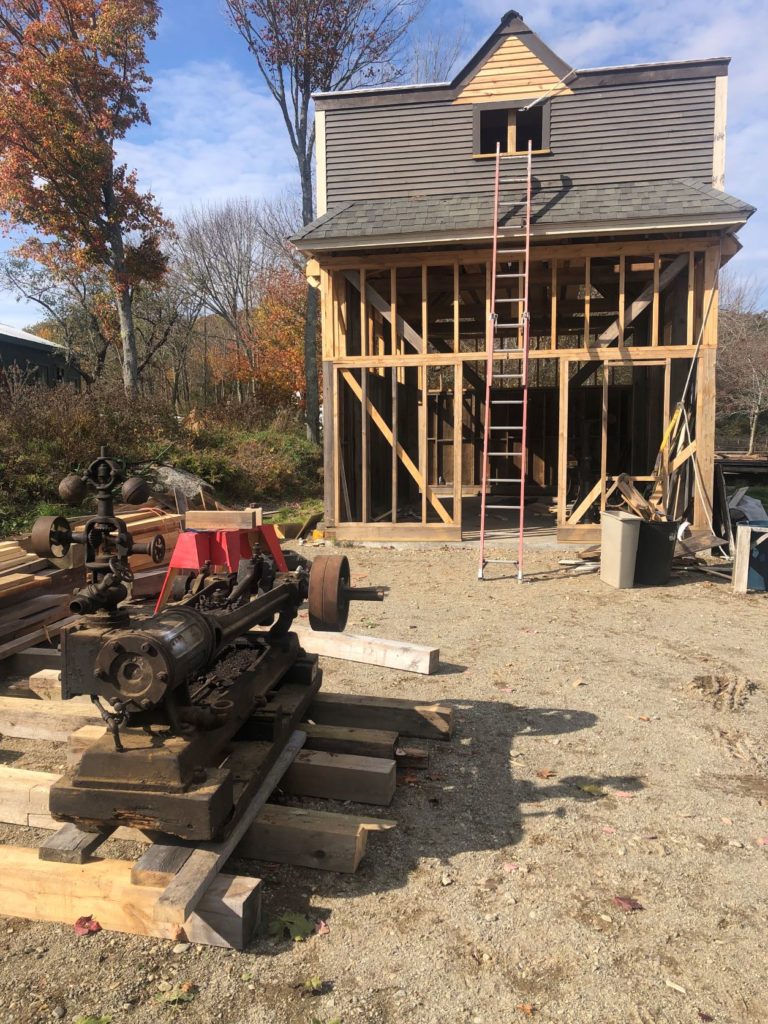
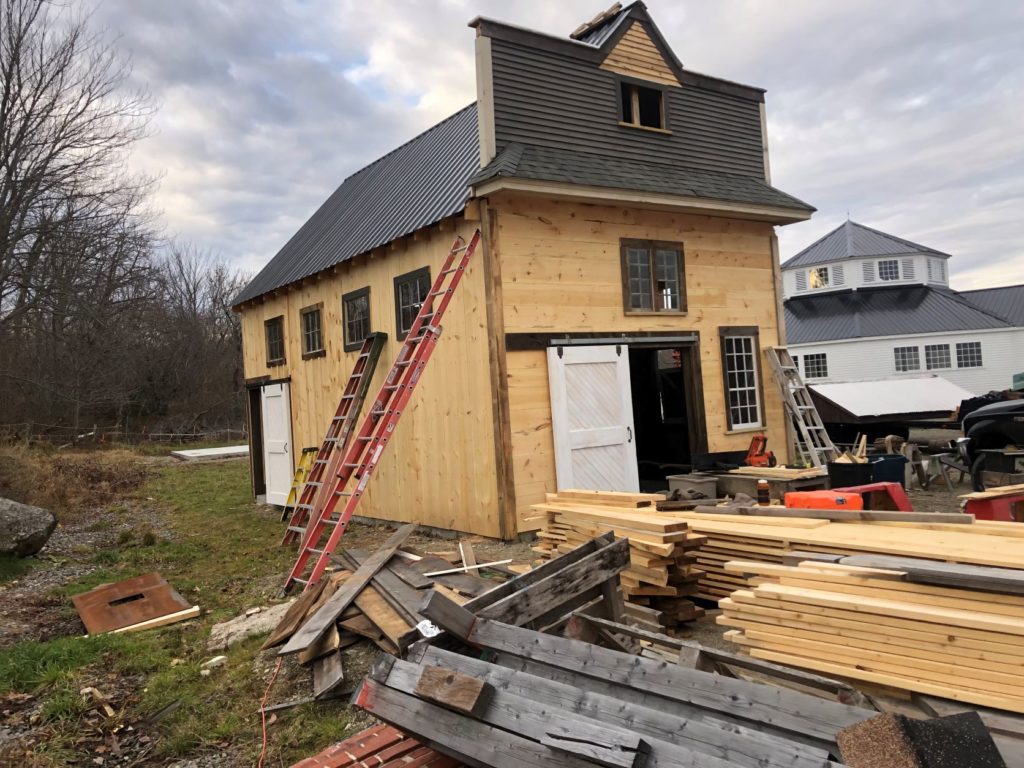
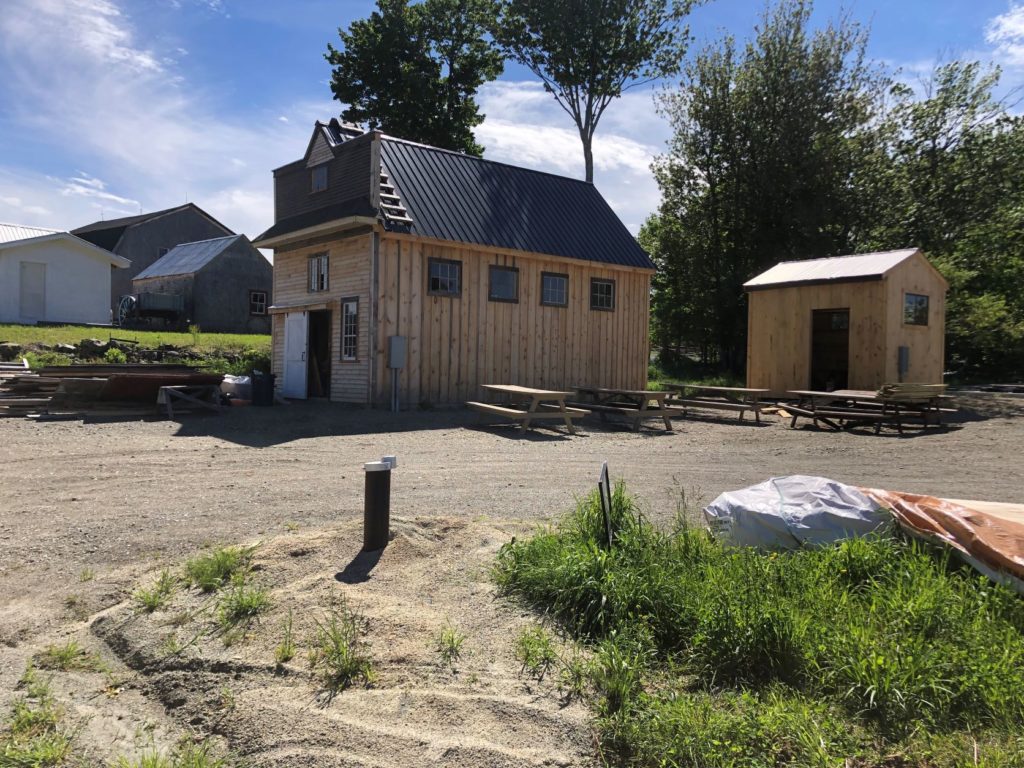
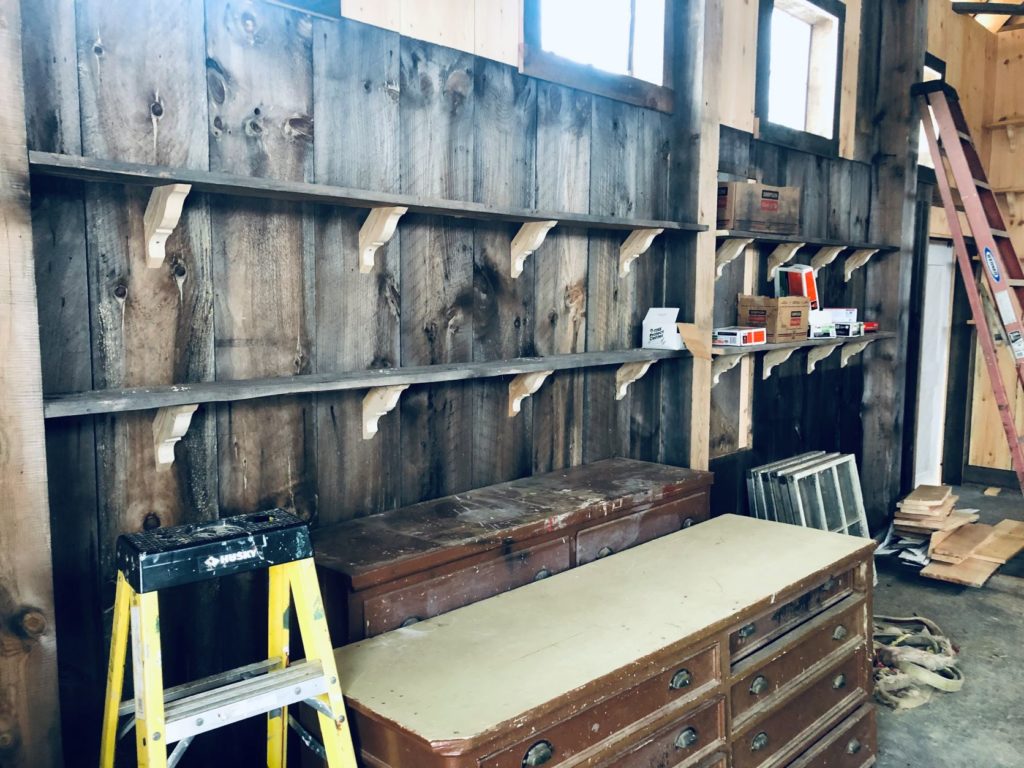
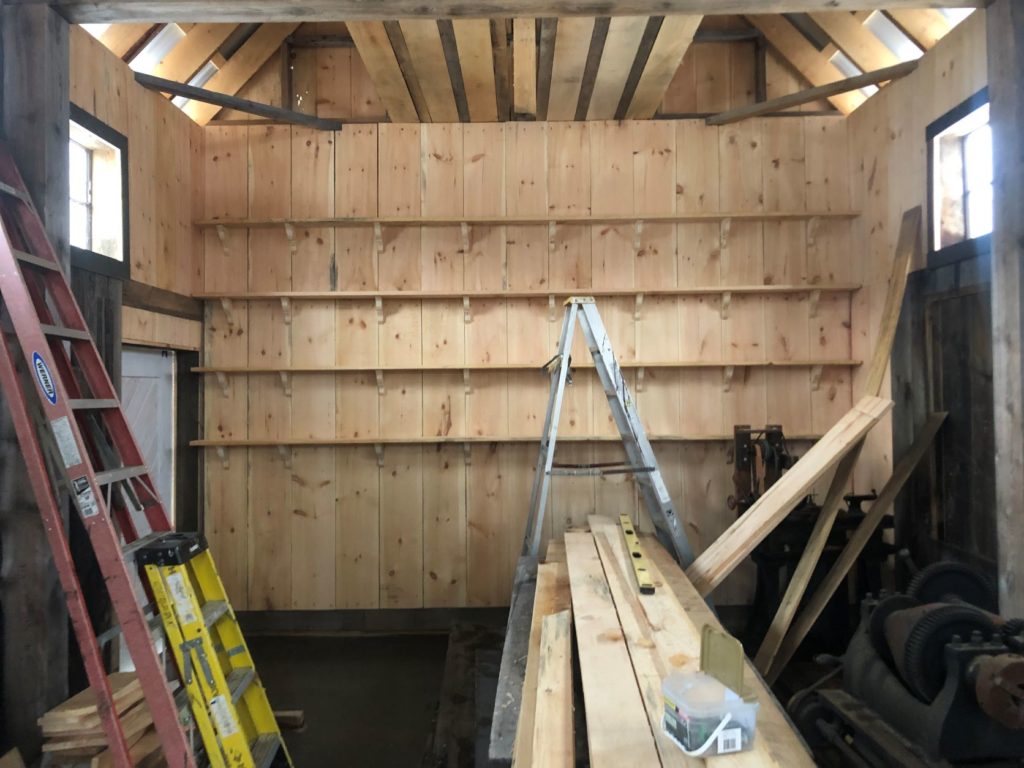

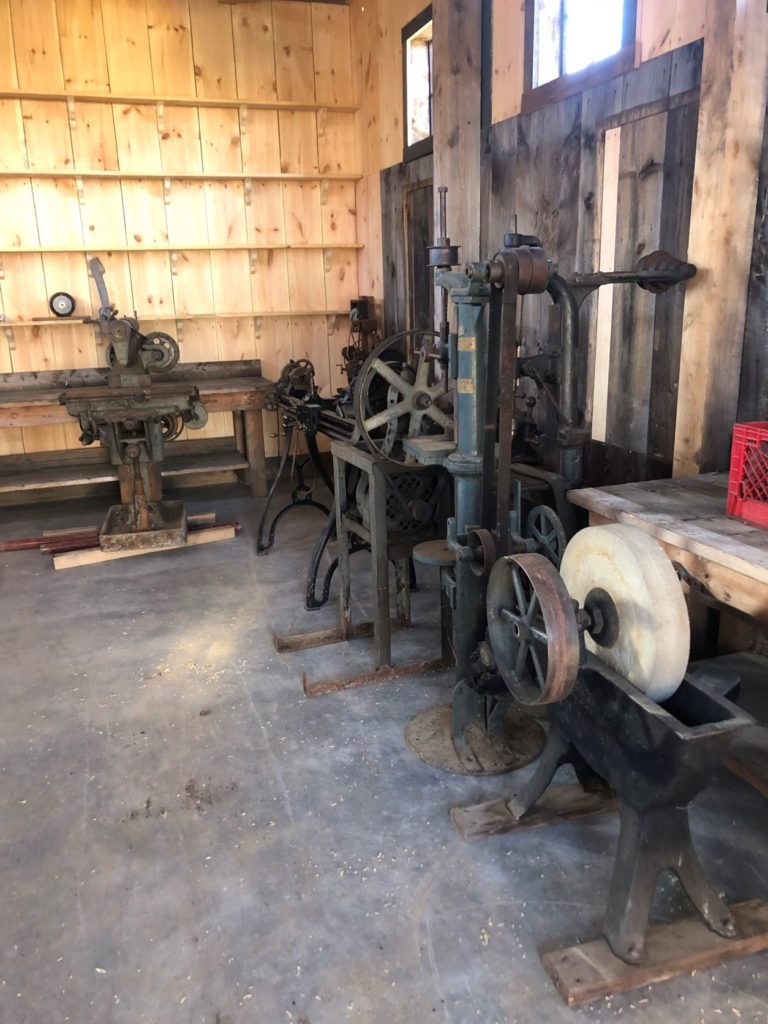
This re-assembly turned into a full blown construction project with the addition of floor joists and two layers of pine planks for a floor to support the weight of printing equipment. A board and batten exterior with salvaged antique windows and carriage house doors complete the exterior. The building has soffits in anticipation of insulating the structure. We will likely add an additional layer of vertical 2 x 4s in order to enlarge the wall cavities to receive R-19 insulation. We received a grant of 2500 square feet of insulation from Cotton, Inc.’s Blue Jeans Go Green insulation made from recycled denim in 2017; much was left over from the Fields House project and with an additional donation of insulation from the Ellsworth Telephone Museum some time ago we will likely have enough to complete the structure. With the addition of insulation we will heat the structure with wood stoves from the collection.
The North Castine Post Office
Although our post office in Orrington was not relocated from Newfield the project has evolved simultaneously with this relocation work. In 2019, we began the project with an attempt to re-assemble the remains of the relocated North Castine Post Office. The original structure had been built on the Devereau Farm in what is now Penobscot, Maine in 1929; it was remodeled a number of times while serving as the rural community’s post office under the stewardship of the Devereau family until the 1950s. Jean Devereaux, wife of the late Charles Russell Devereau (1918-1997), had seen an article about our evolving blacksmithing program and the construction of our blacksmith shop in 2009 through assistance from a New Century Grant from the Maine State Archives and Record Administration. Mrs. Devereau contacted us in 2010 with the offer of the remaining contents of her late husband’s blacksmith shop who had passed away 13 years before. Devereau was another Renaissance man, as many of the significant collections of tools and equipment donated in recent years have come from individuals with a multiplicity of interests and skills. Devereau ran a marina on a property that had original been gifted to a namesake that had been rewarded the property for his service in the American Revolution ( the Flagg Farm in Lincolnville Beach, Maine had similar origins in a familial Revolutionary War veterans’ grant) The donation yielded a 1909 Kerrihard trip hammer that operates in our Blacksmith Shop presently. In addition to other blacksmithing tools and equipment, the Post Office was offered to the Museum. It wasn’t until 2017 that we relocated it to Orrington, but by the point it was greatly deteriorated. Ultimately, the original served to create a replica structure that will include some original built in wainscot cabinets, a sign, and wooden till box salvaged.
#15: North Castine Post Office
The original North Castine Post Office was created as a rural satellite of the United States Postal Service in the late 1920s on the Devereaux Farm in what is now Penobscot, Maine. The Devereaux family operated this post office near their farmhouse until the early 1950s when services were discontinued and the building was repurposed as a workshop for the farm. This project began as an effort to relocate a badly deteriorated remnant of Maine rural postal history donated by Jean Deveraux. In 2017, 19th Century Curran Village disassembled the building and relocated it to Orrington. Shortly thereafter the decision was made to salvage what could be salvaged and to create a replica of the structure rather than use the entirety of the original.


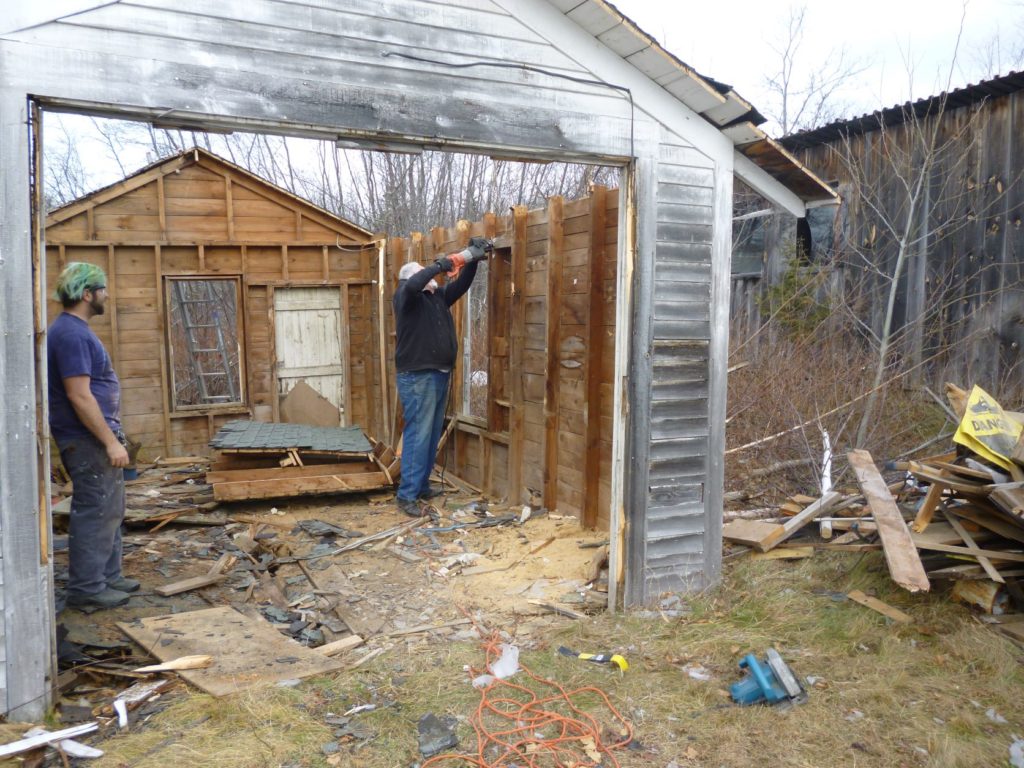

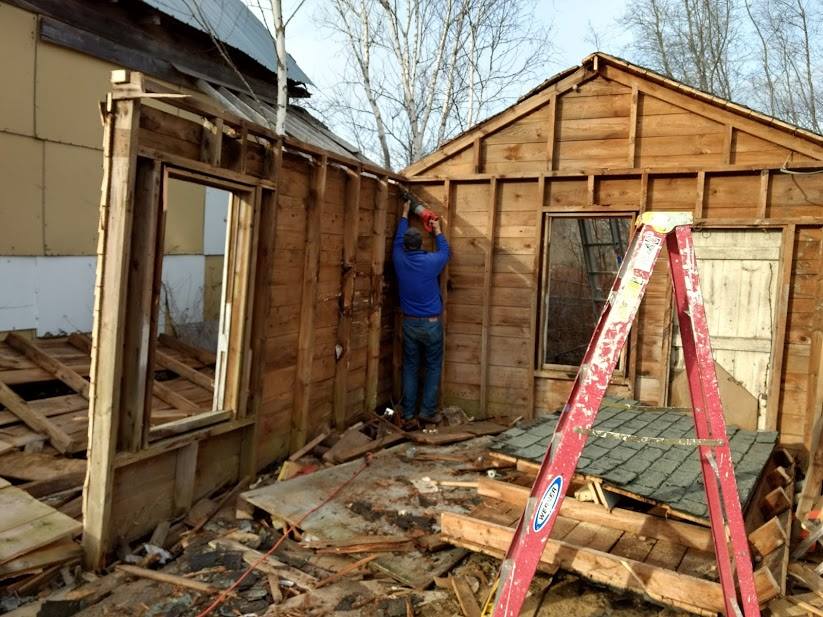
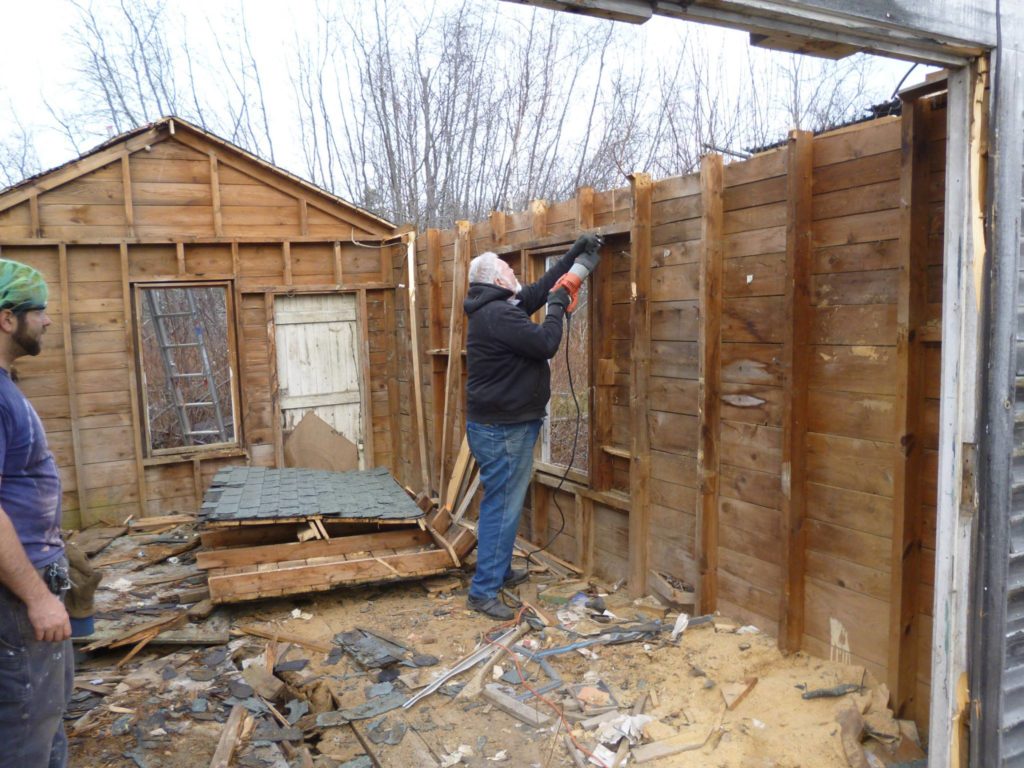
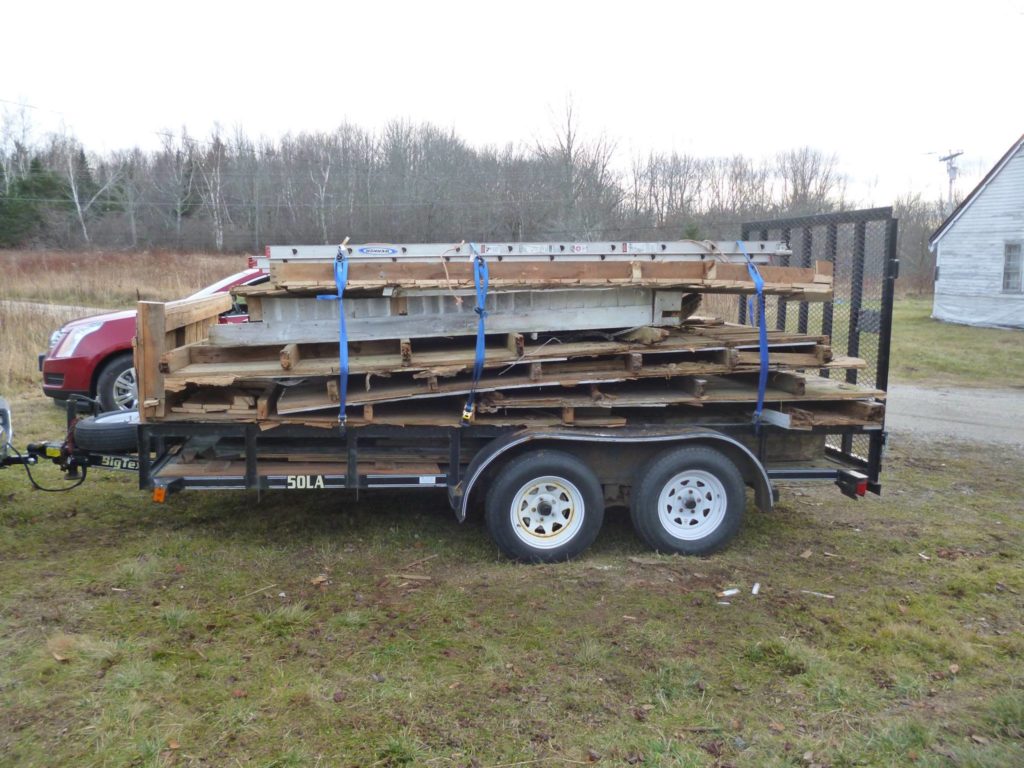
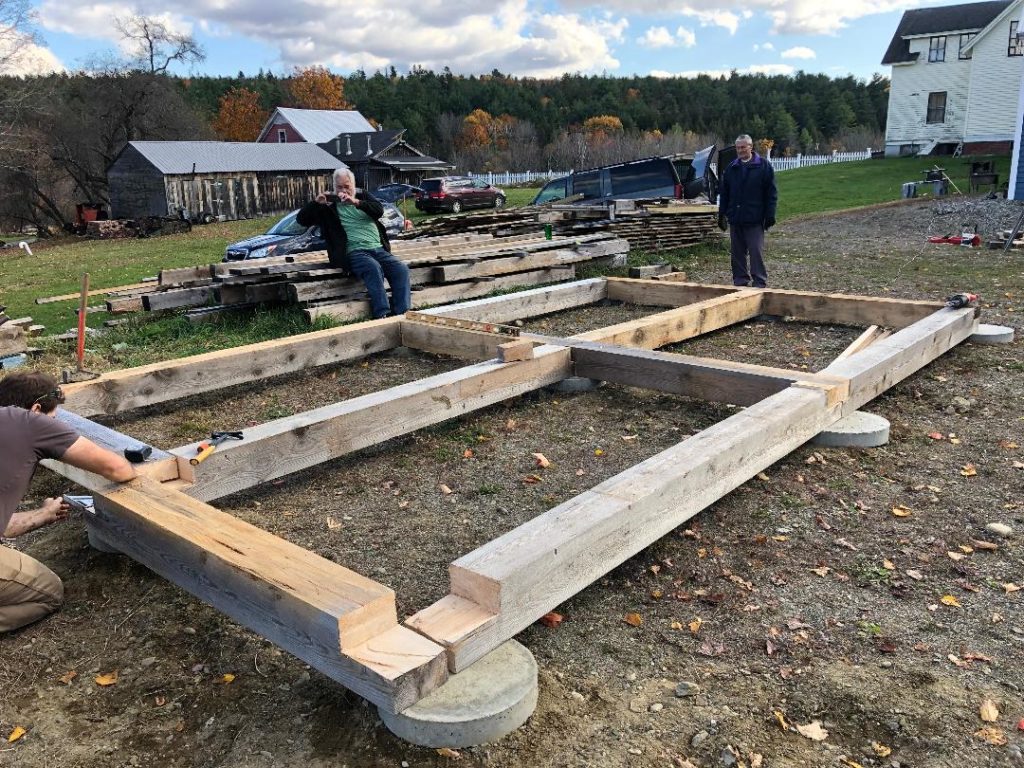


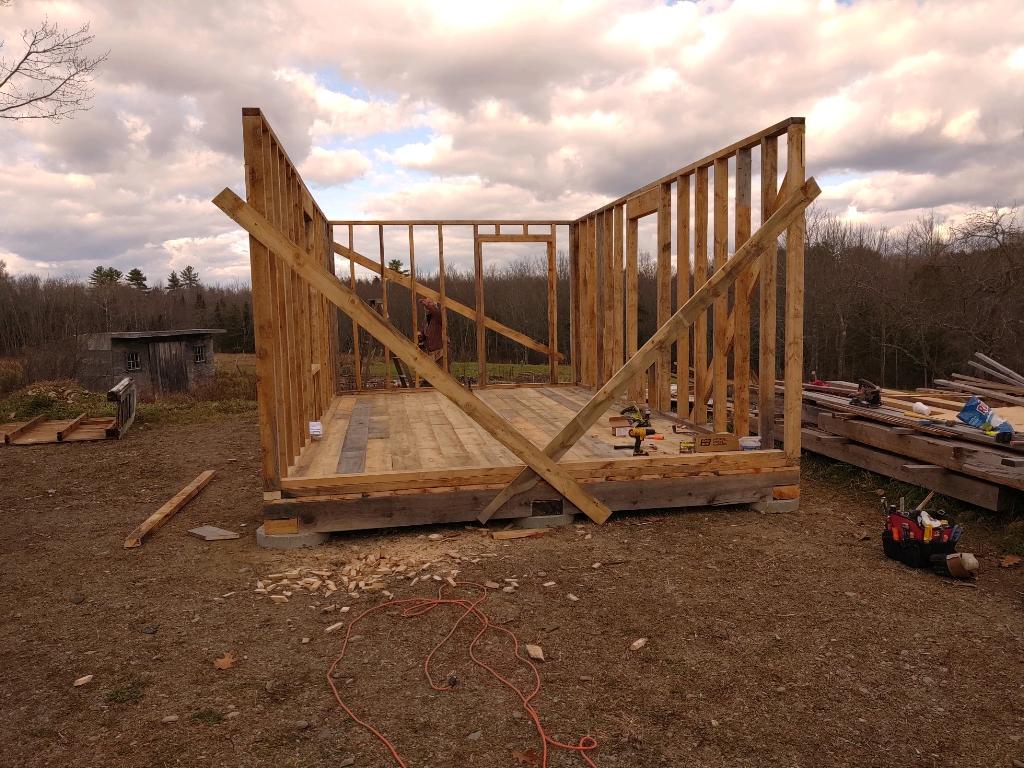

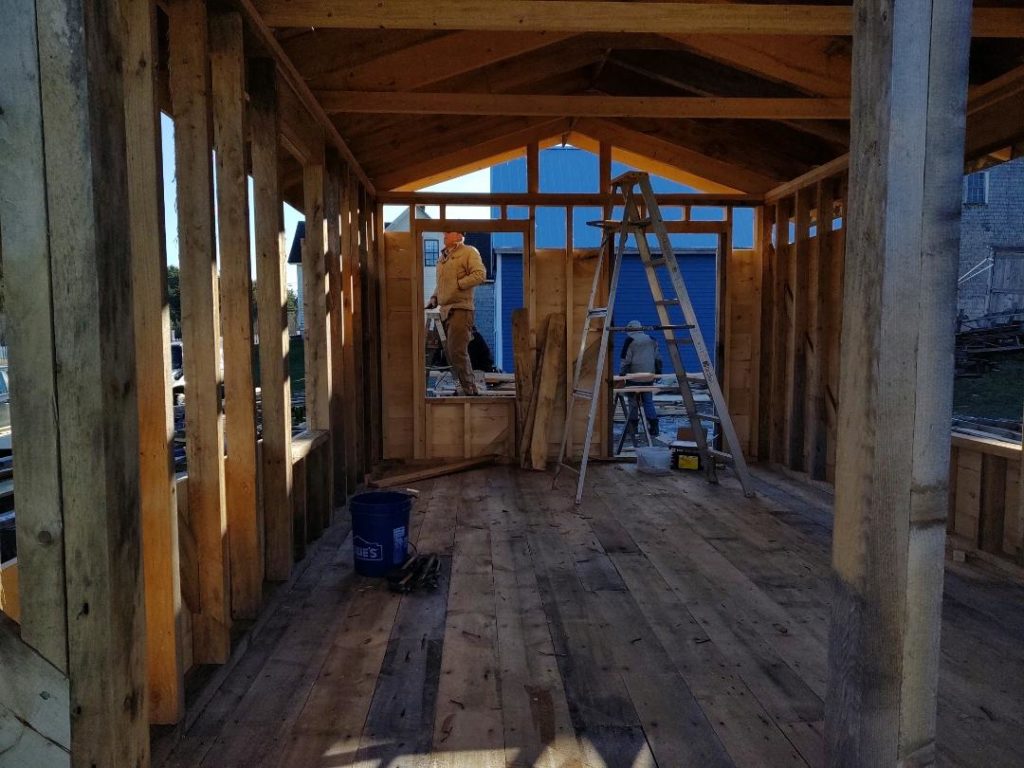
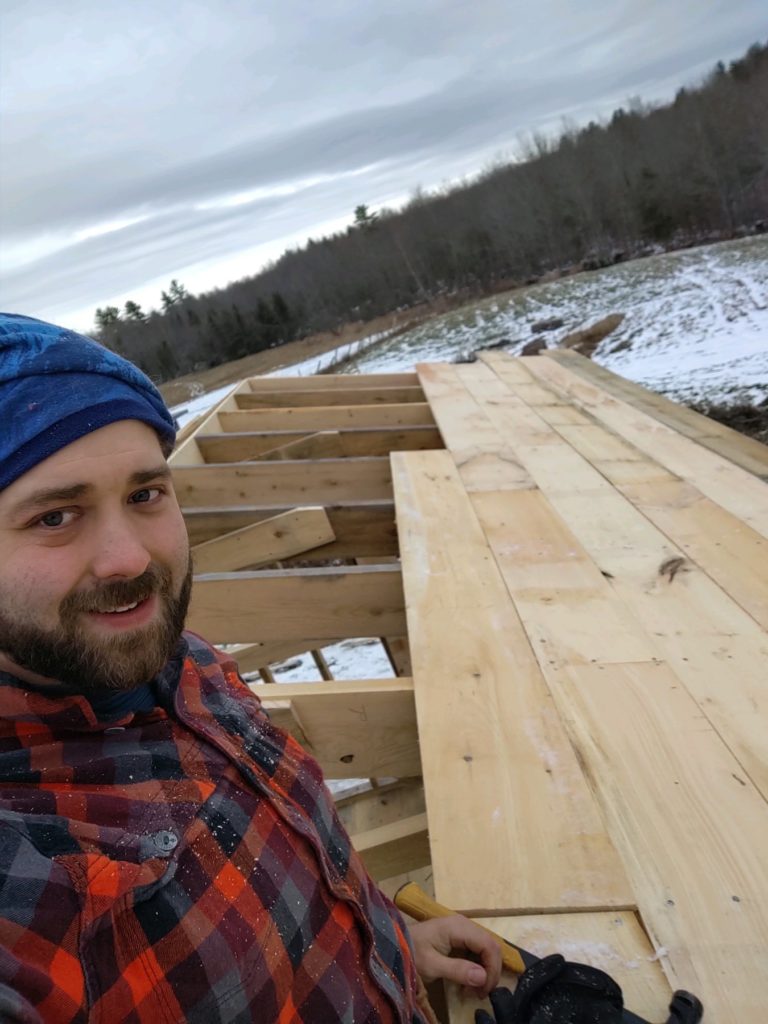
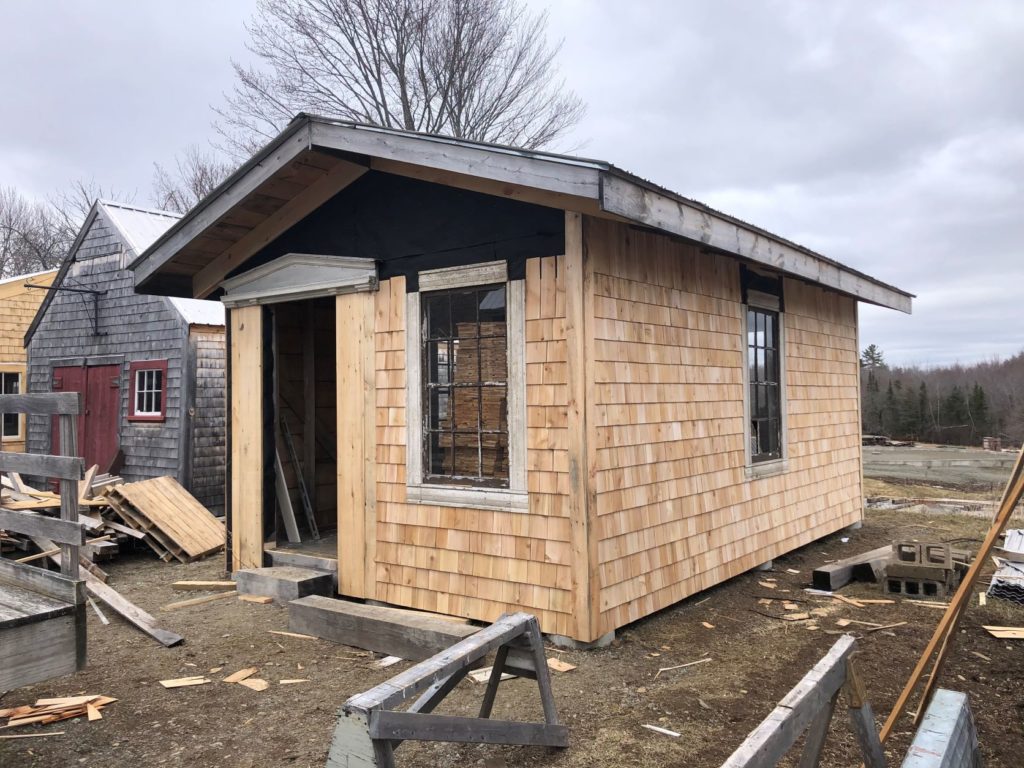
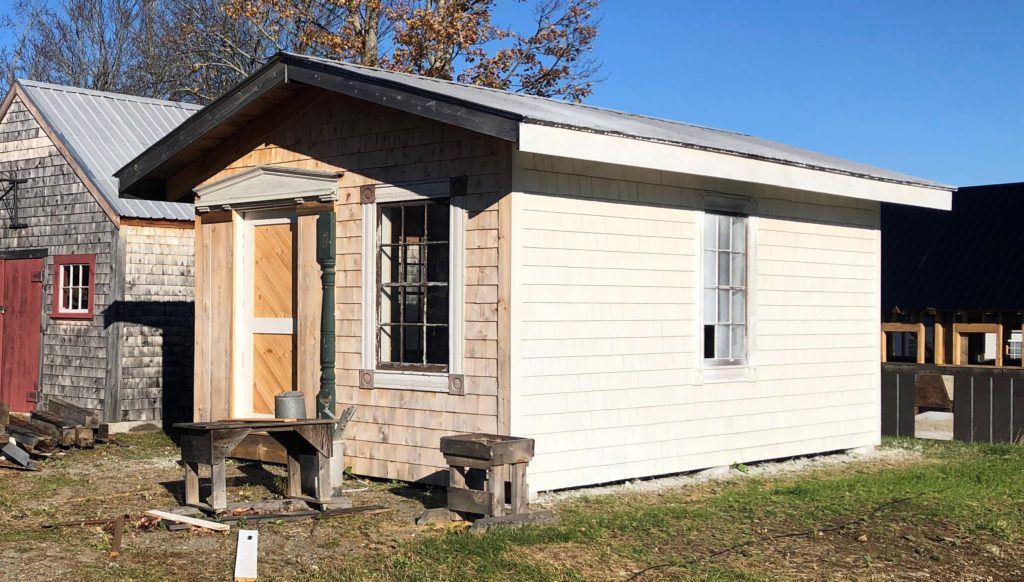
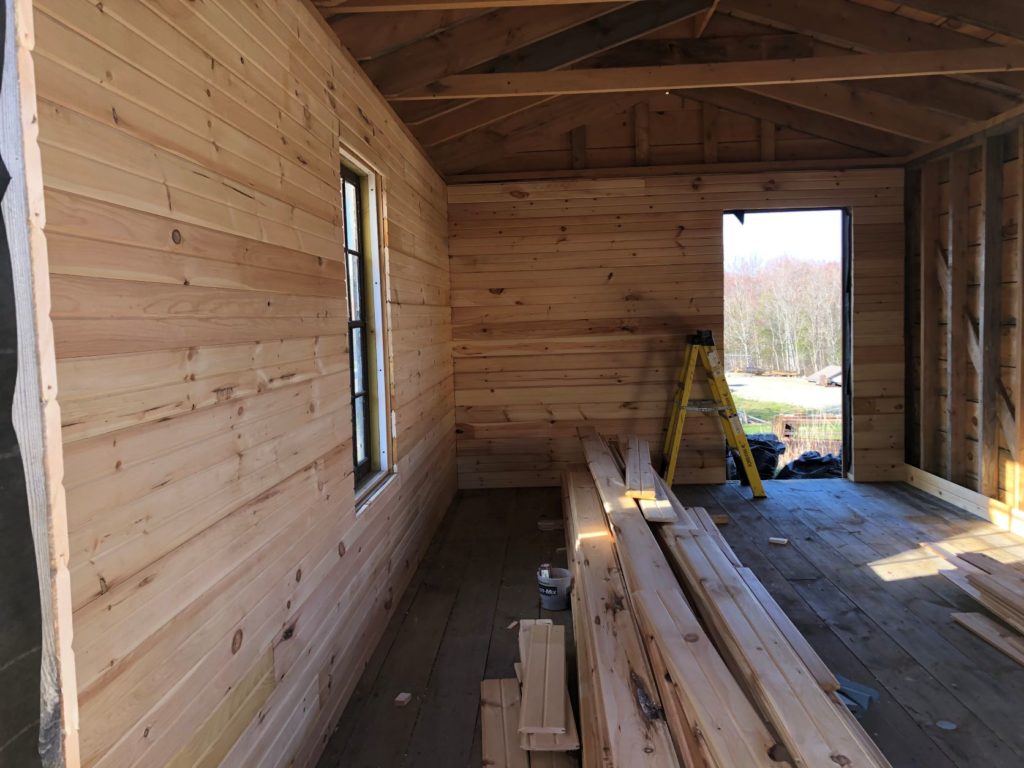

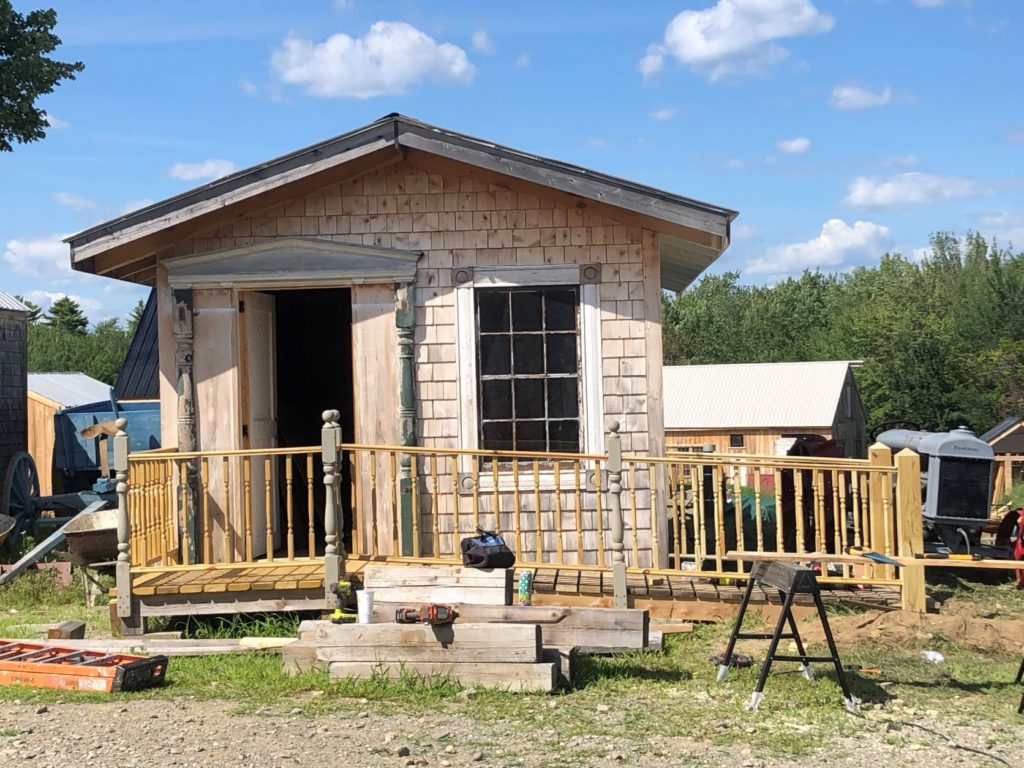
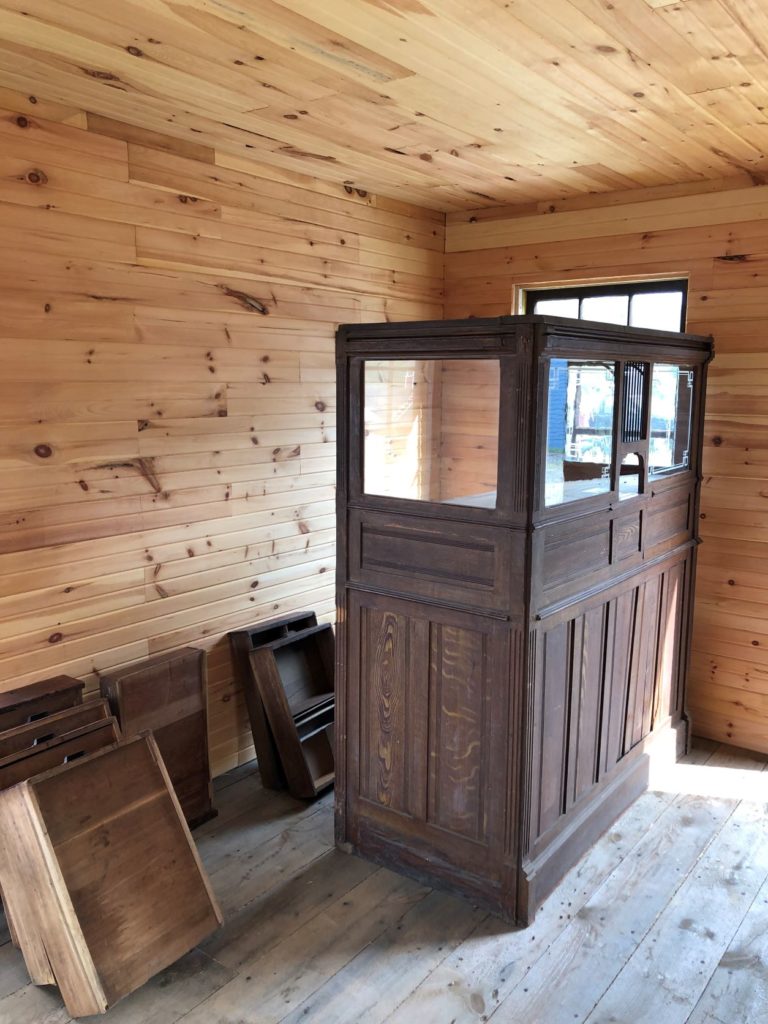
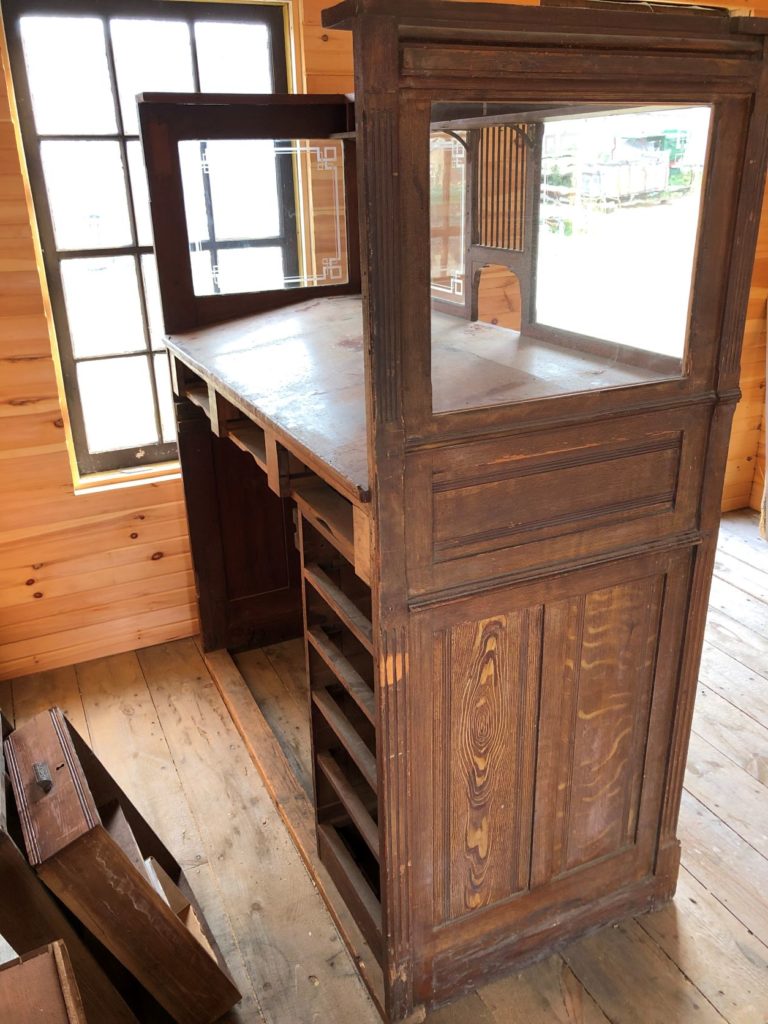
The Carousel Building
When the planning stages of our relocation project began, our initial idea was to move the Carousel Building ourselves with assistance from Guy Pilote of Tancrede Movers. It was only after relocating many buildings that we understood that our human resources as well as the equipment we had at our disposal would not allow us to disassemble a three story structure like the Carousel Building. The process of disassembling the Carousel itself was a challenge in itself. Tom Bragg of Kennebunk made an important contribution to the first phase of the disassembly. We had to custom build a series of pallets that would not only contain some very heavy accumulations of rods, nuts and bolts and hooks separated by the disassembly as well as wooden cradles for each pair of carousel horses as well as the four chariots so that they might be easily lifted with a pallet jack and maneuvered. This worked well with only one injury to a carousel horse; this was actually due to a weakened repair from the past. The two front legs of a horse separated in the process of setting them on a pallet. We discovered auto Bondo repair and several Phillips head screws responsible for a repair within the last 30 or 40 years. Our repair took the form of water-base carpenters glue, wooden dowels, and wood filler making it likely to last another 100 years or more.
With Nickerson & O’Day’s disassembly and re-assembly of the Carousel Building on a packed gravel pad and 54 inch frost walls at the Orrington site identical to that of Newfield, we anticipated few problems. Curran hired an independent contractor to put a new black metal roof on the structure replacing the green asphalt shingles that were part of the original construction of 1991. The weathervane and lightning rods required some restoration and were reinstalled. The interior wall framing was covered with traditional bead board and painted white. This addition will provide the opportunity to use the carousel building interior for exhibition space.
#25 Sawmill ( to house our Ricker & Sons [Harrison, ME] Circular Saw Mill )
